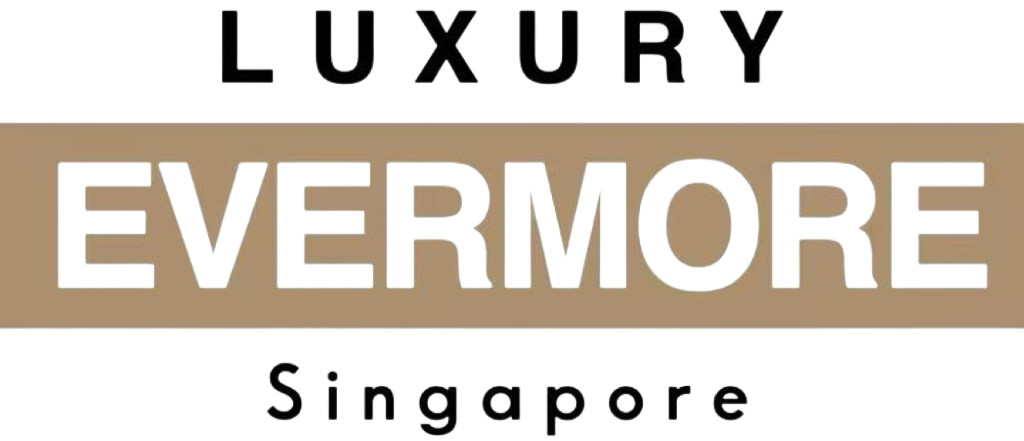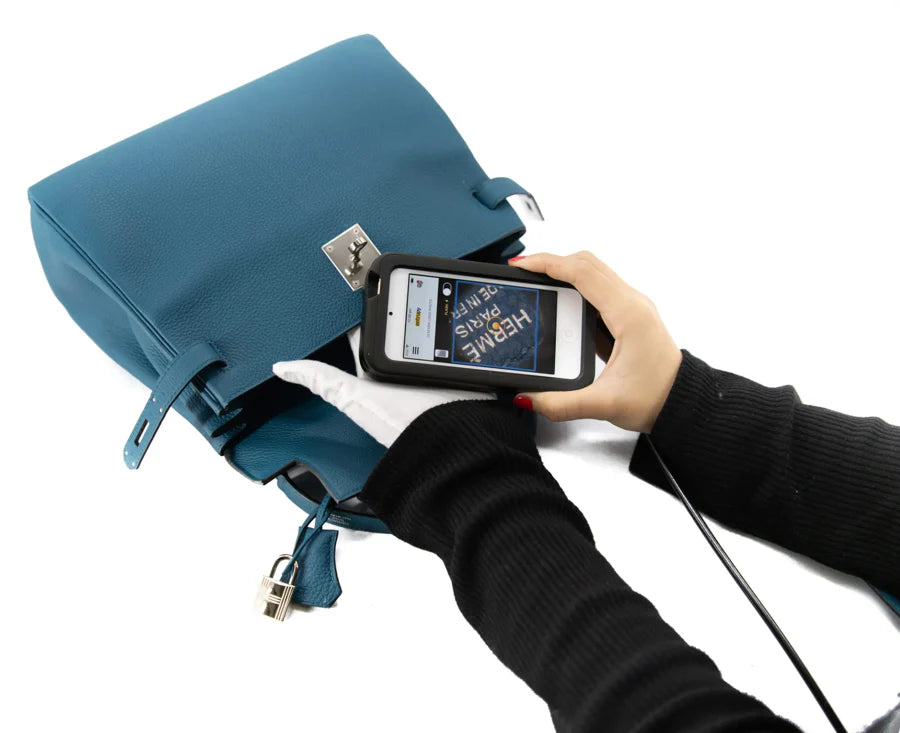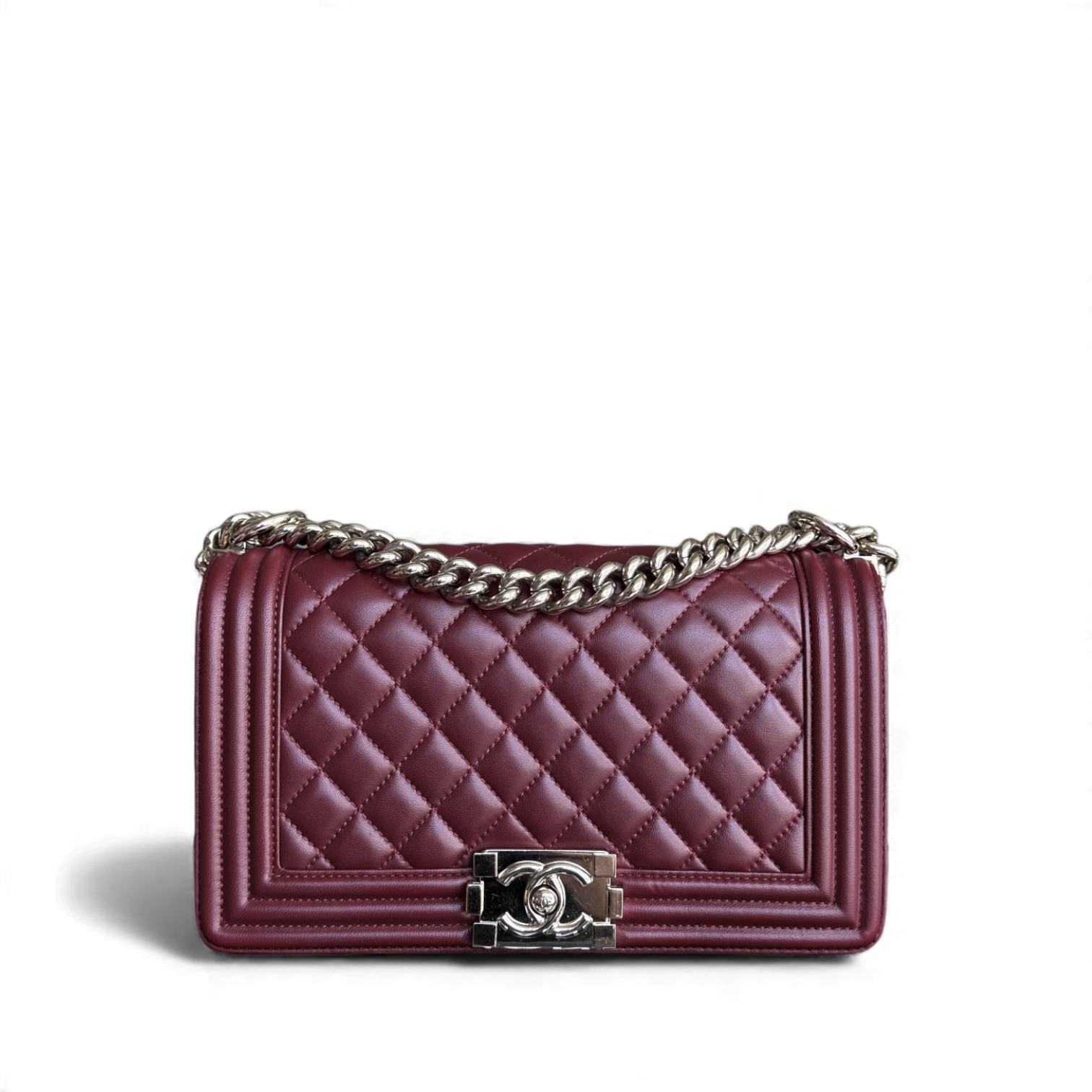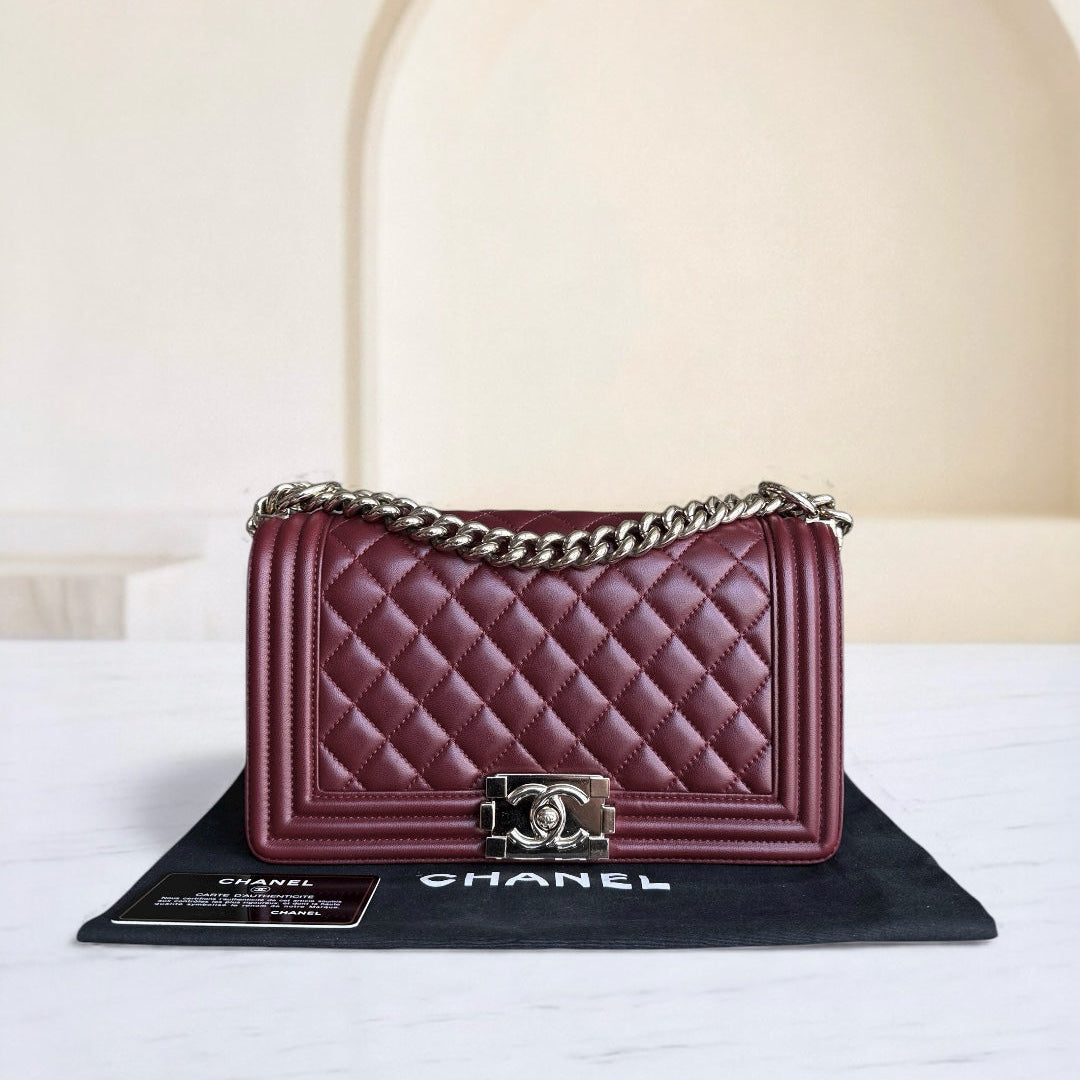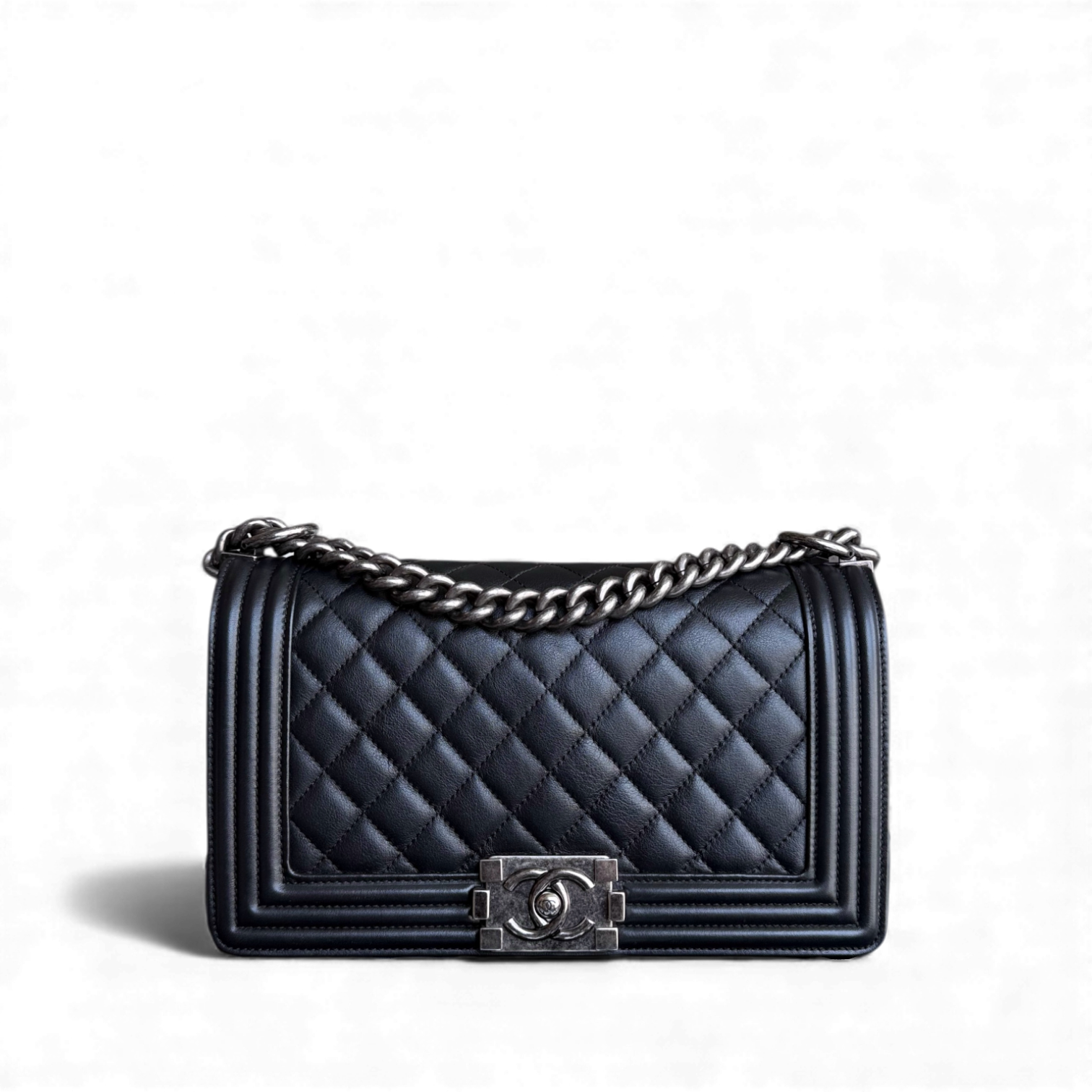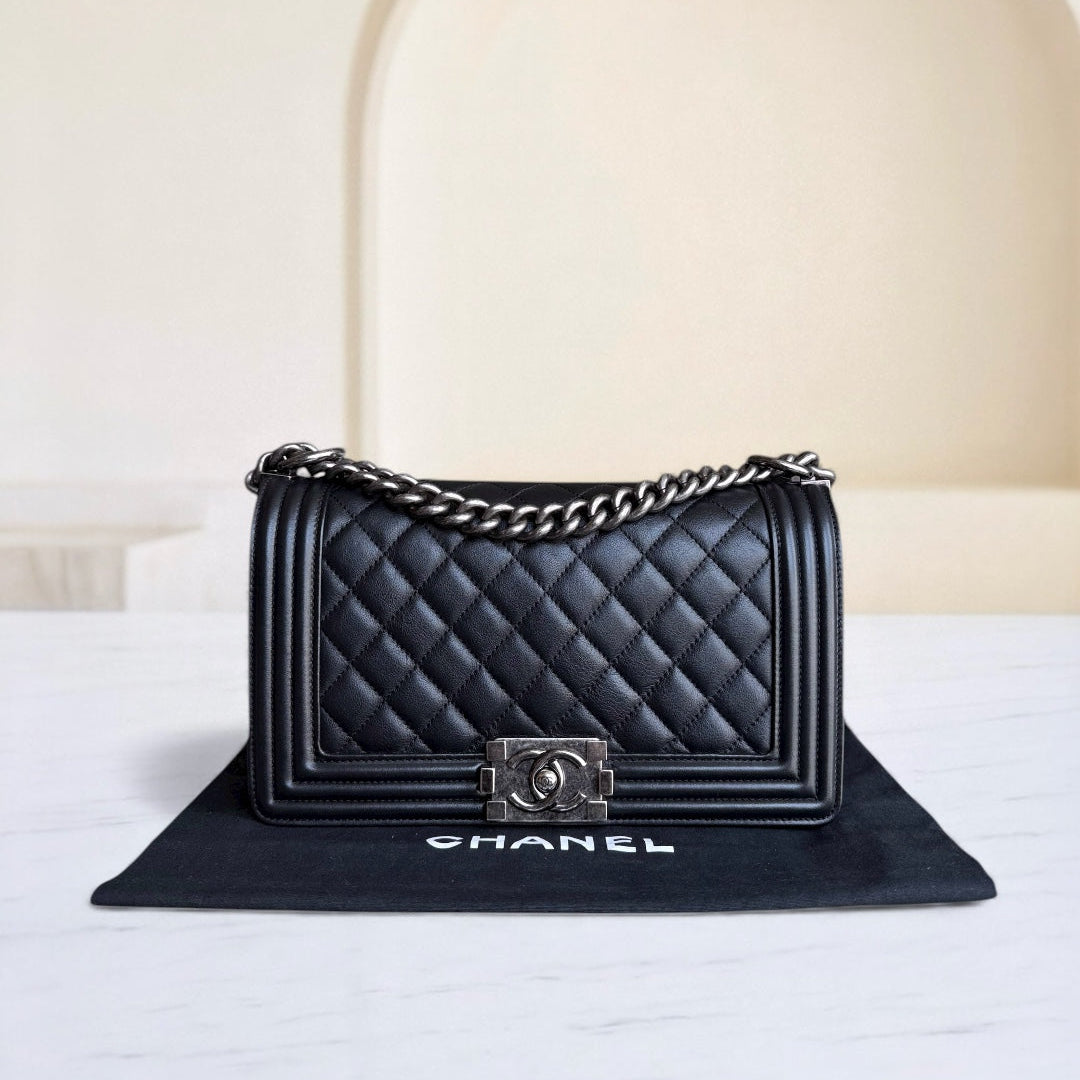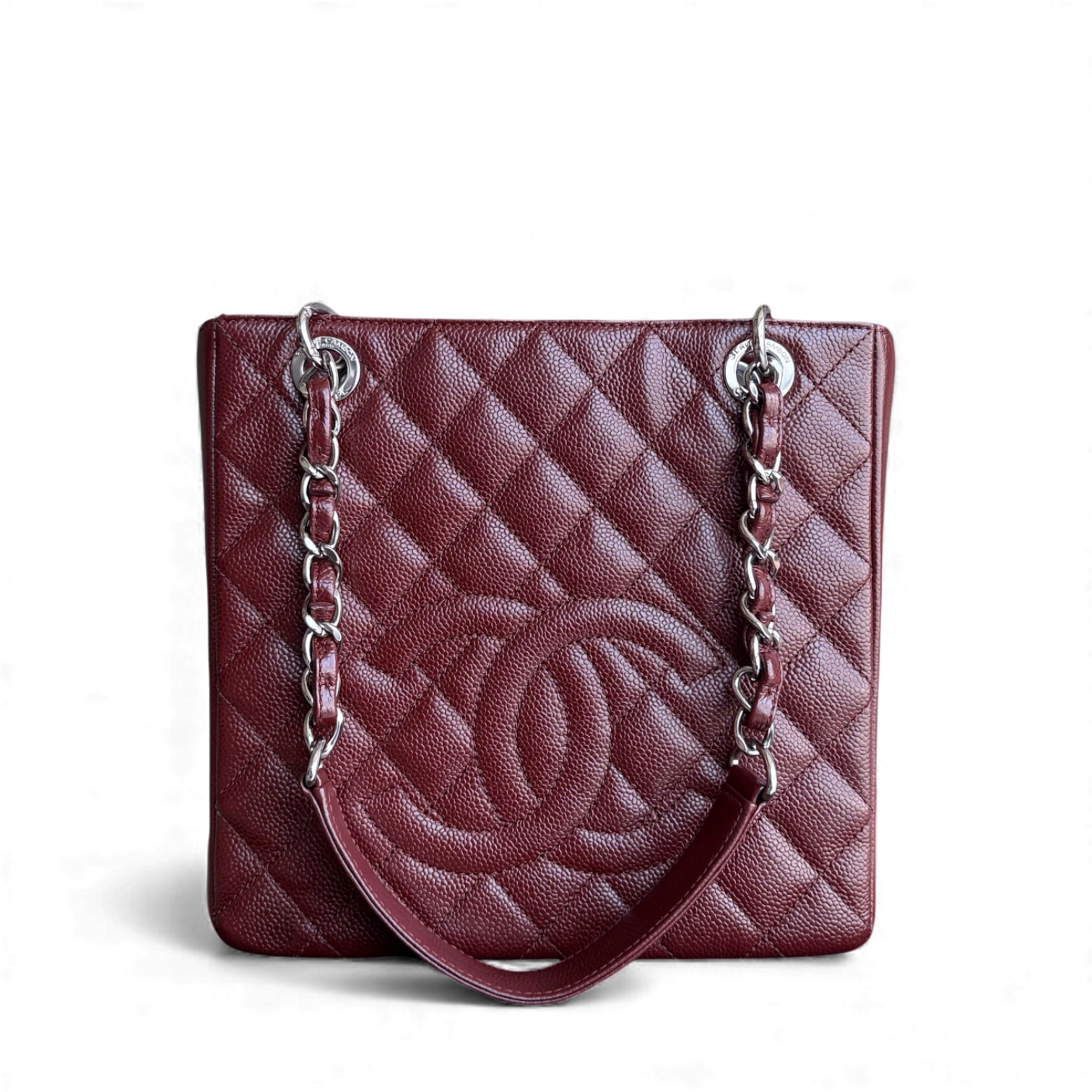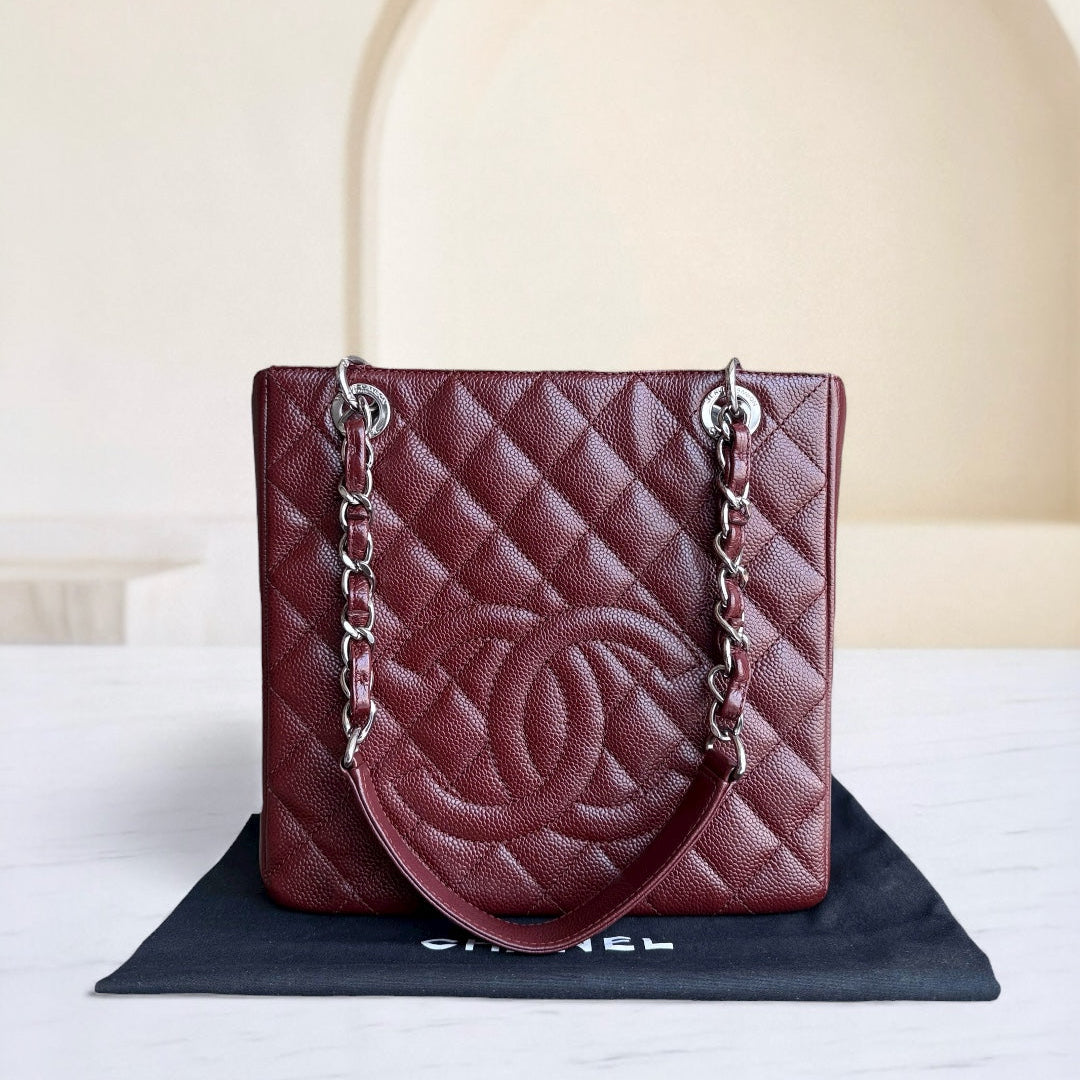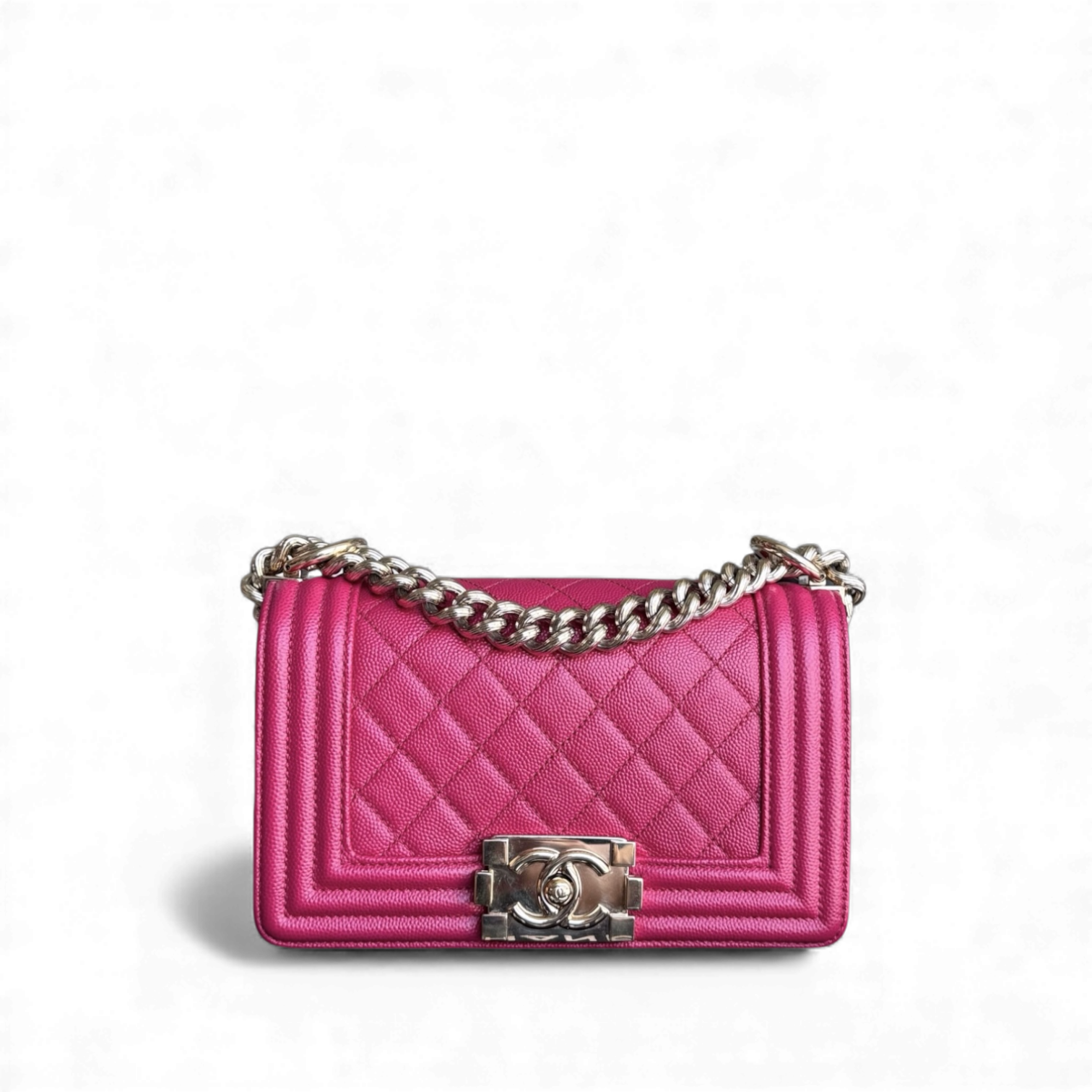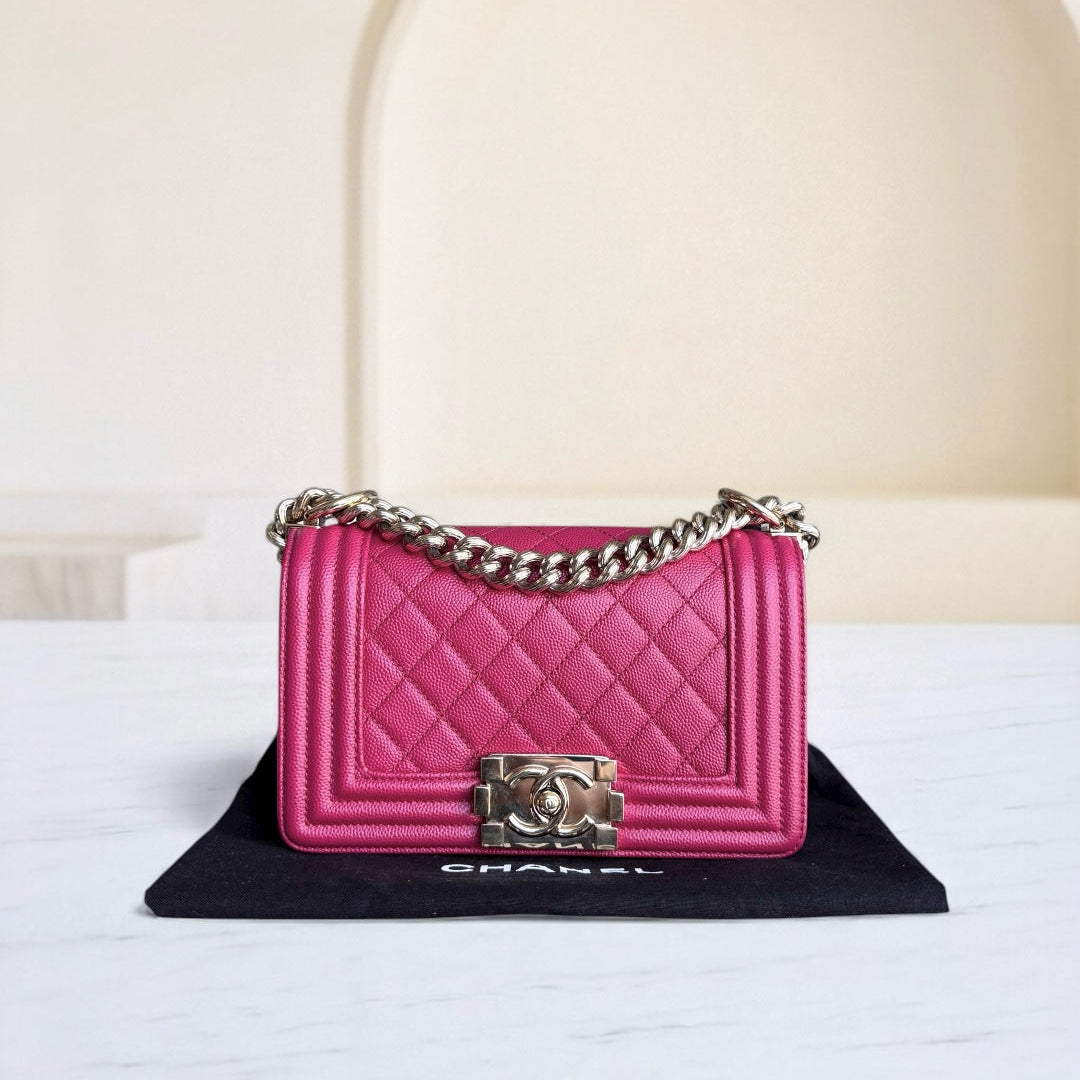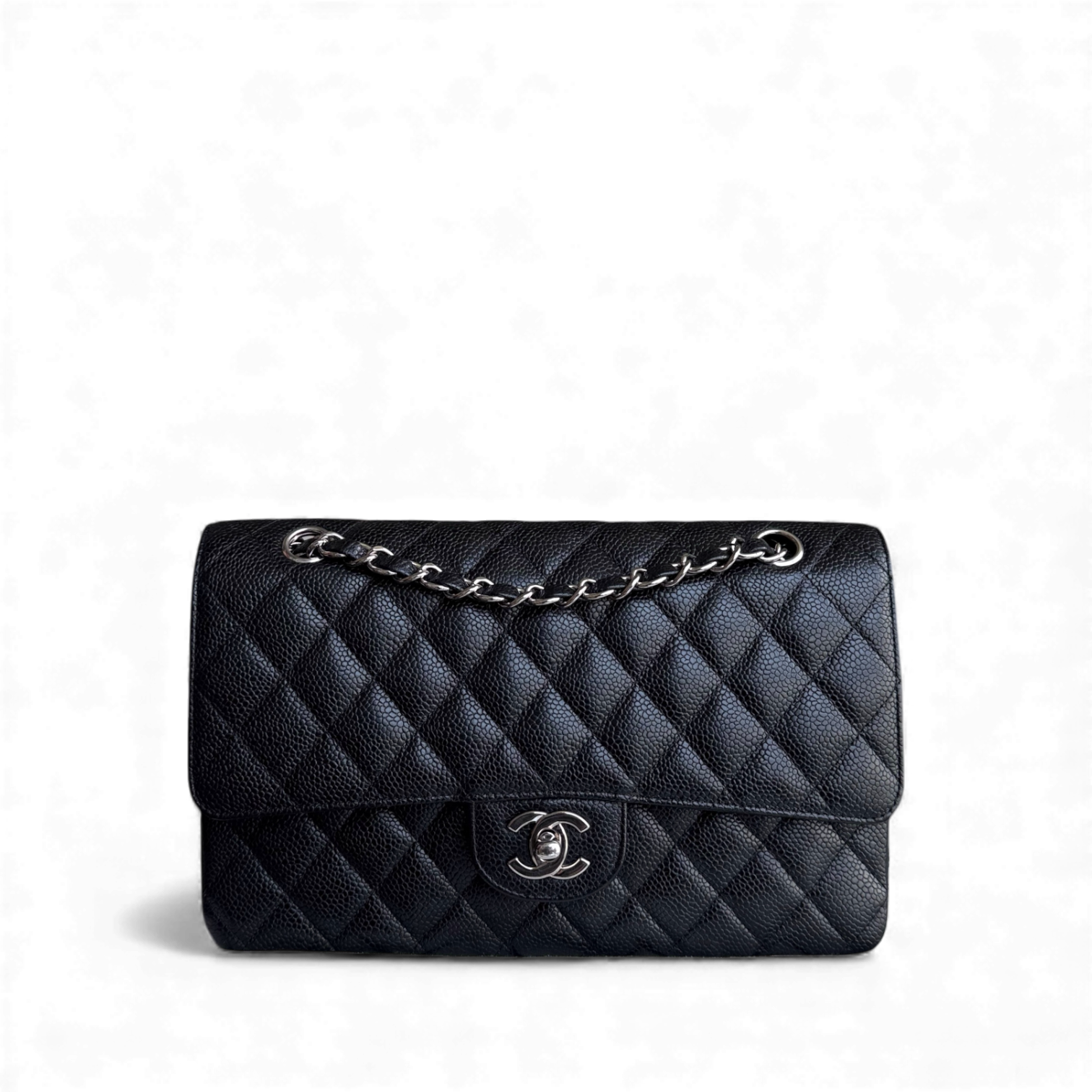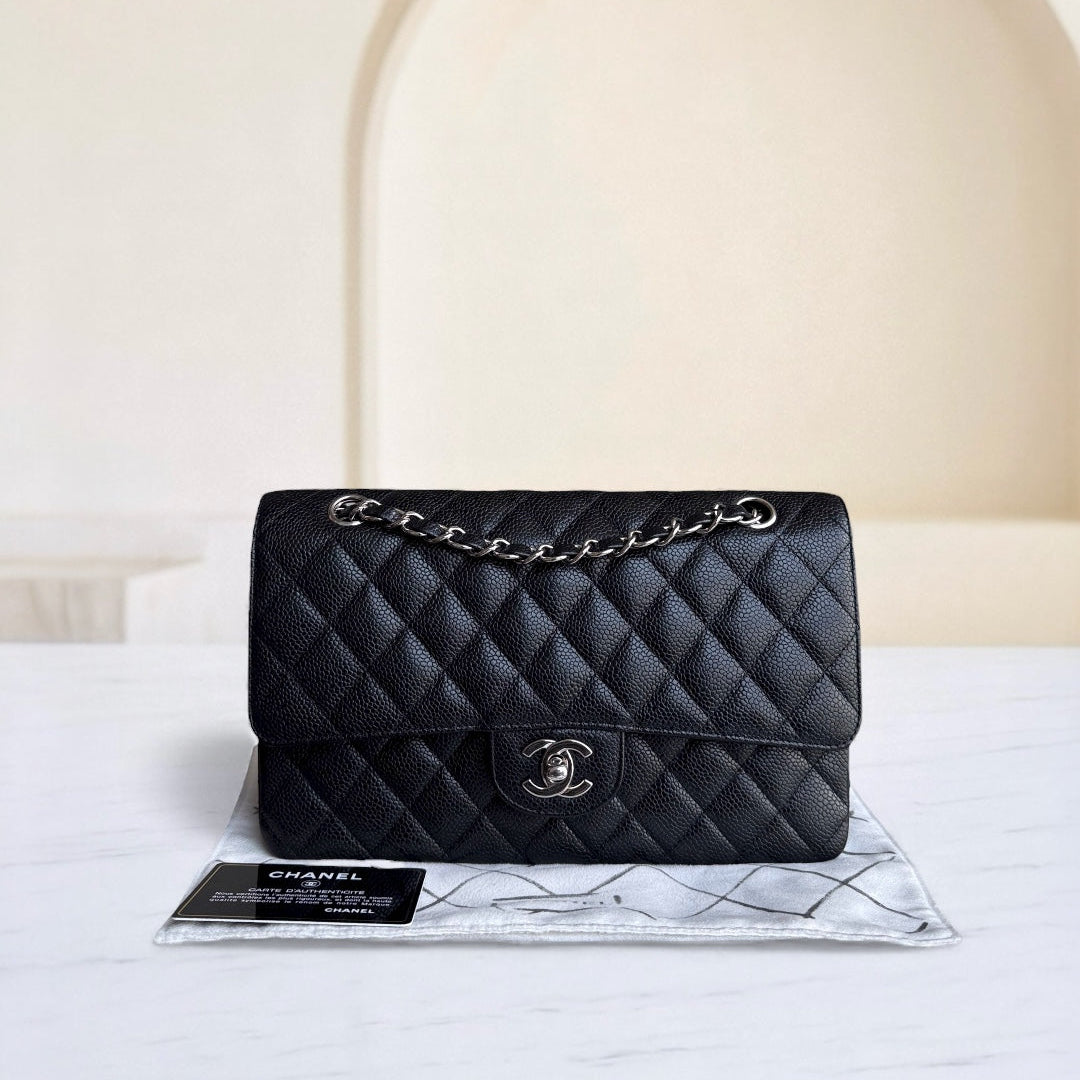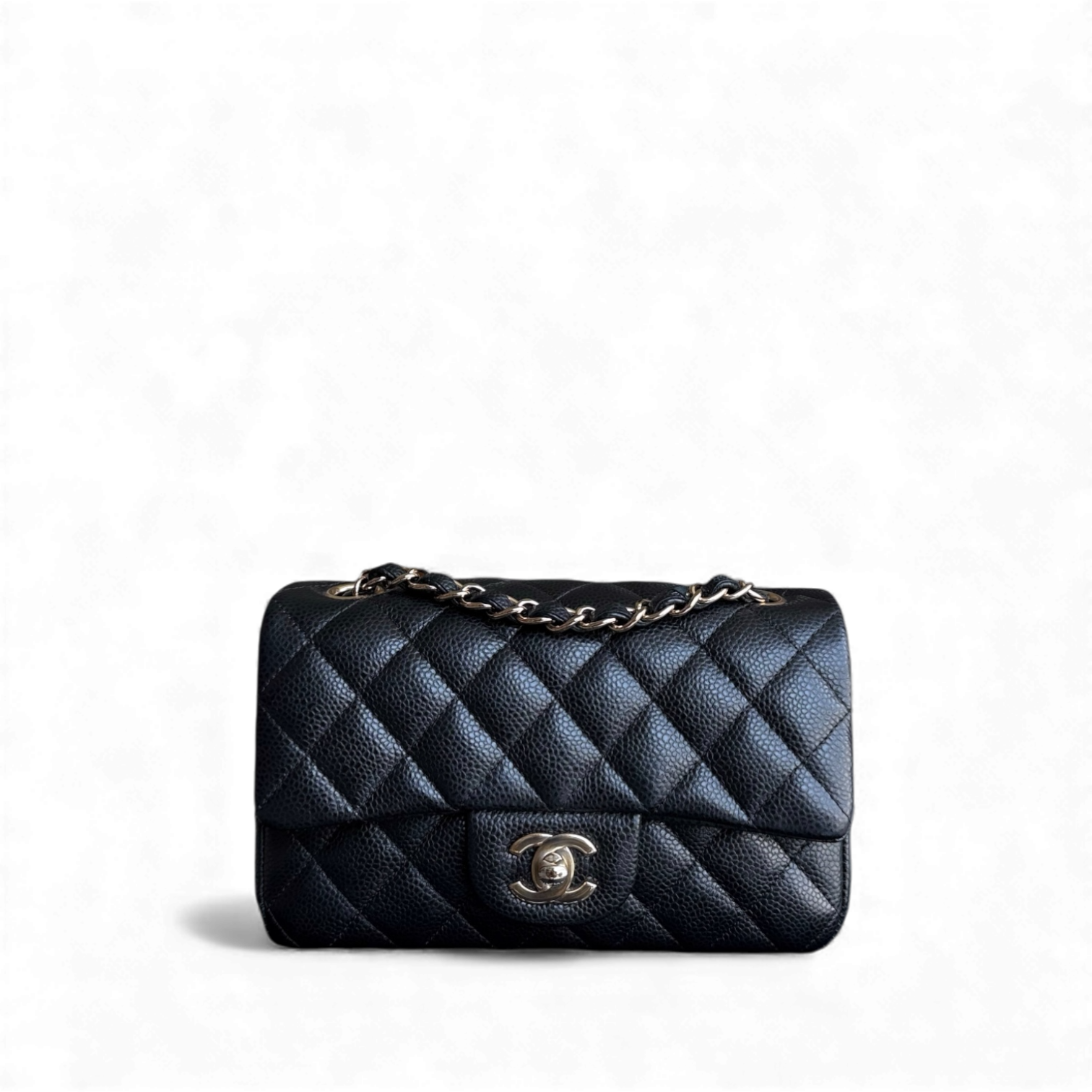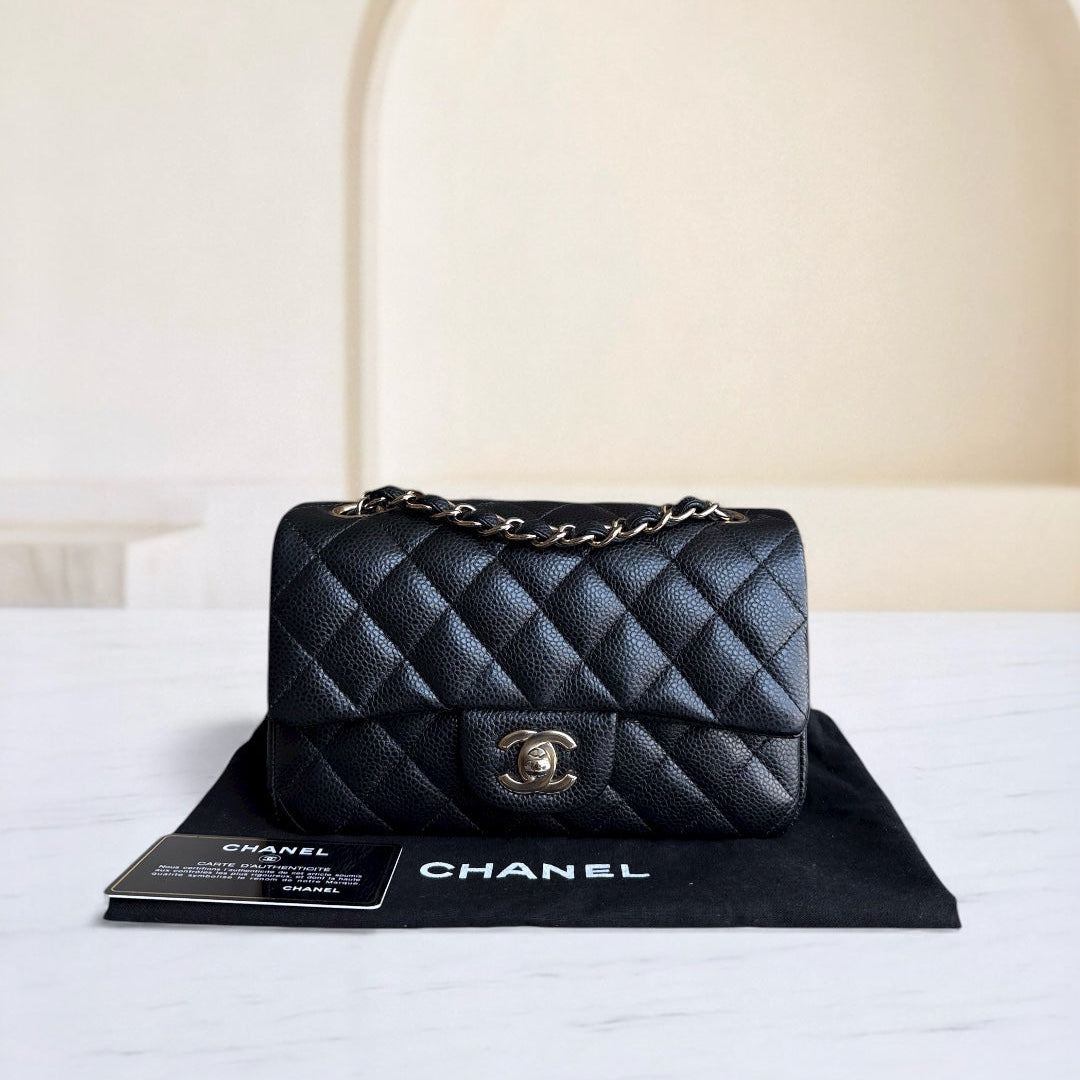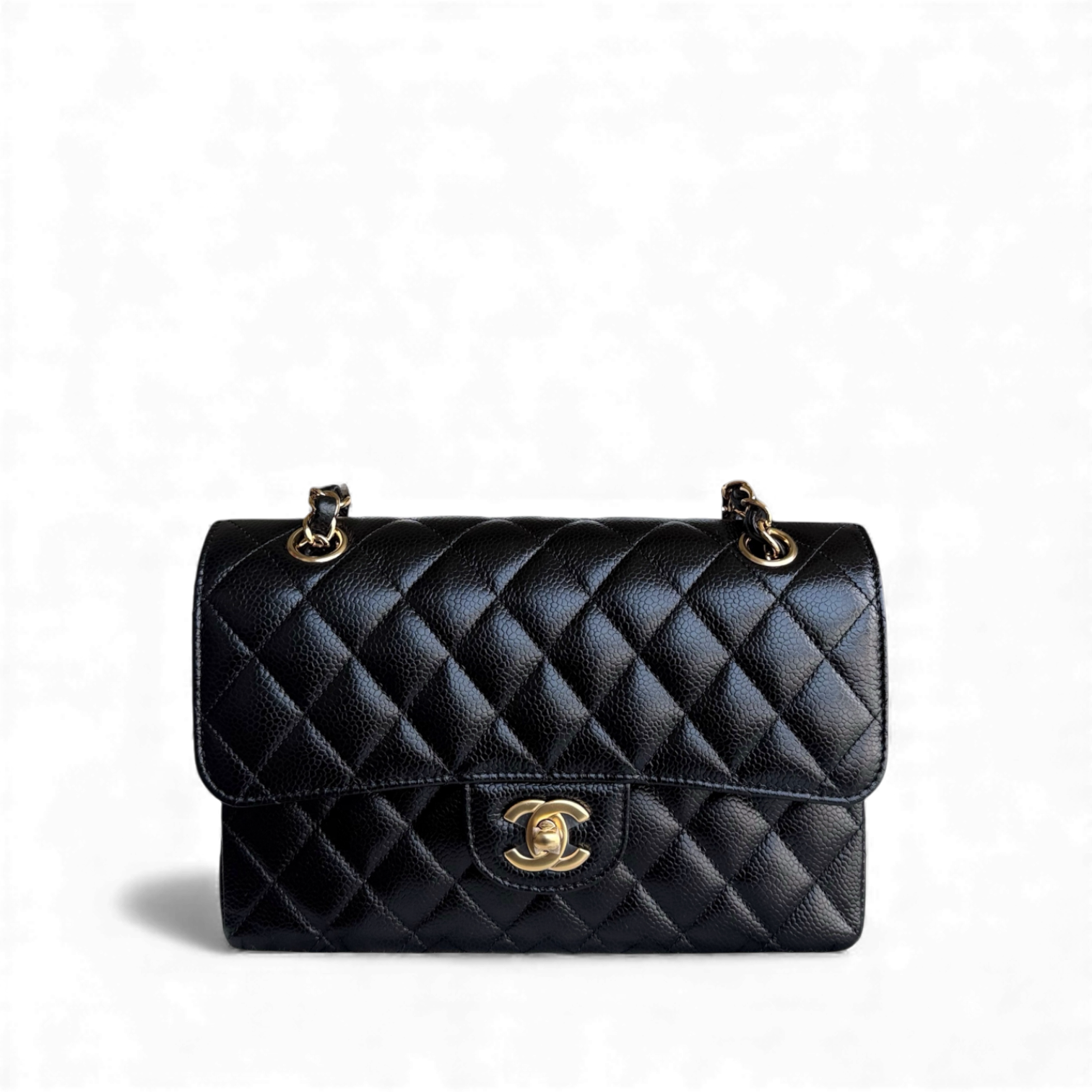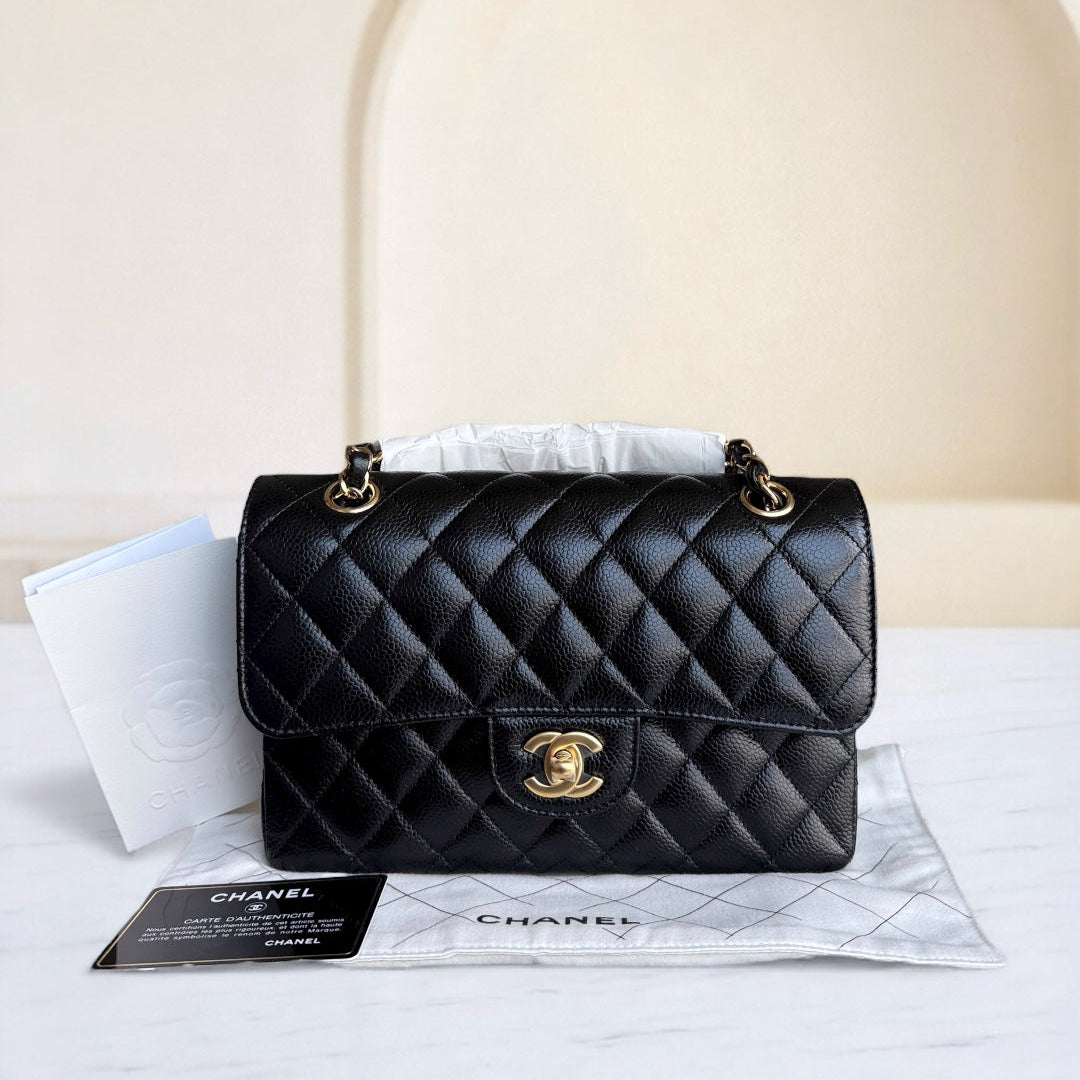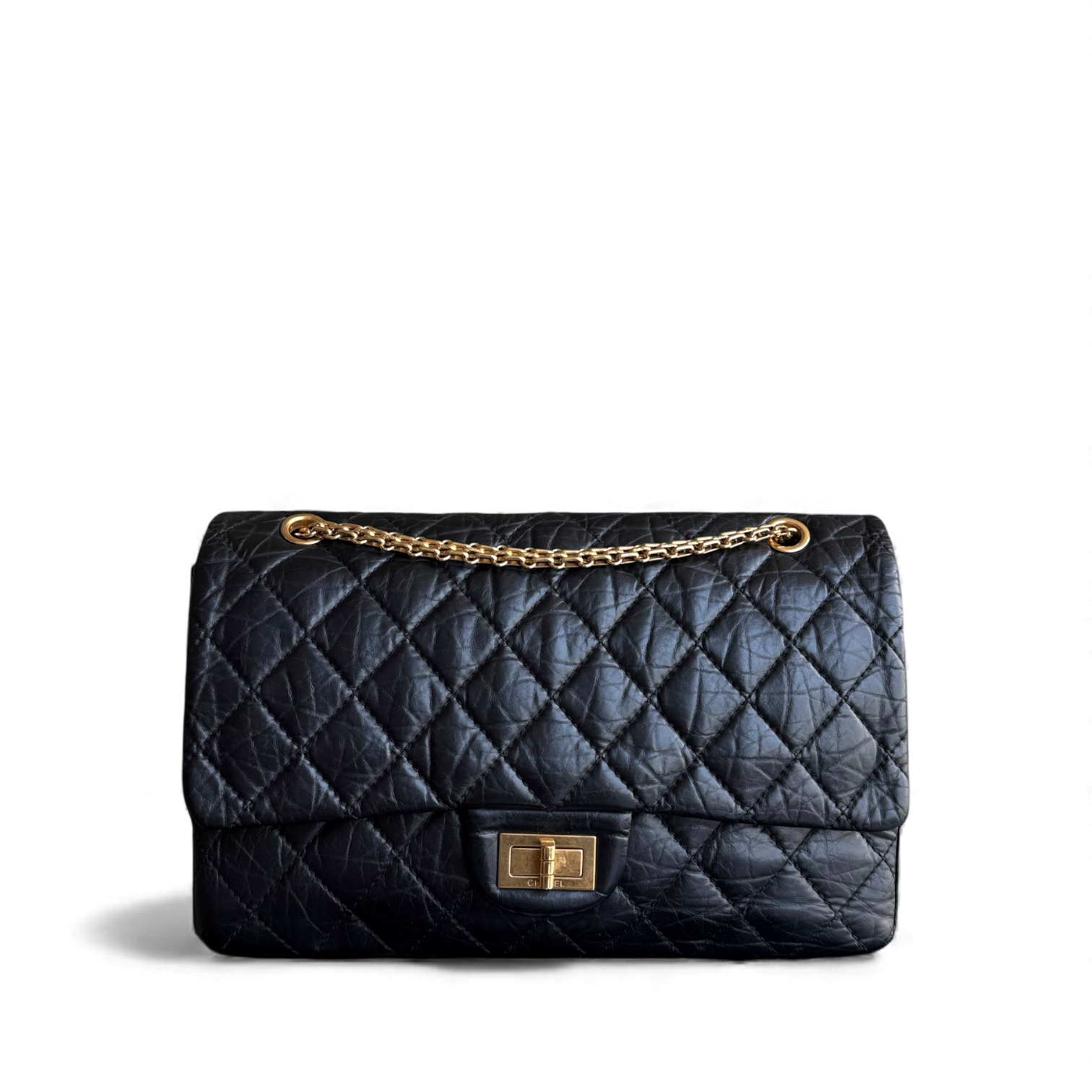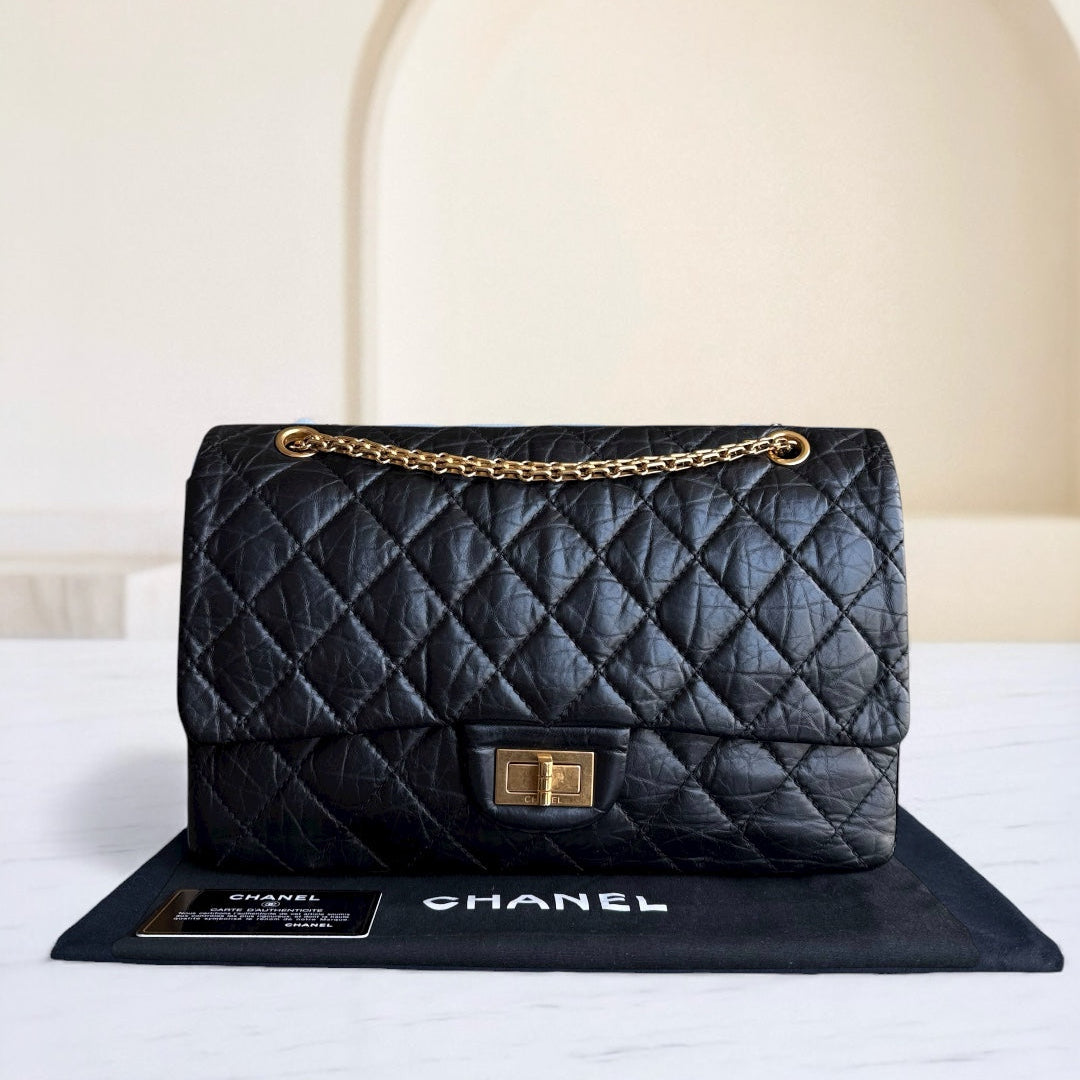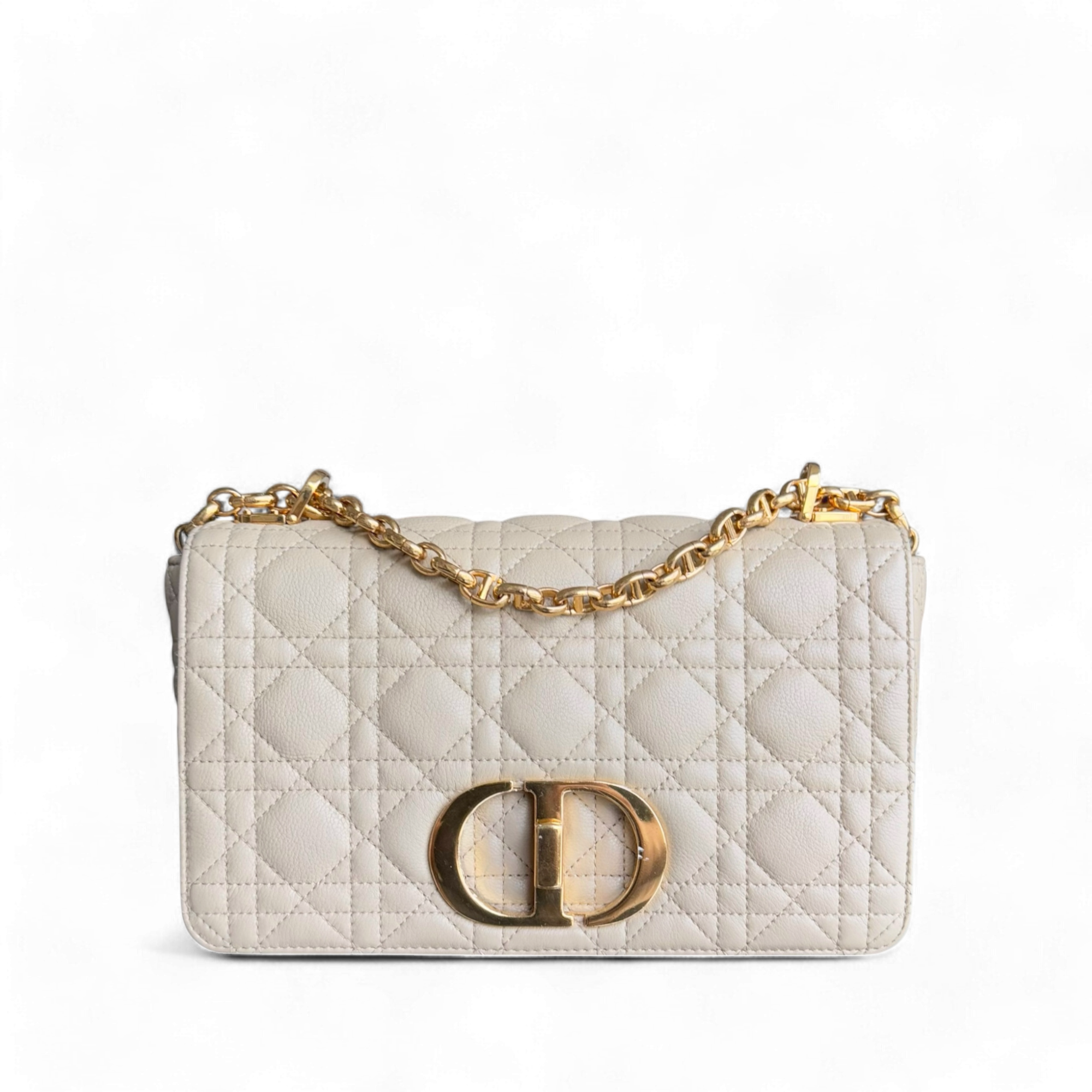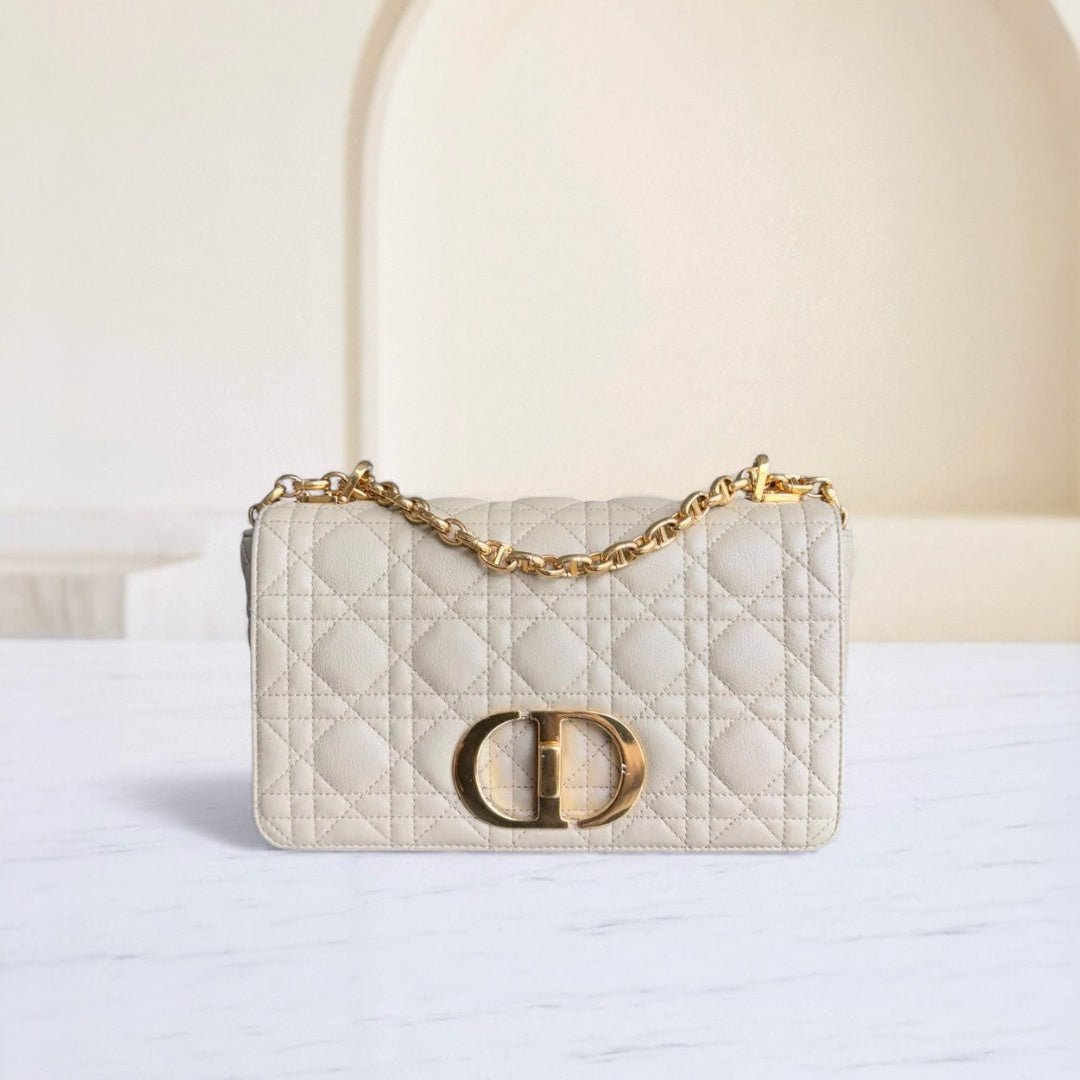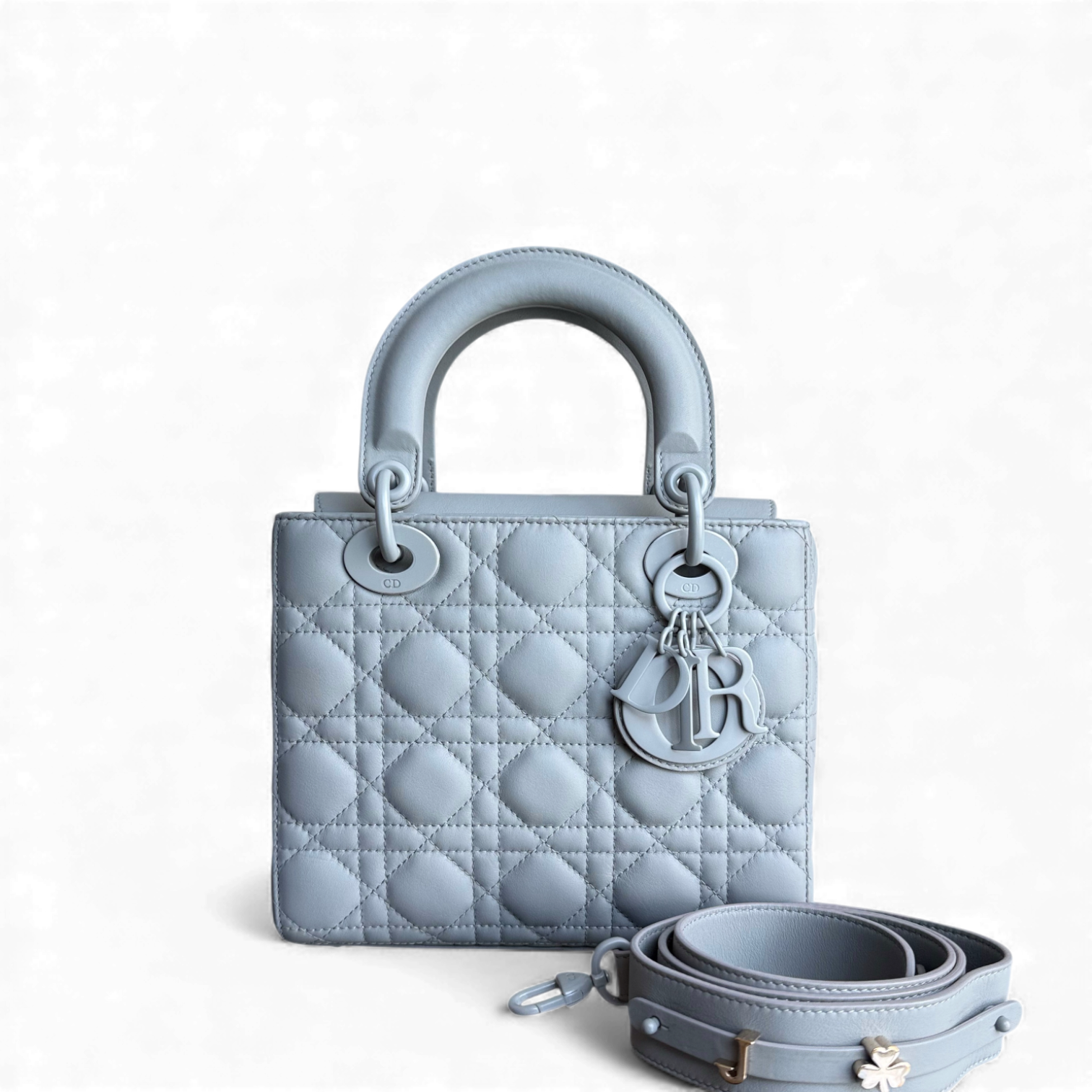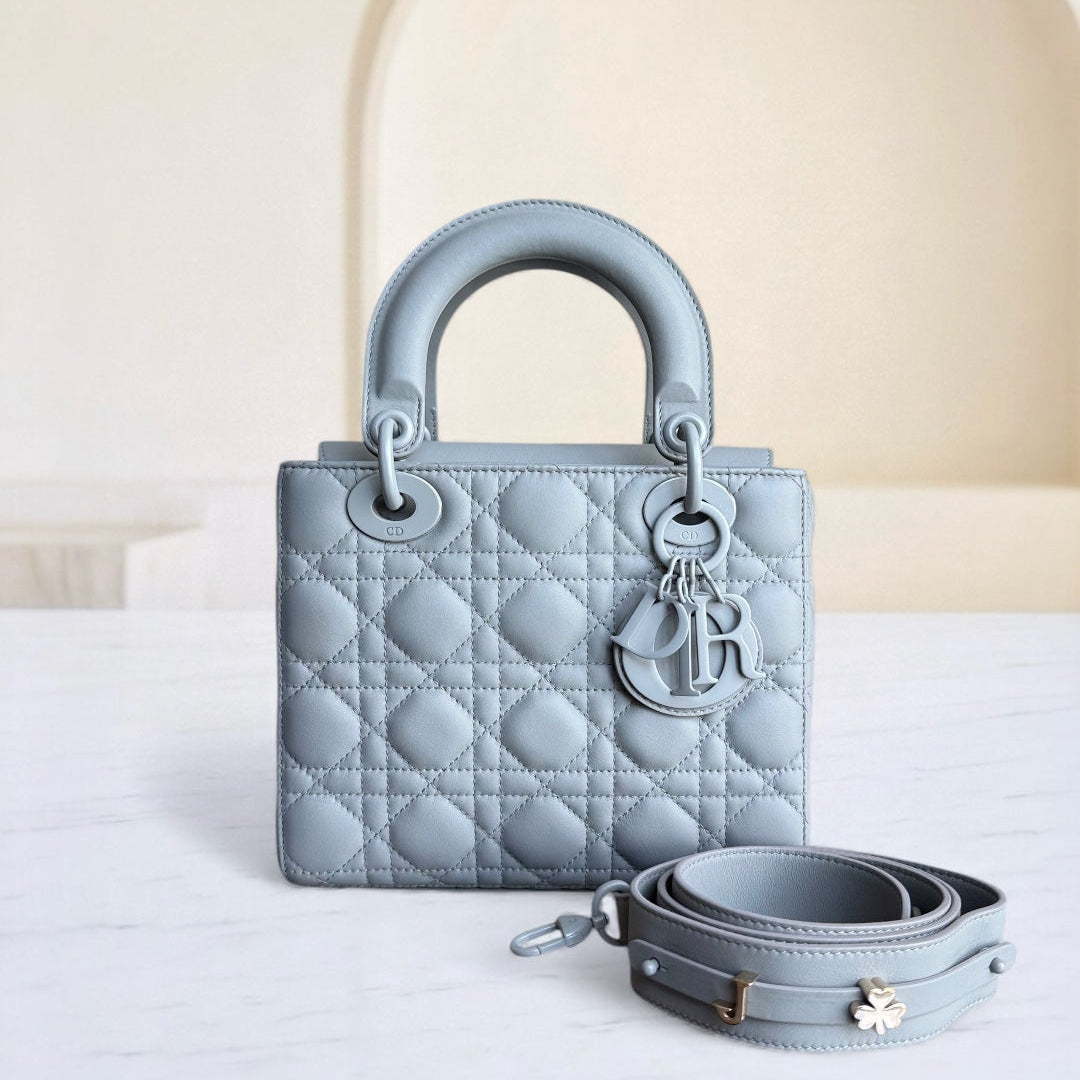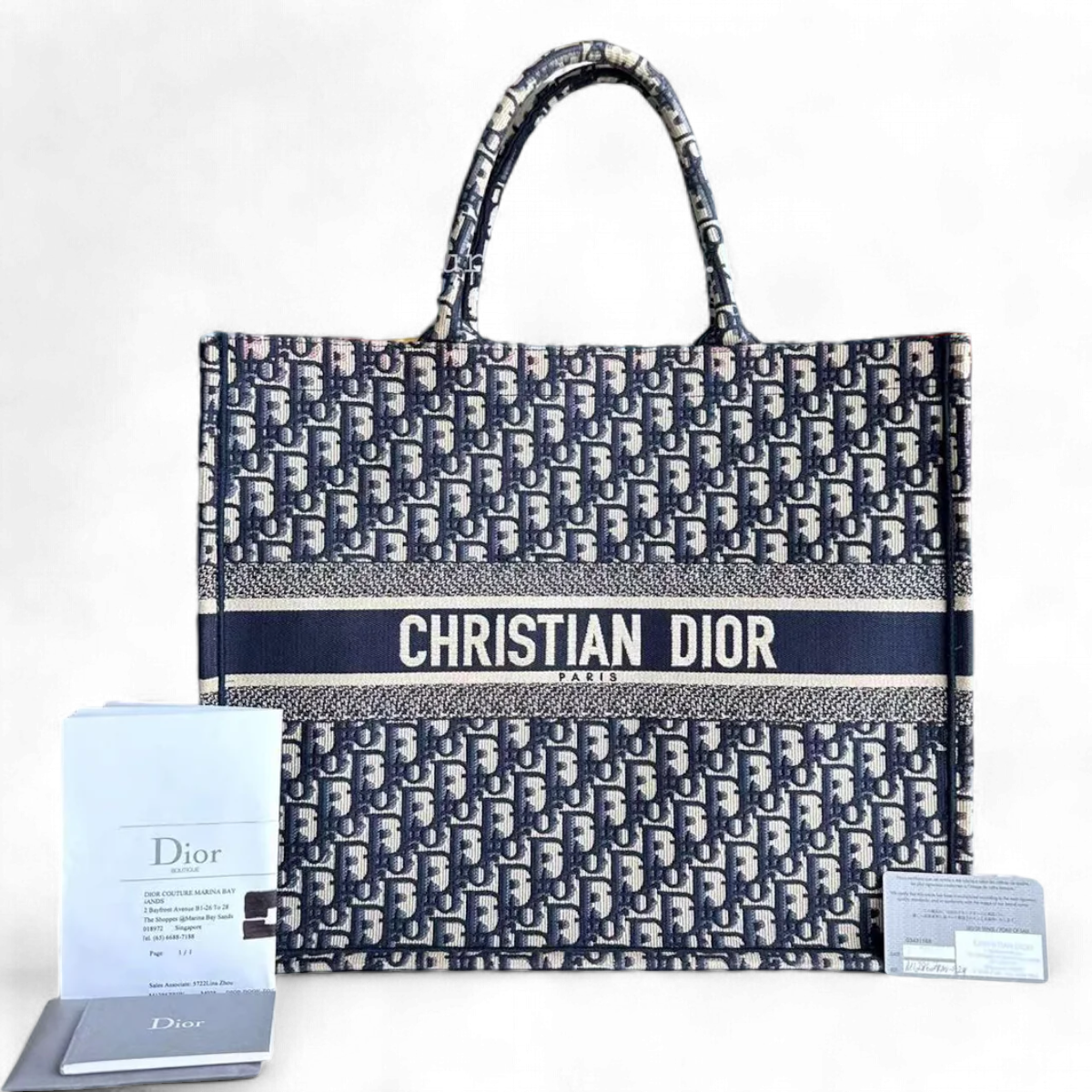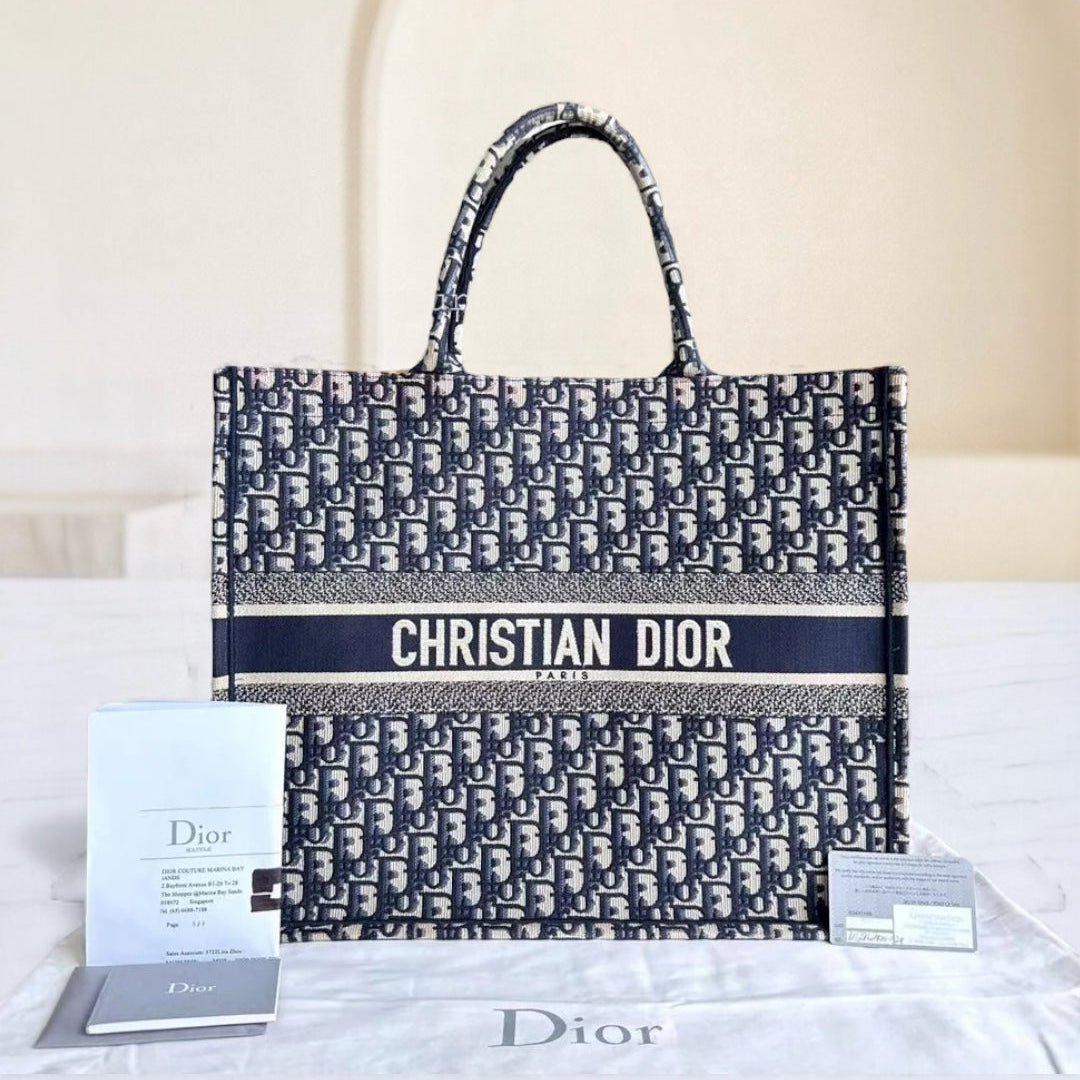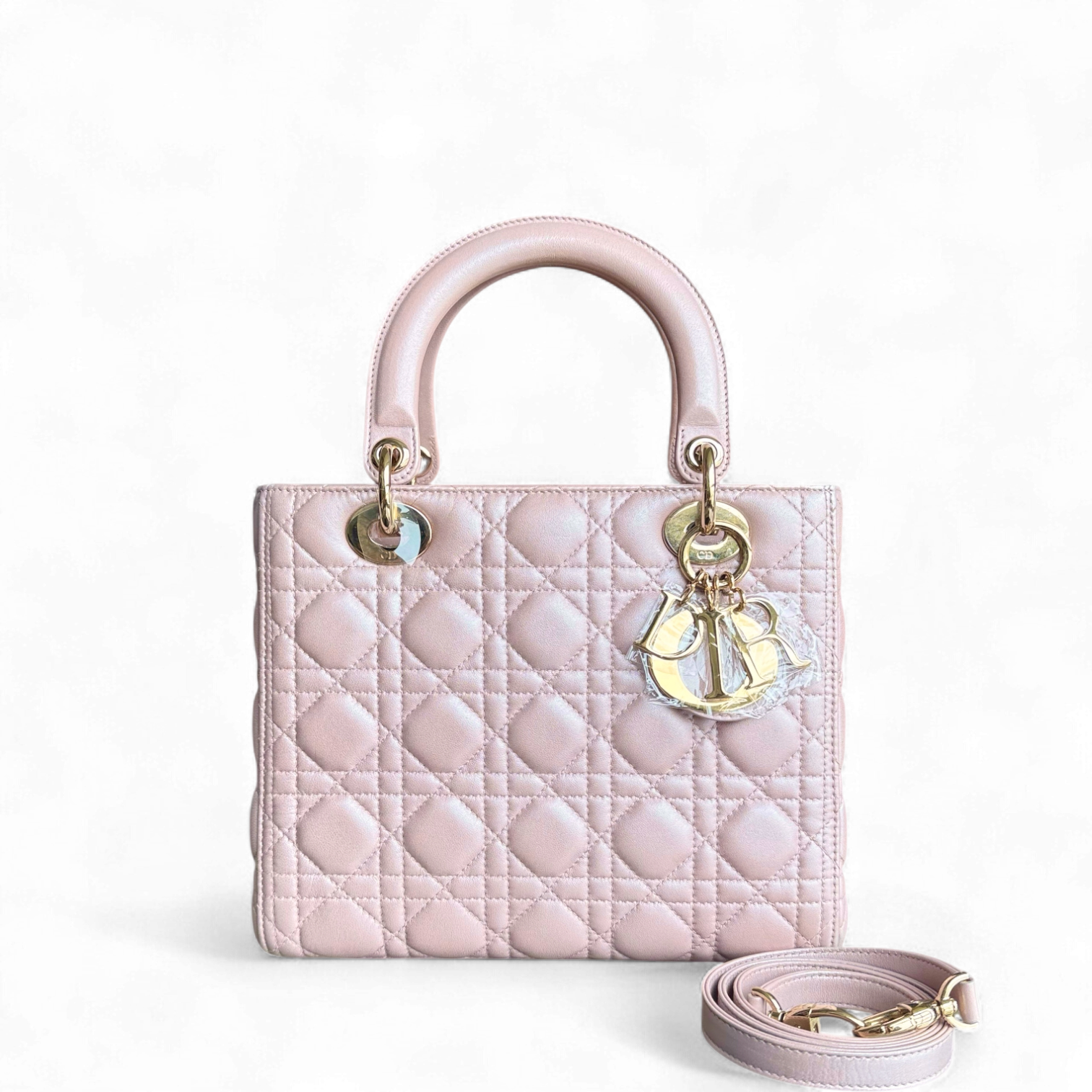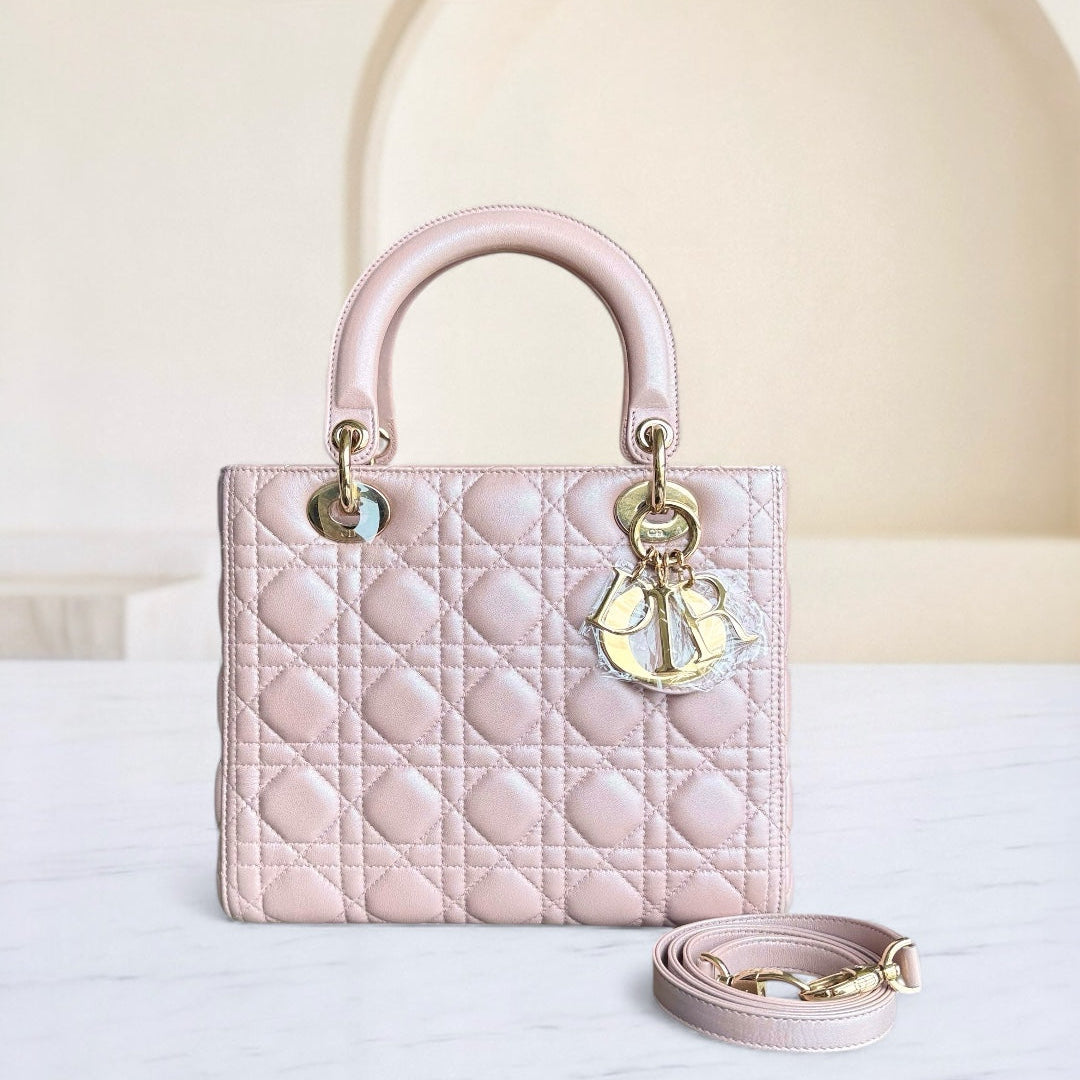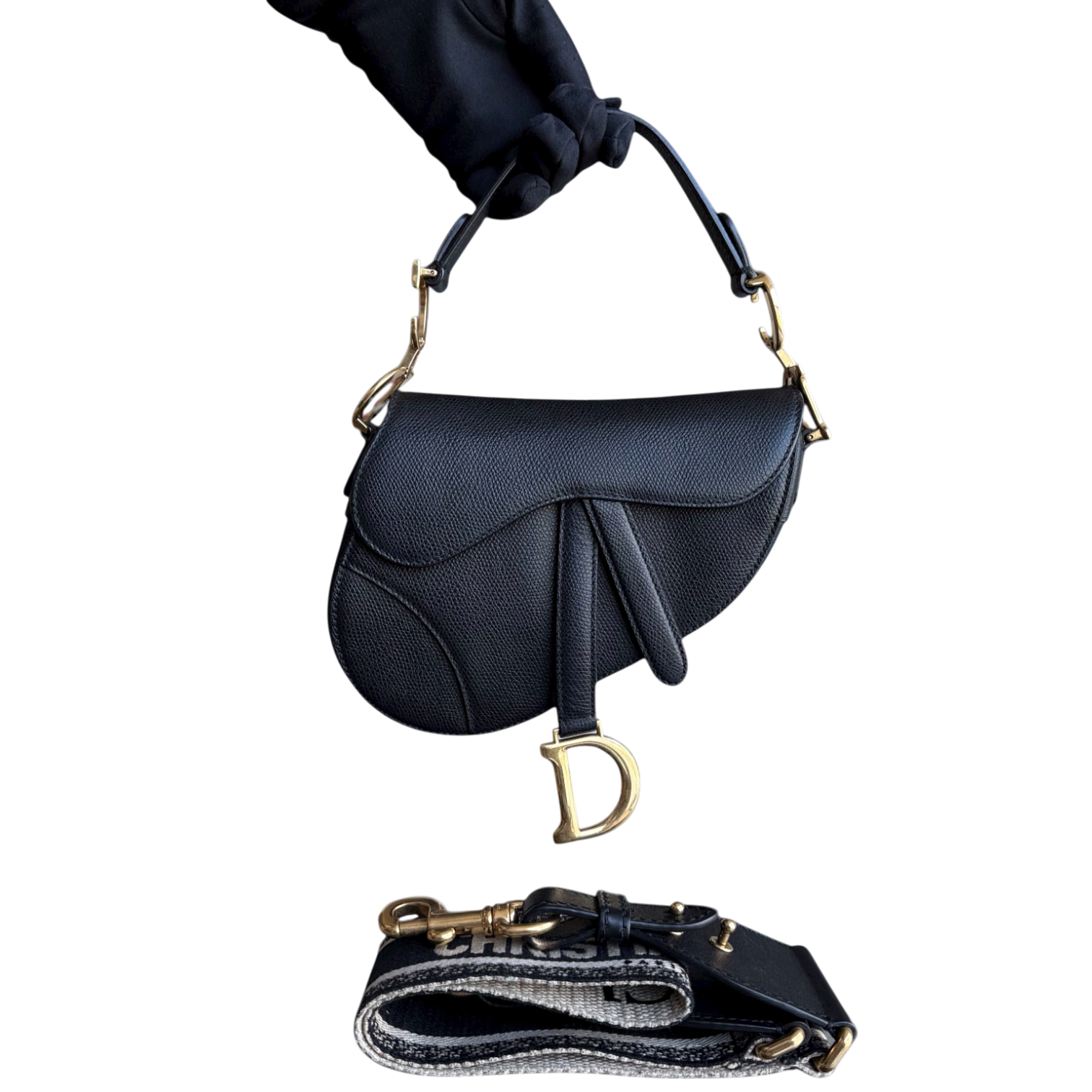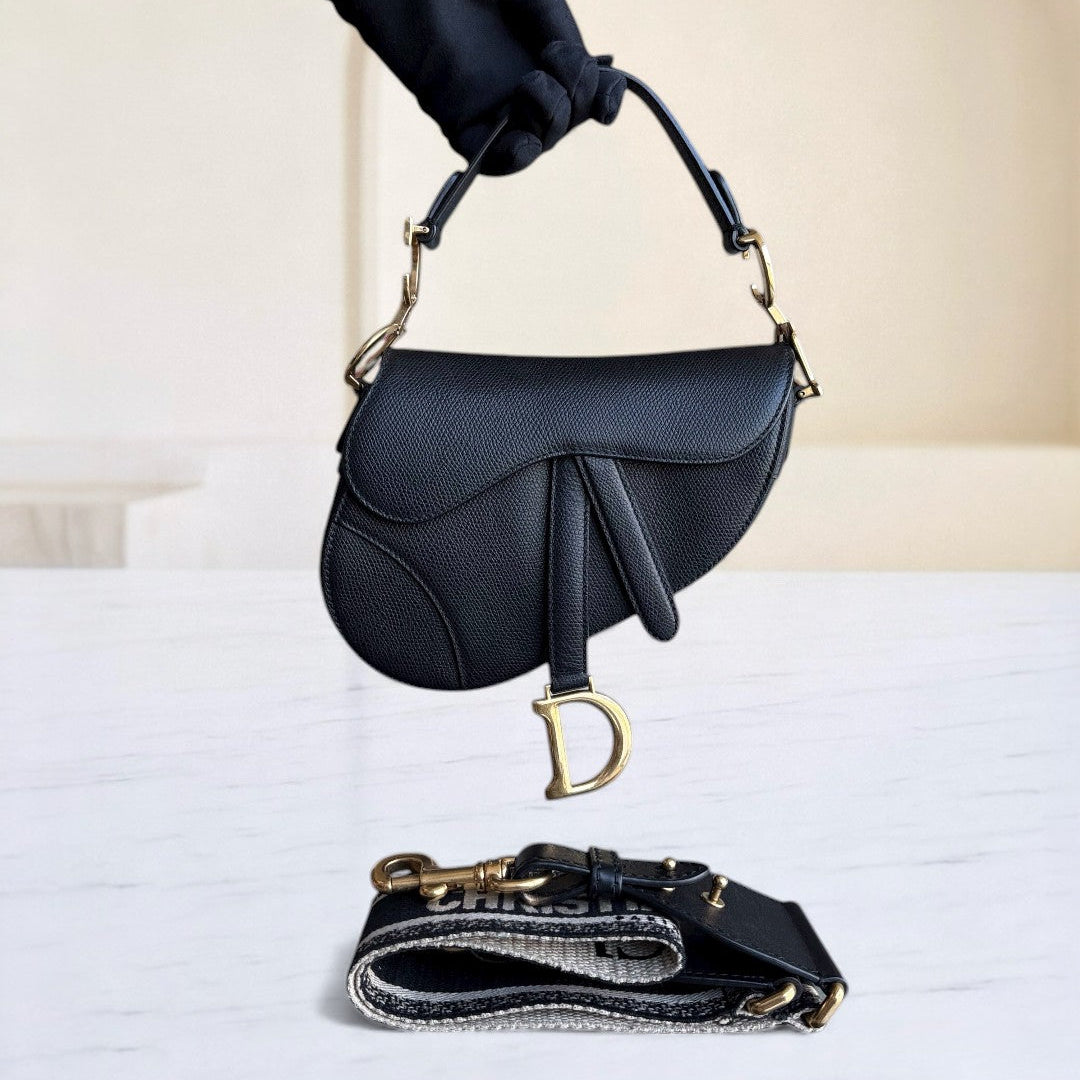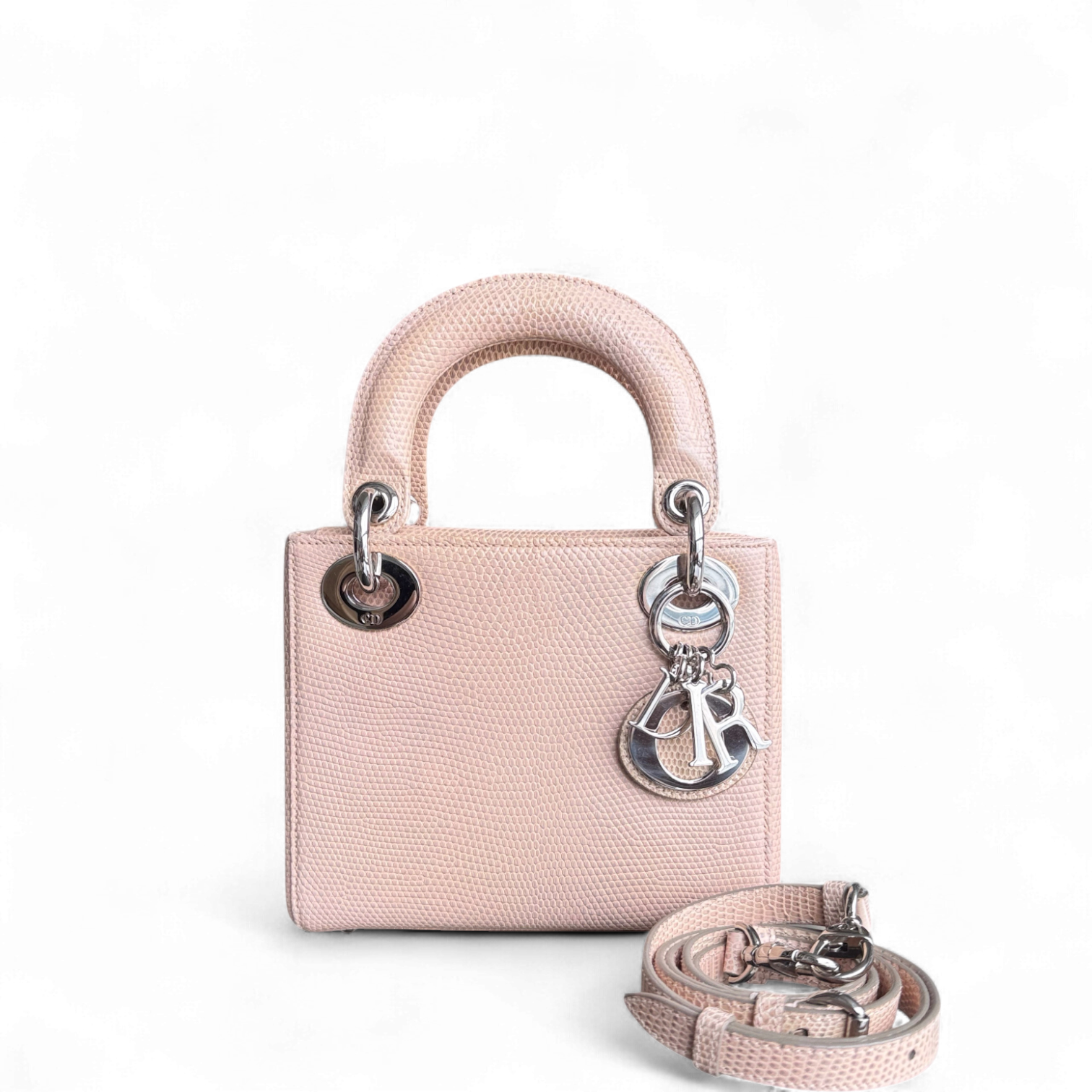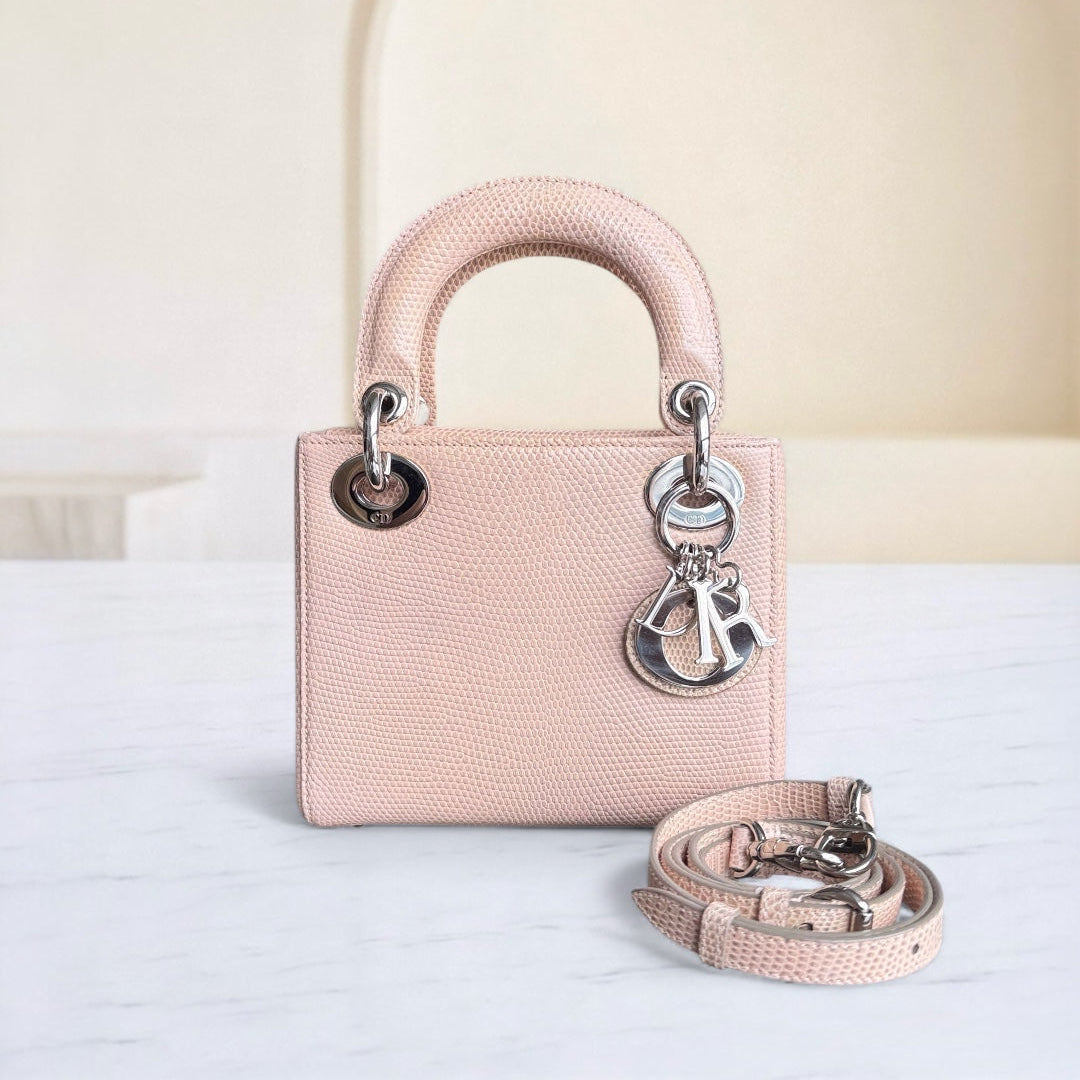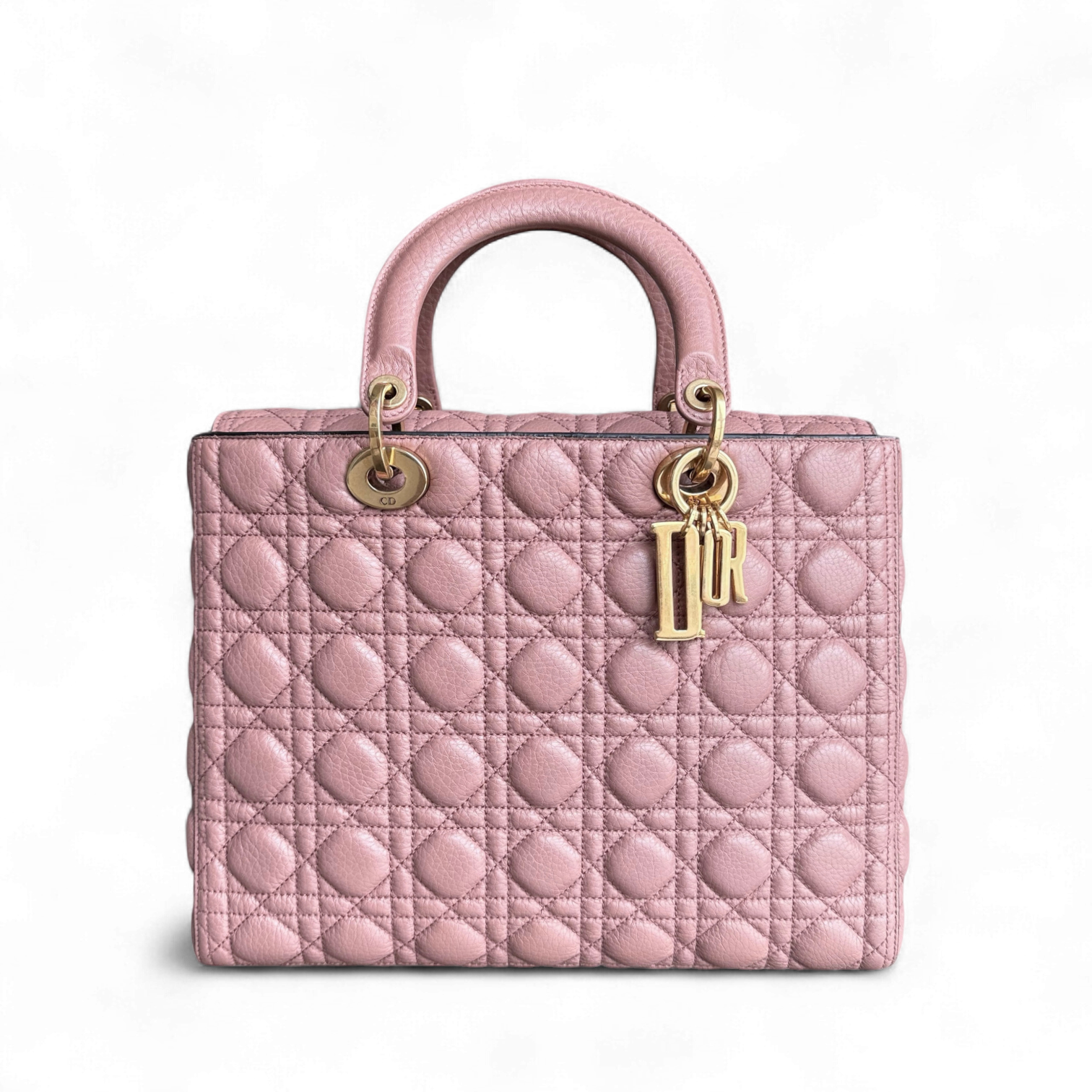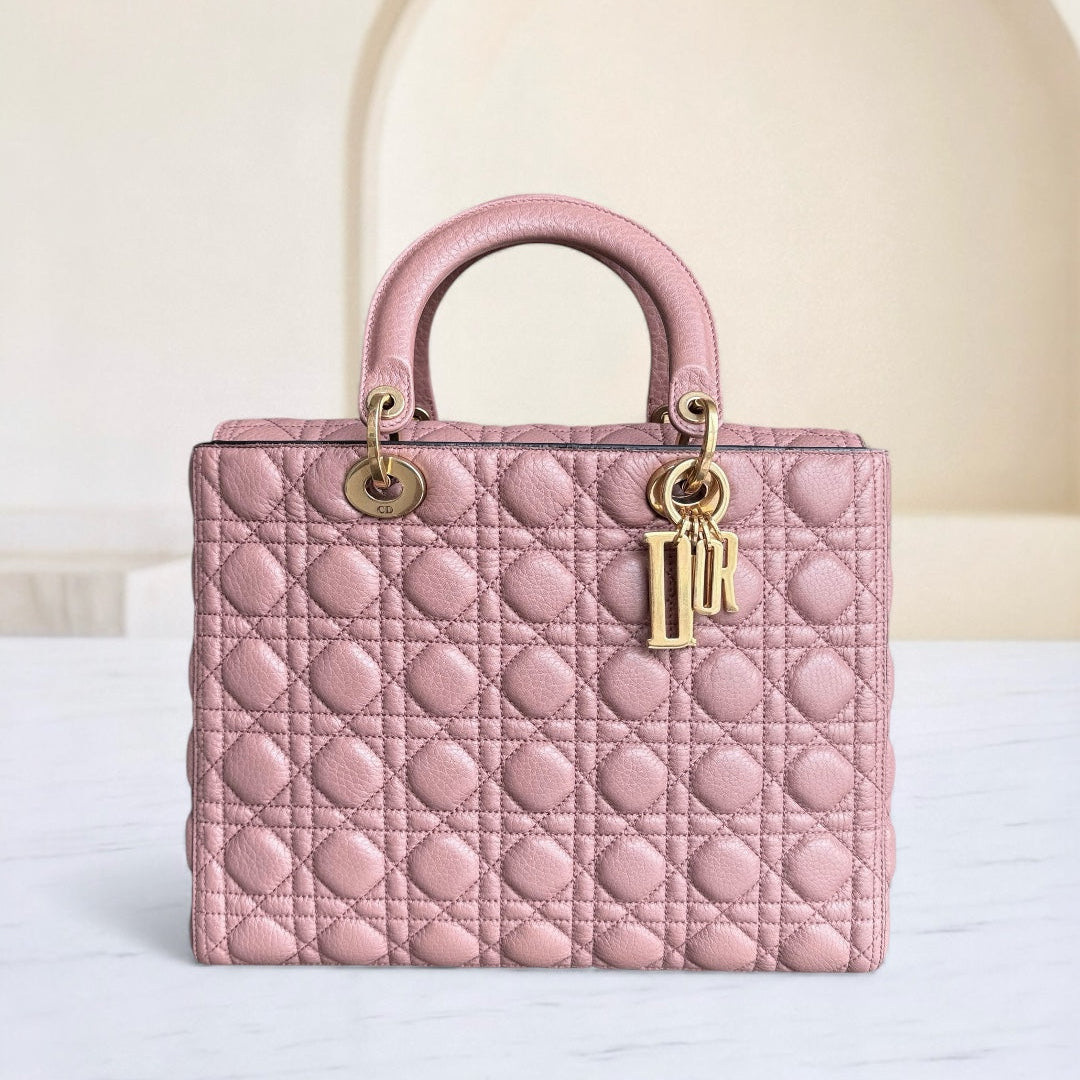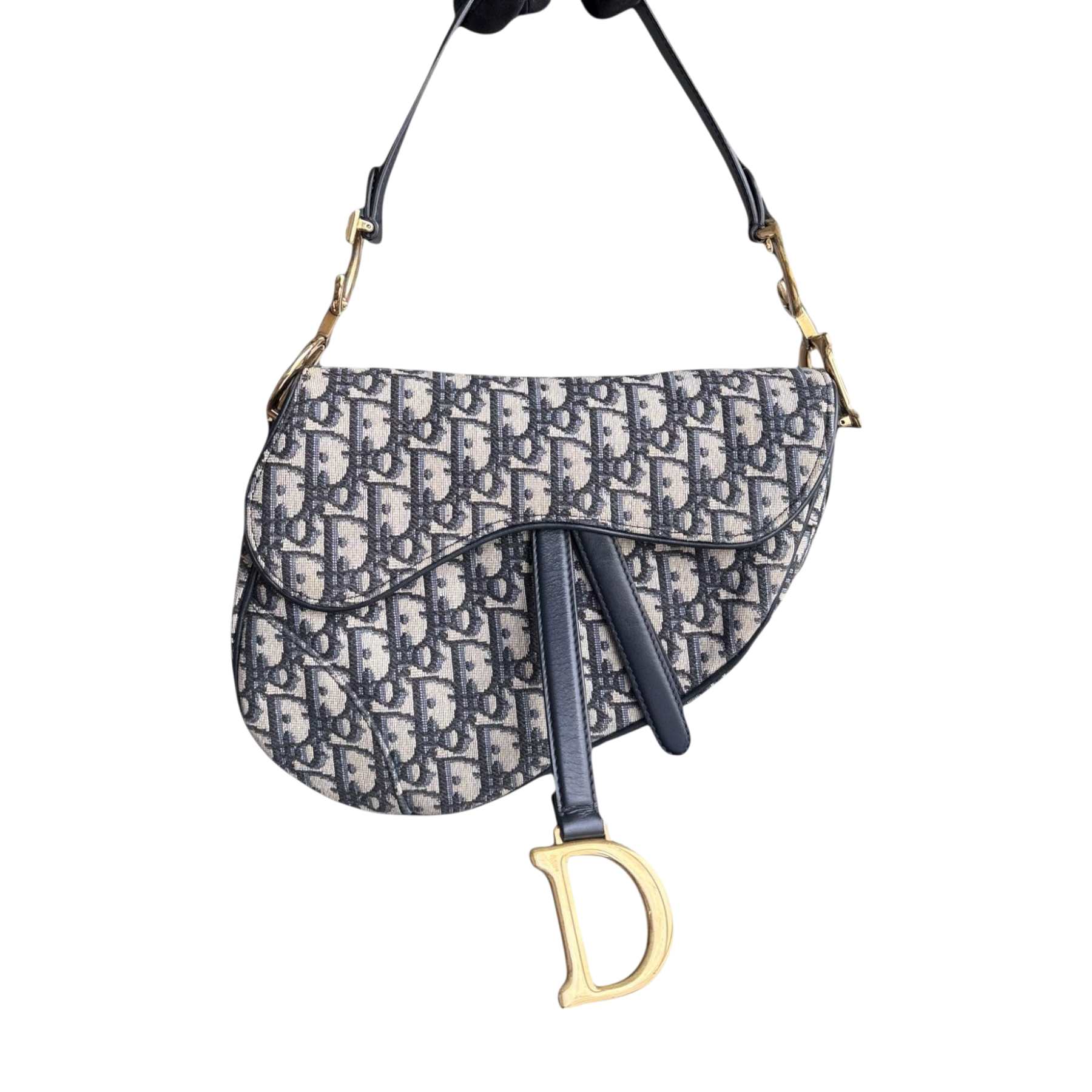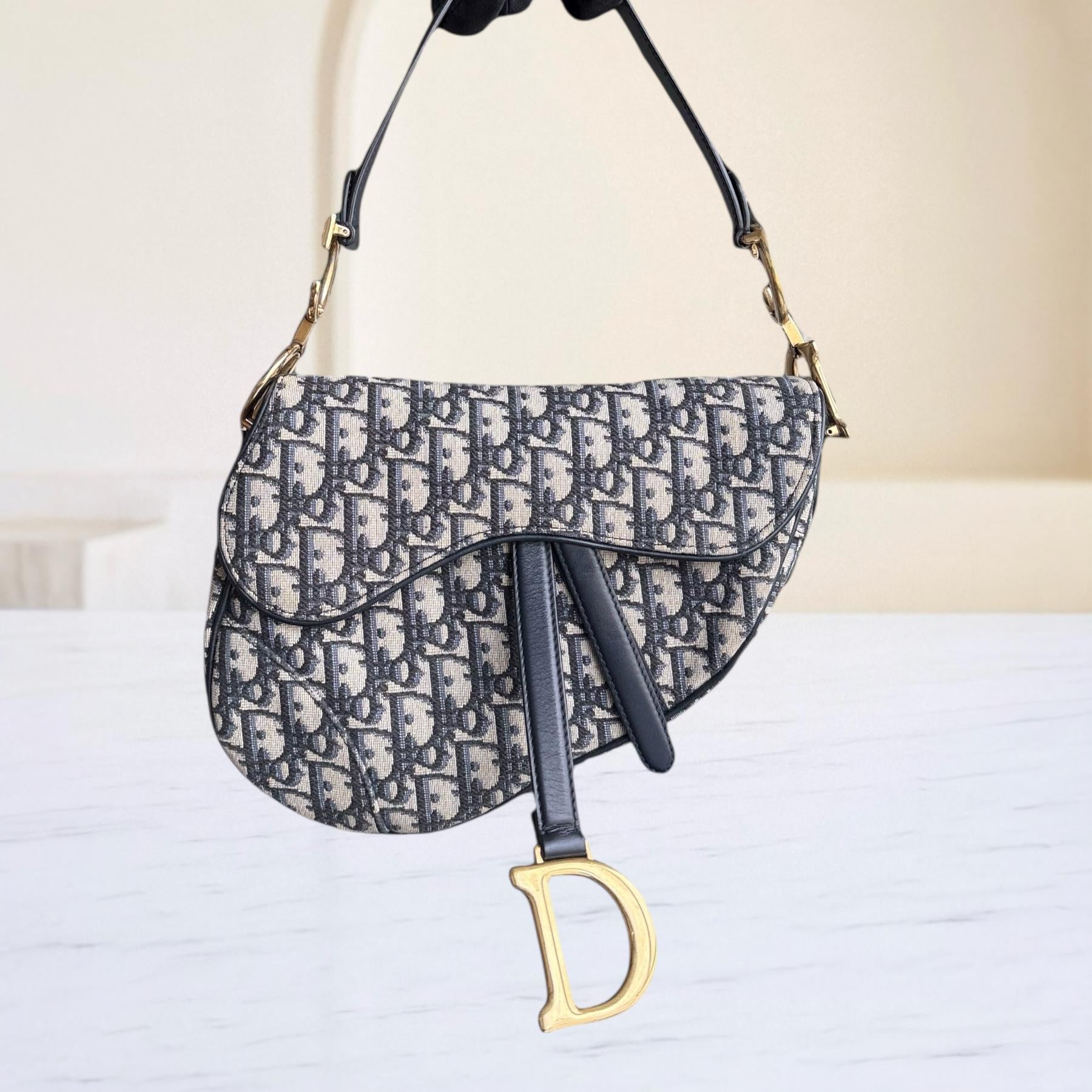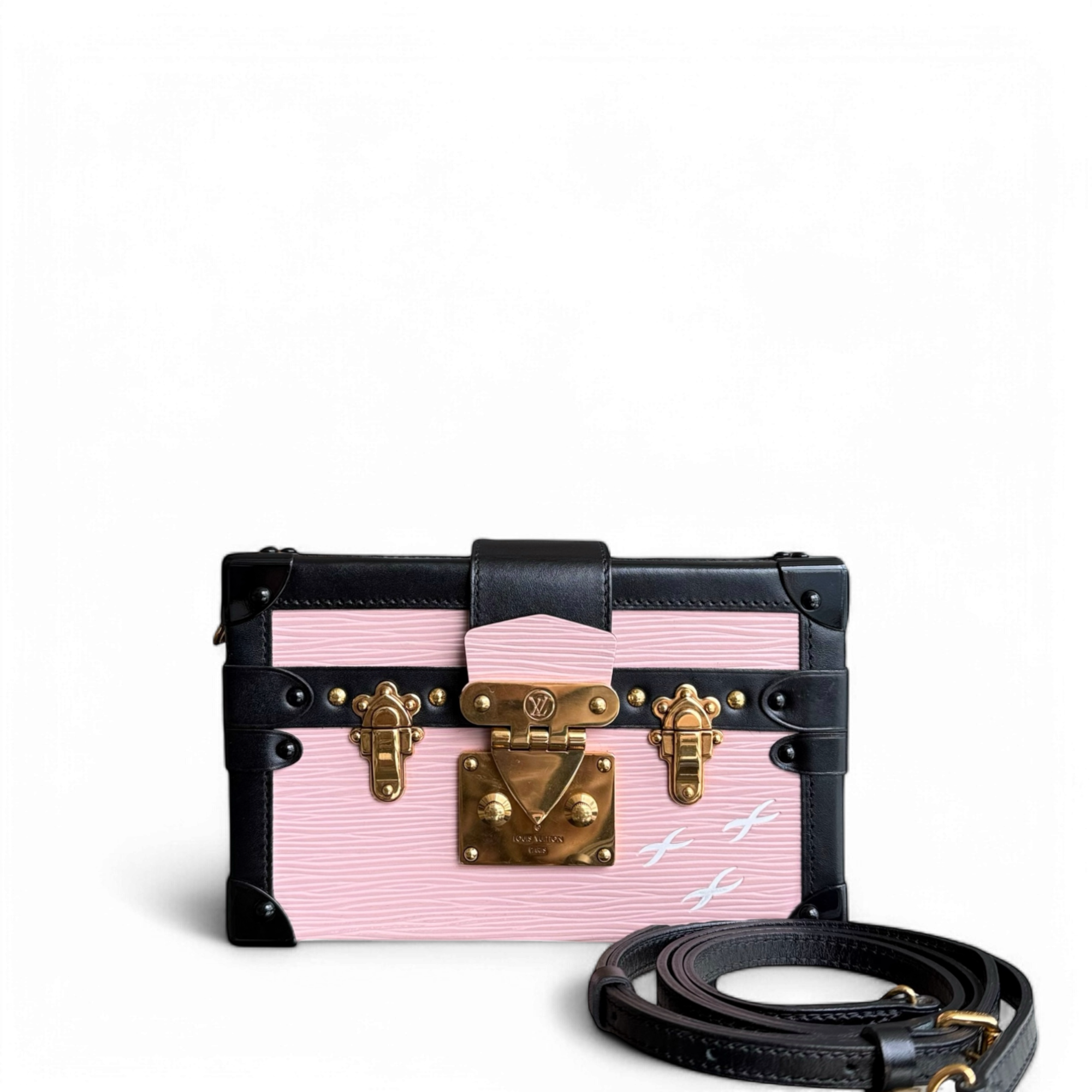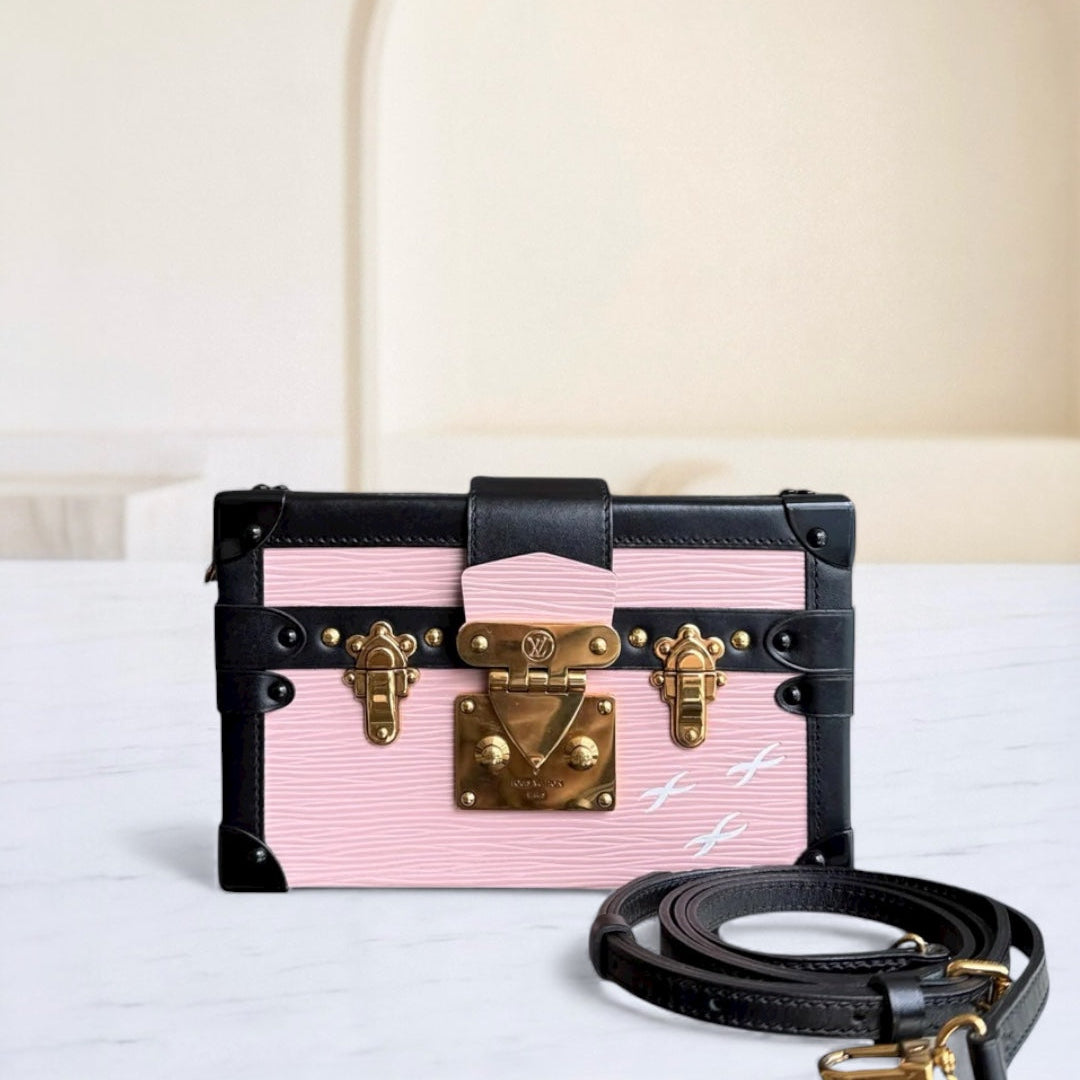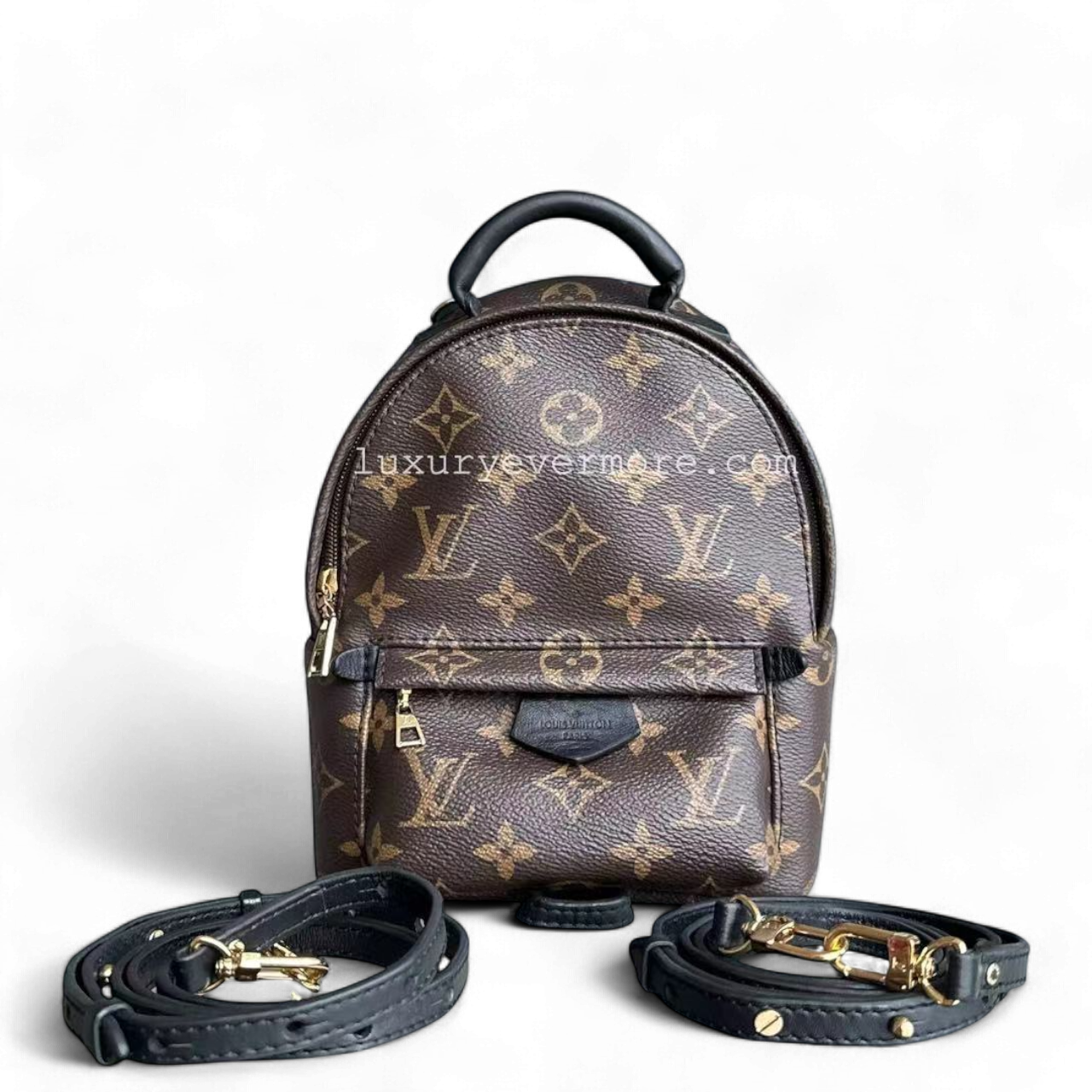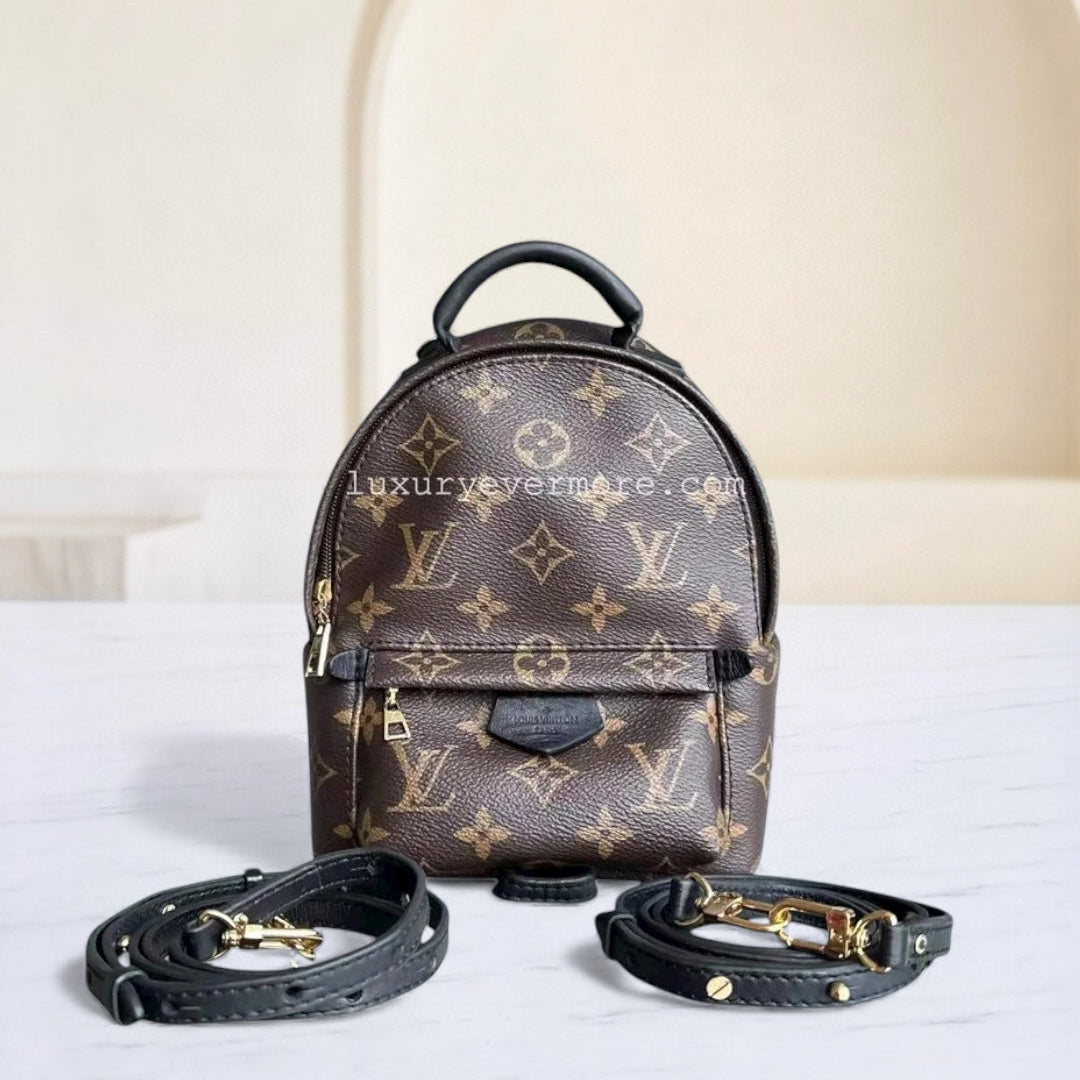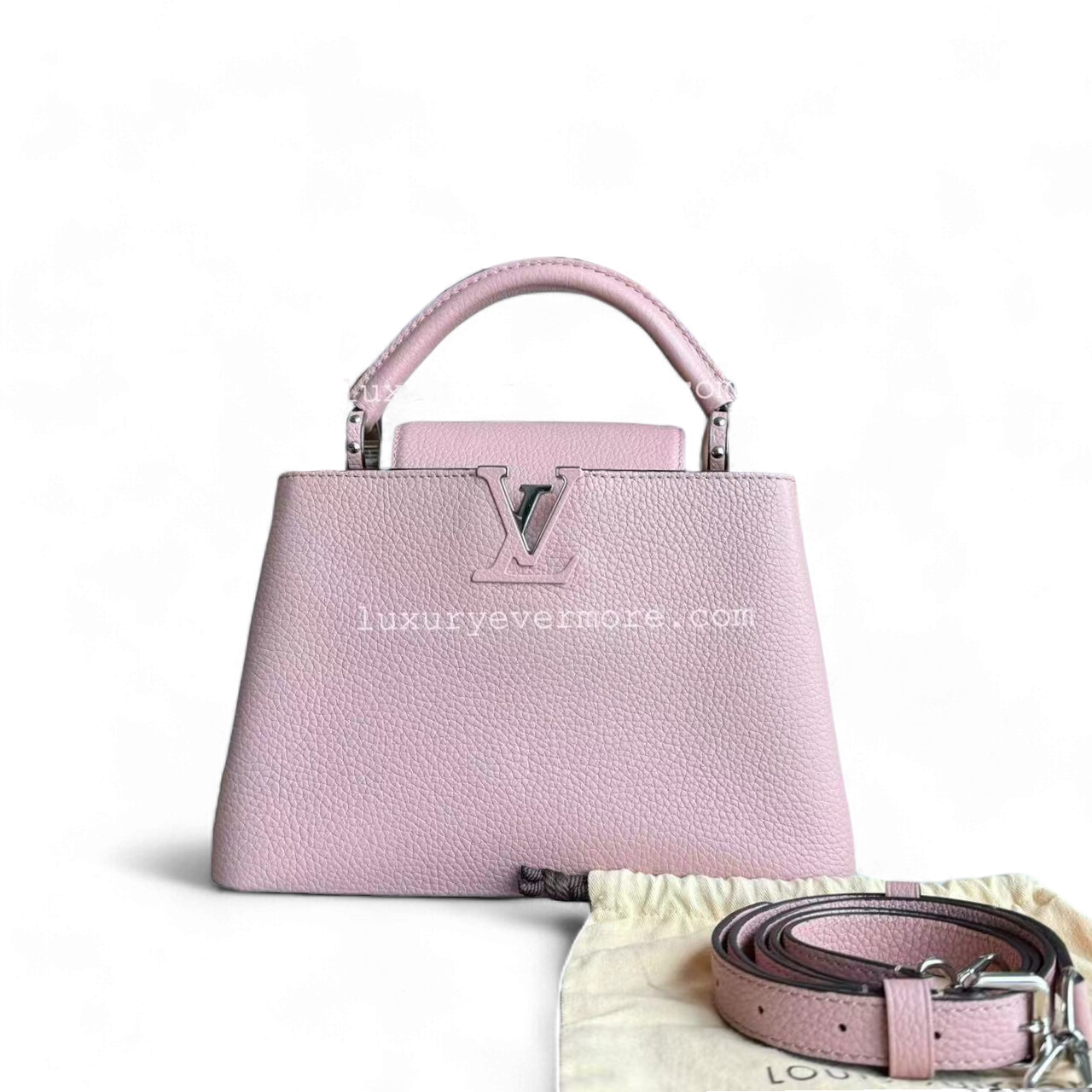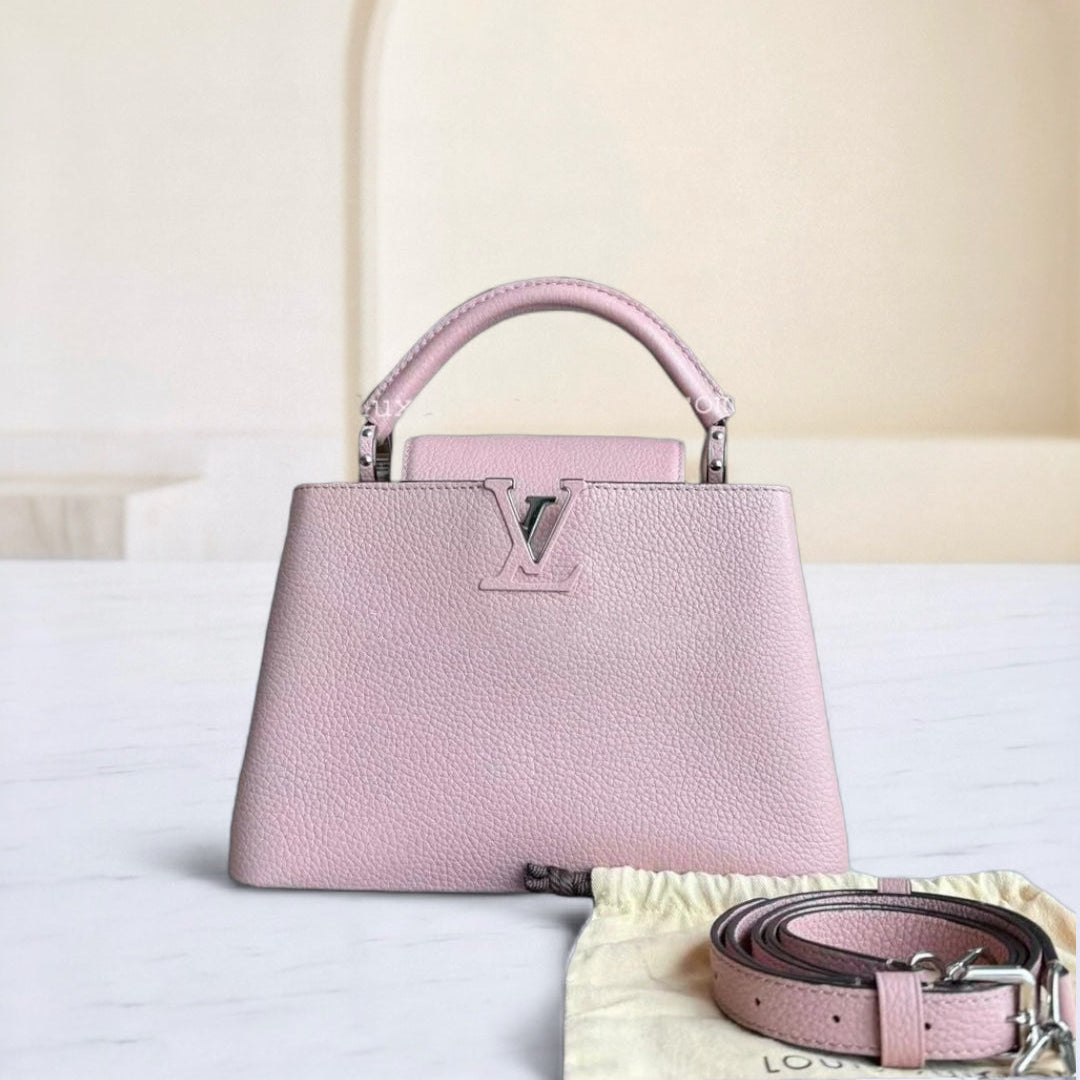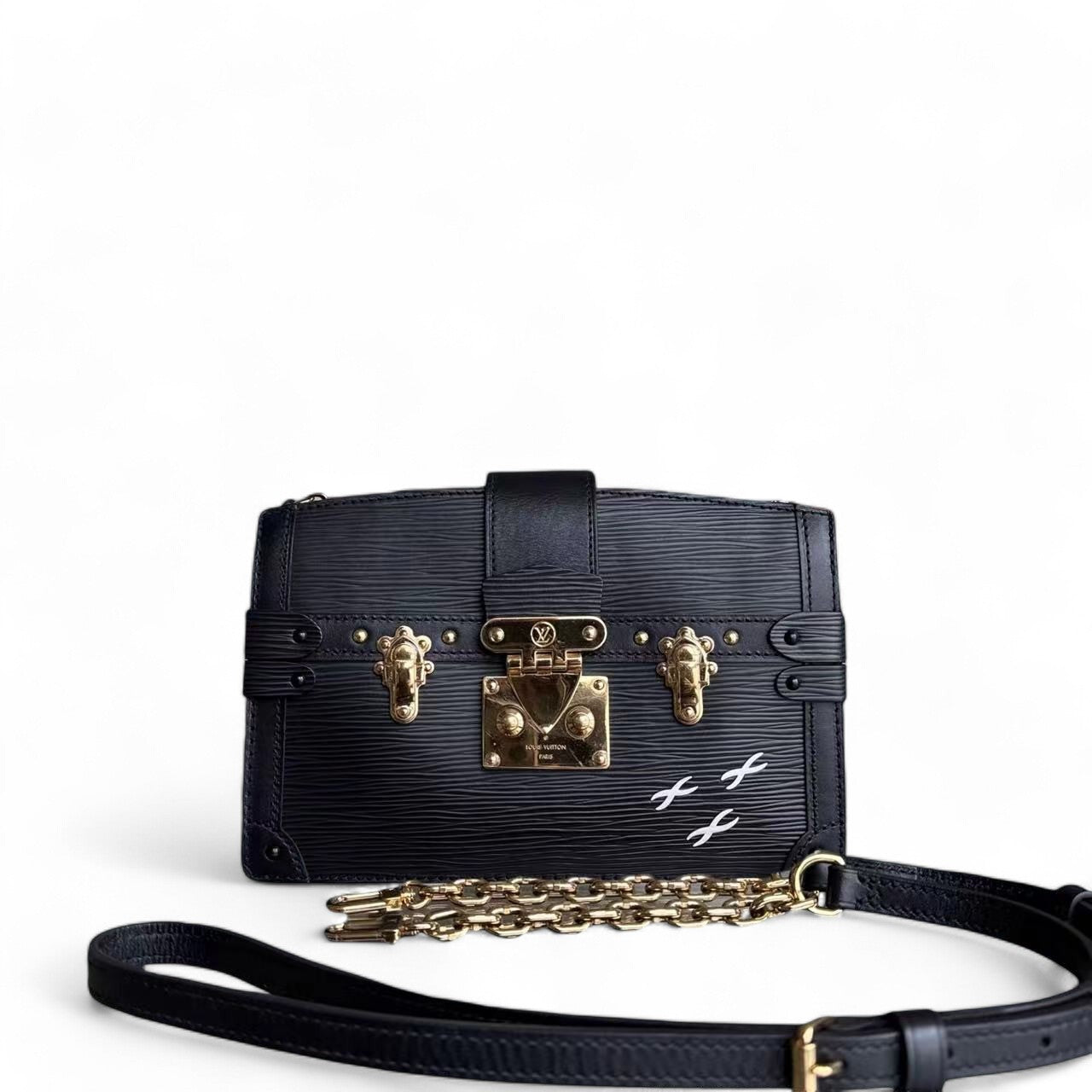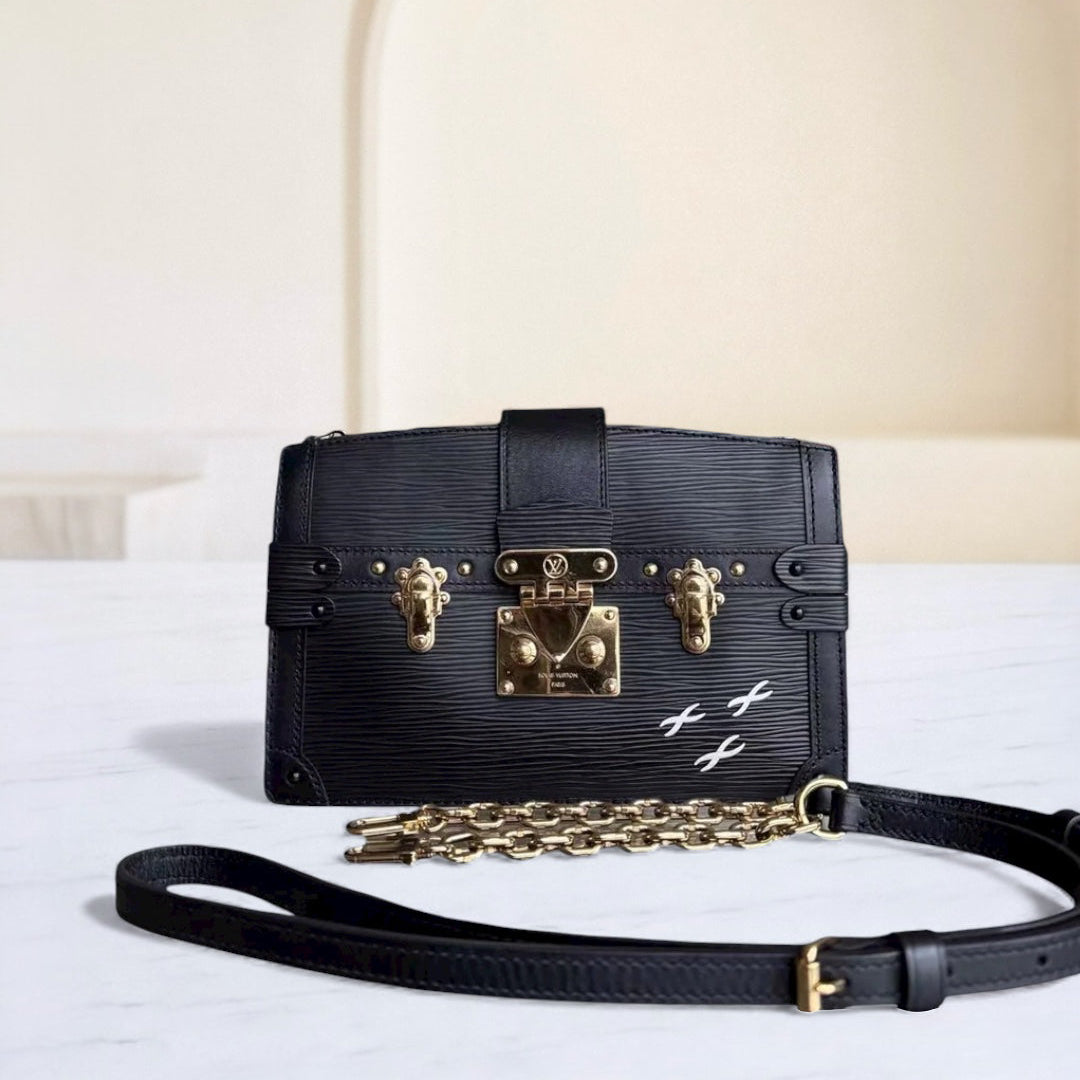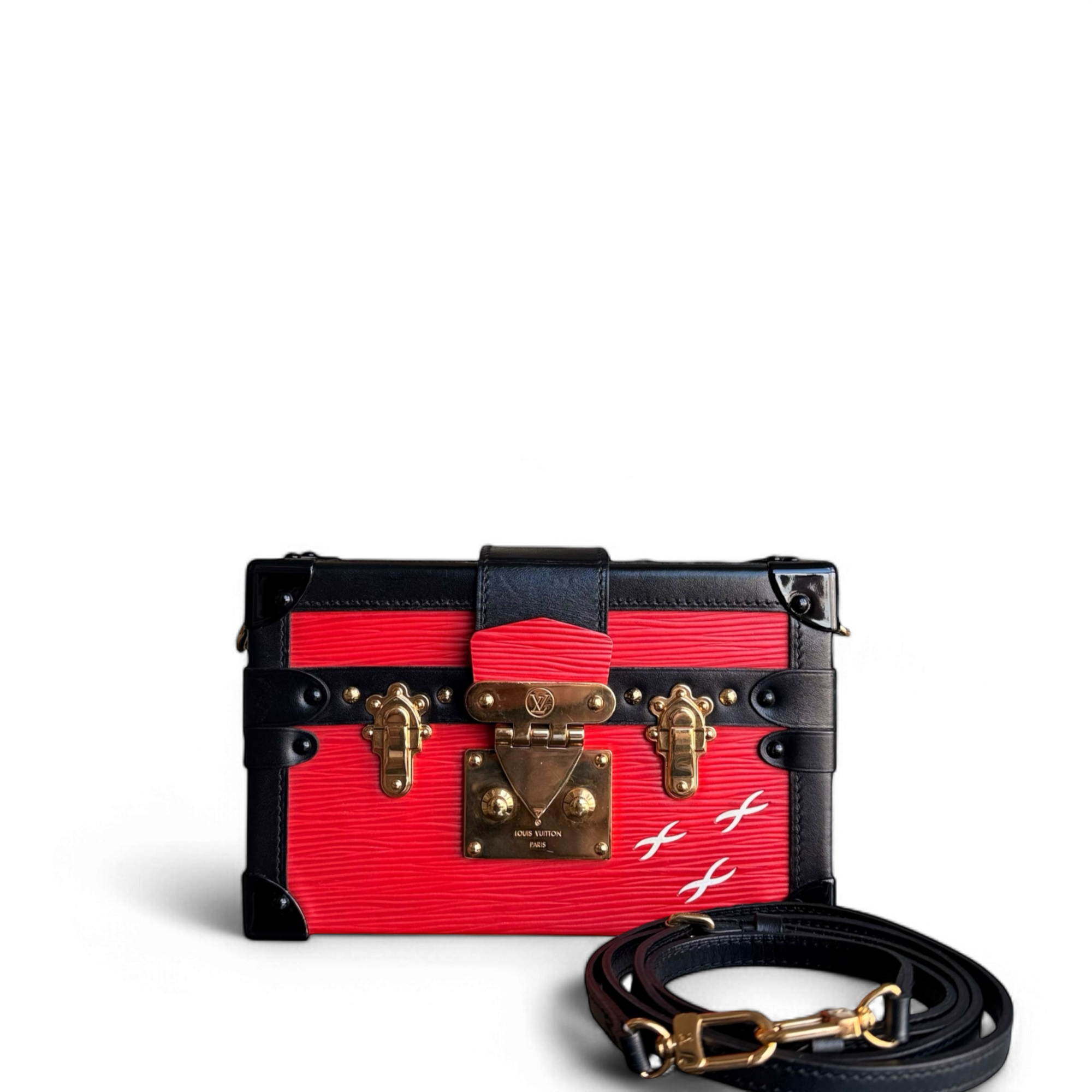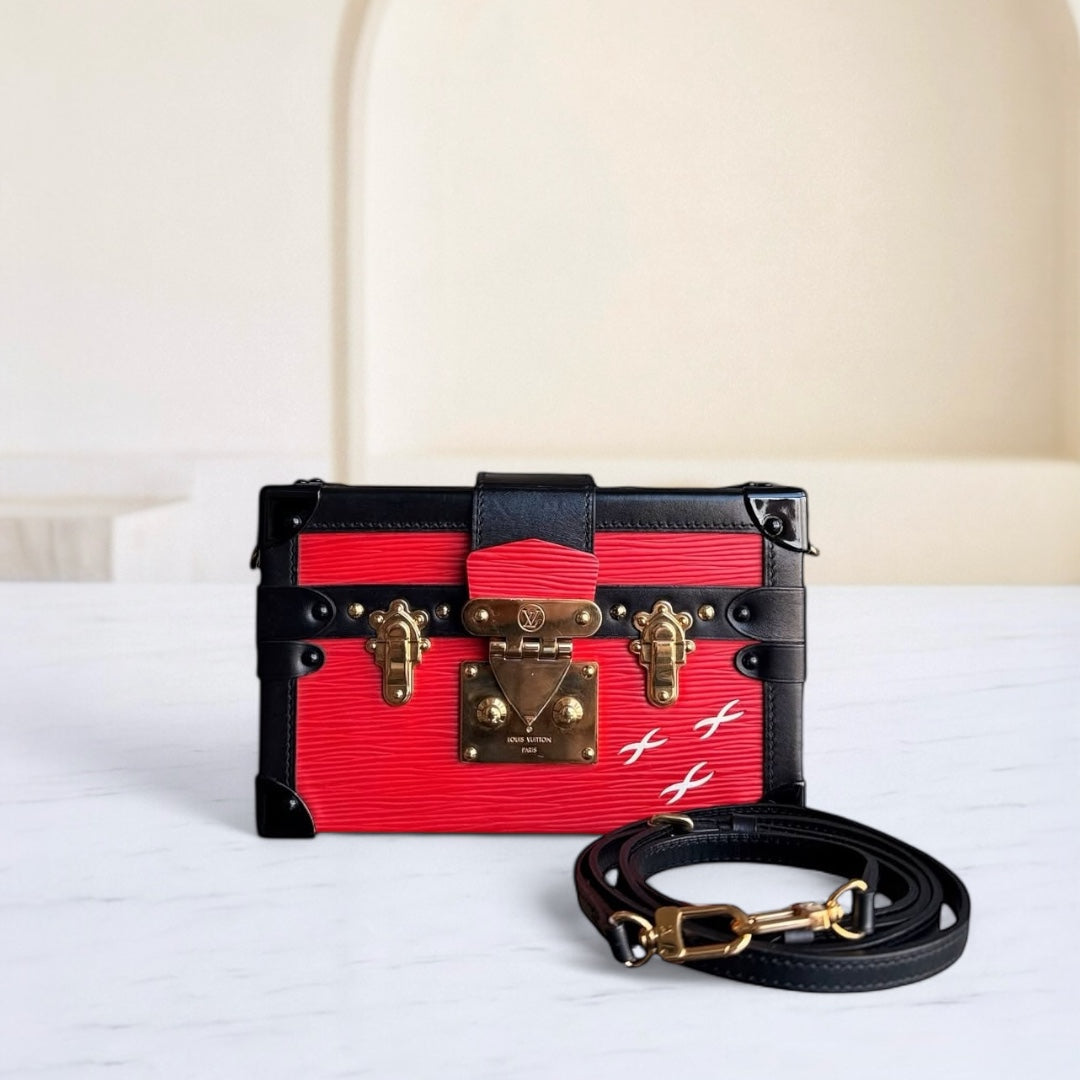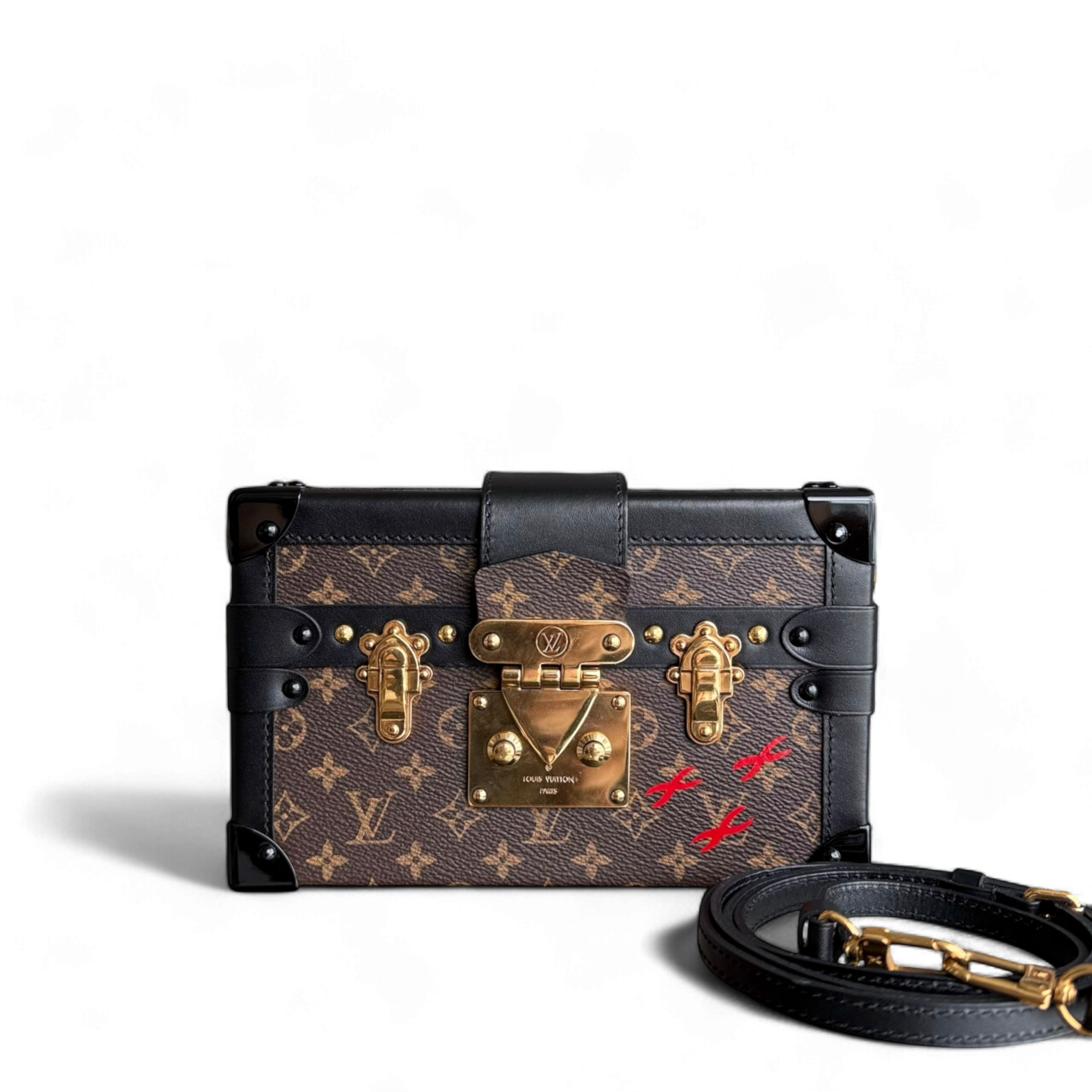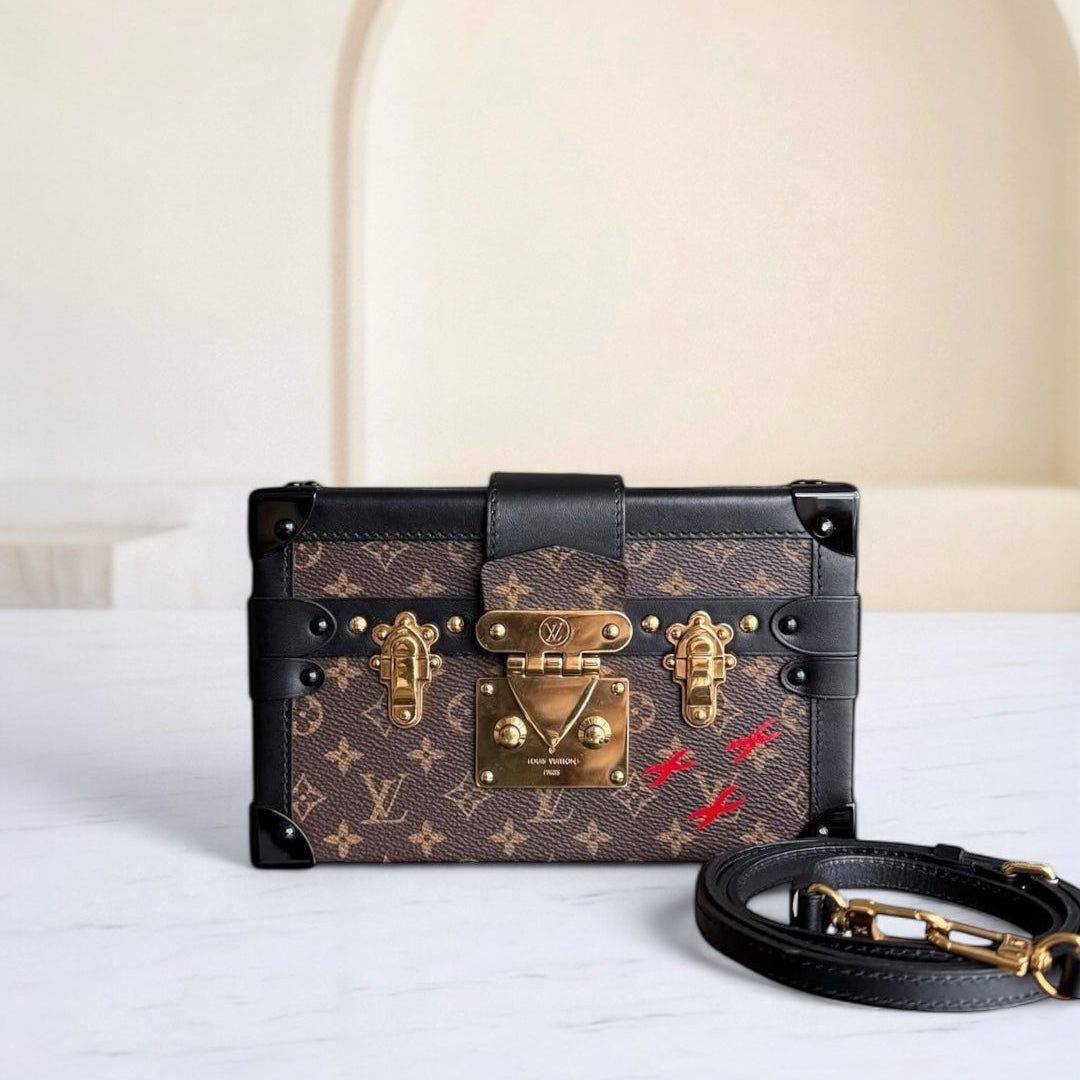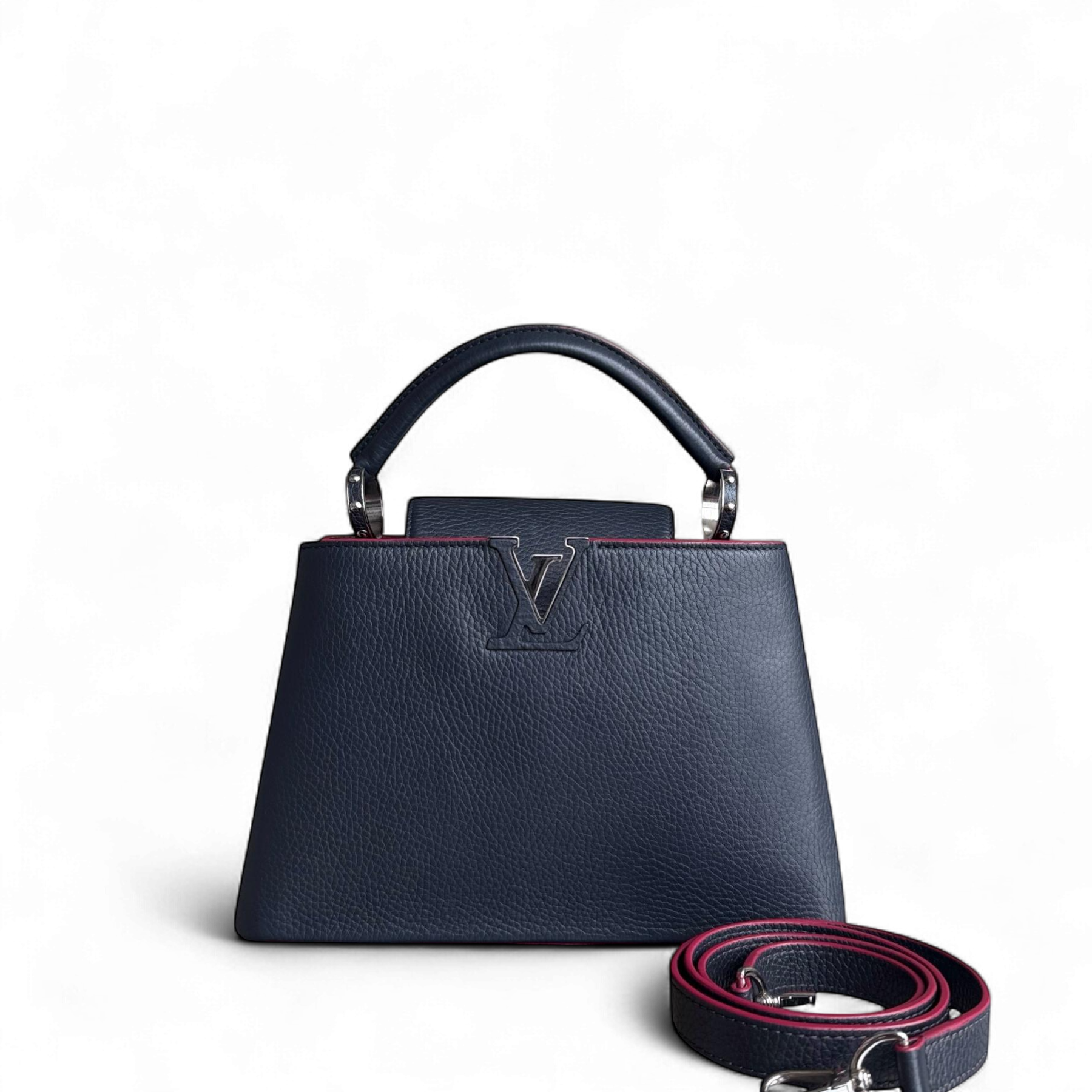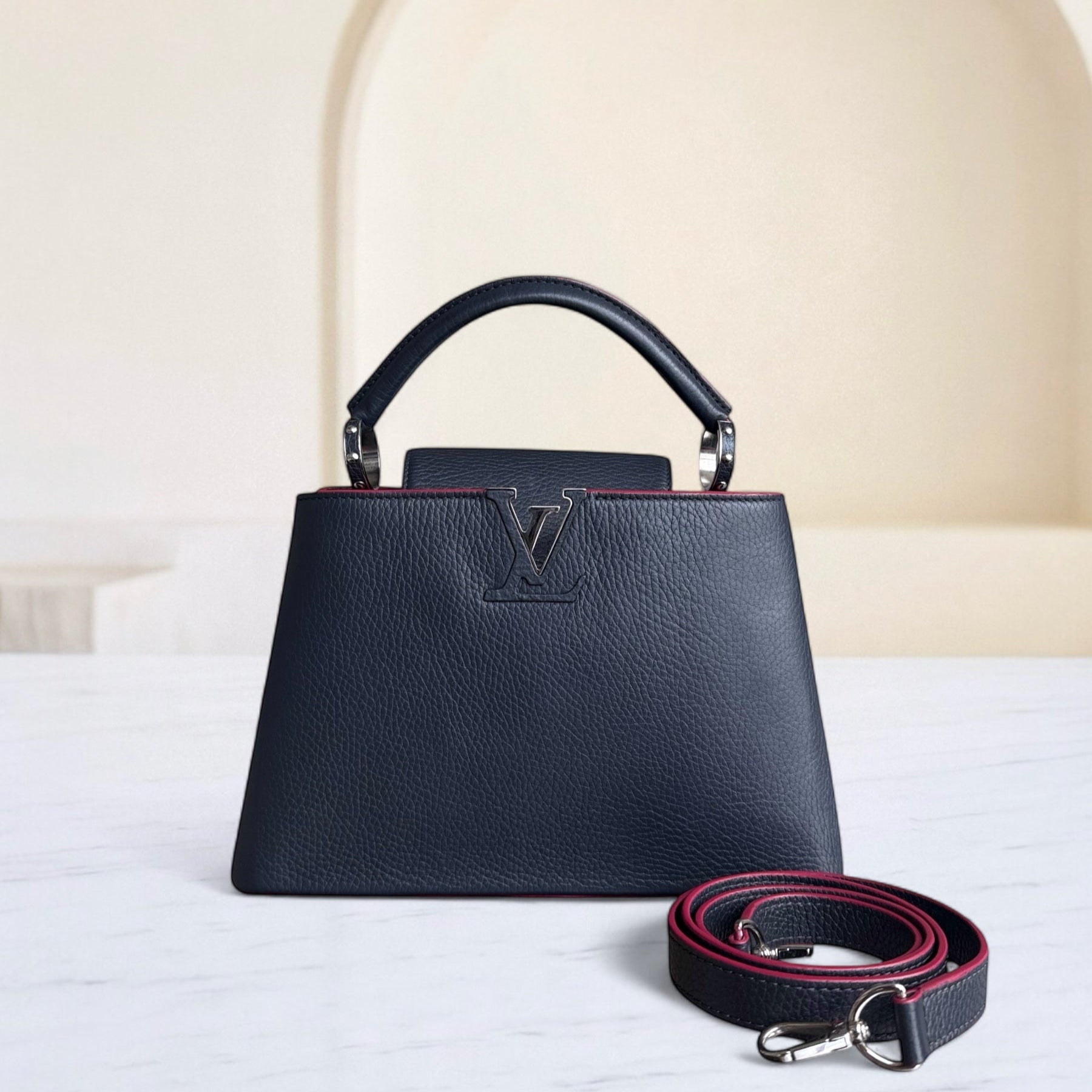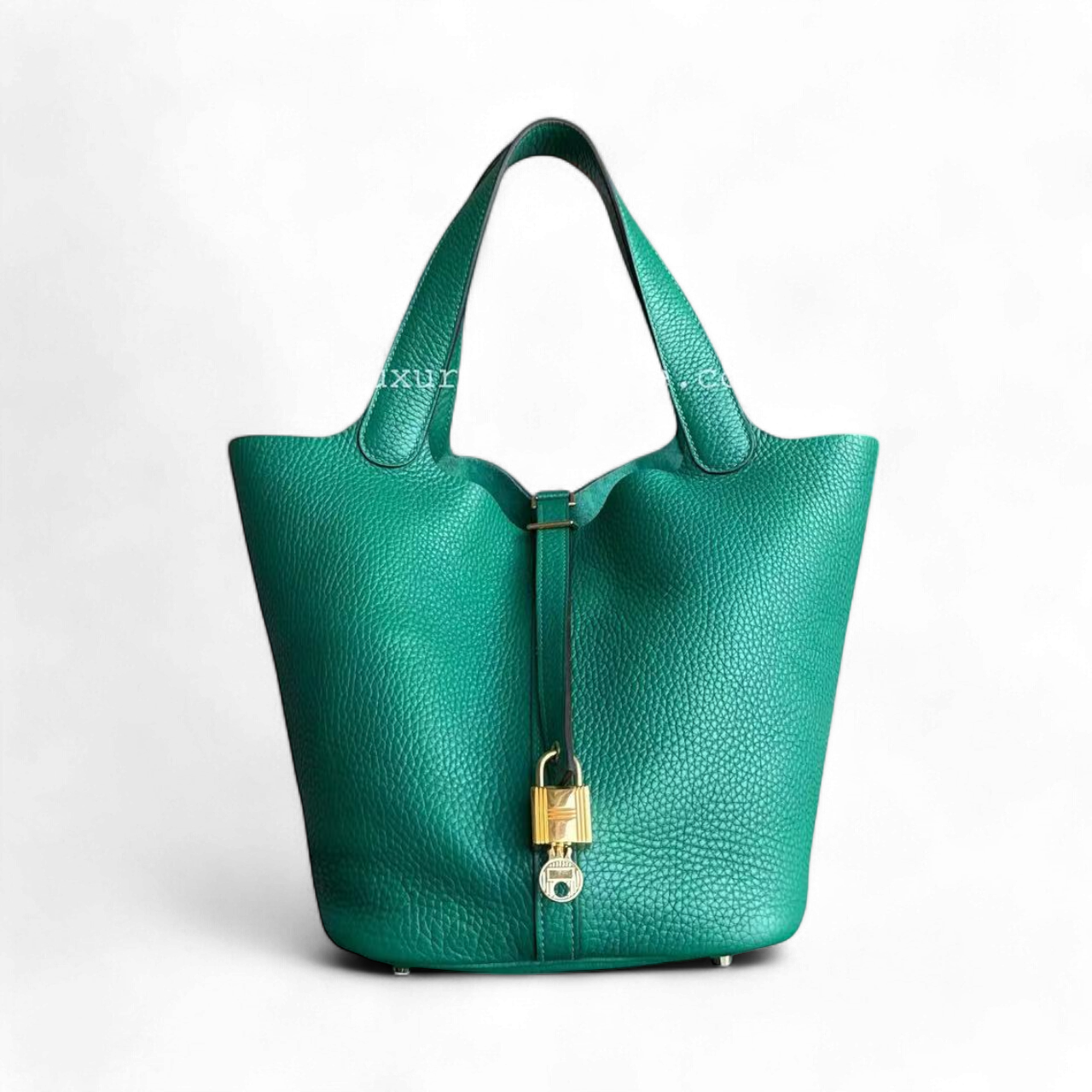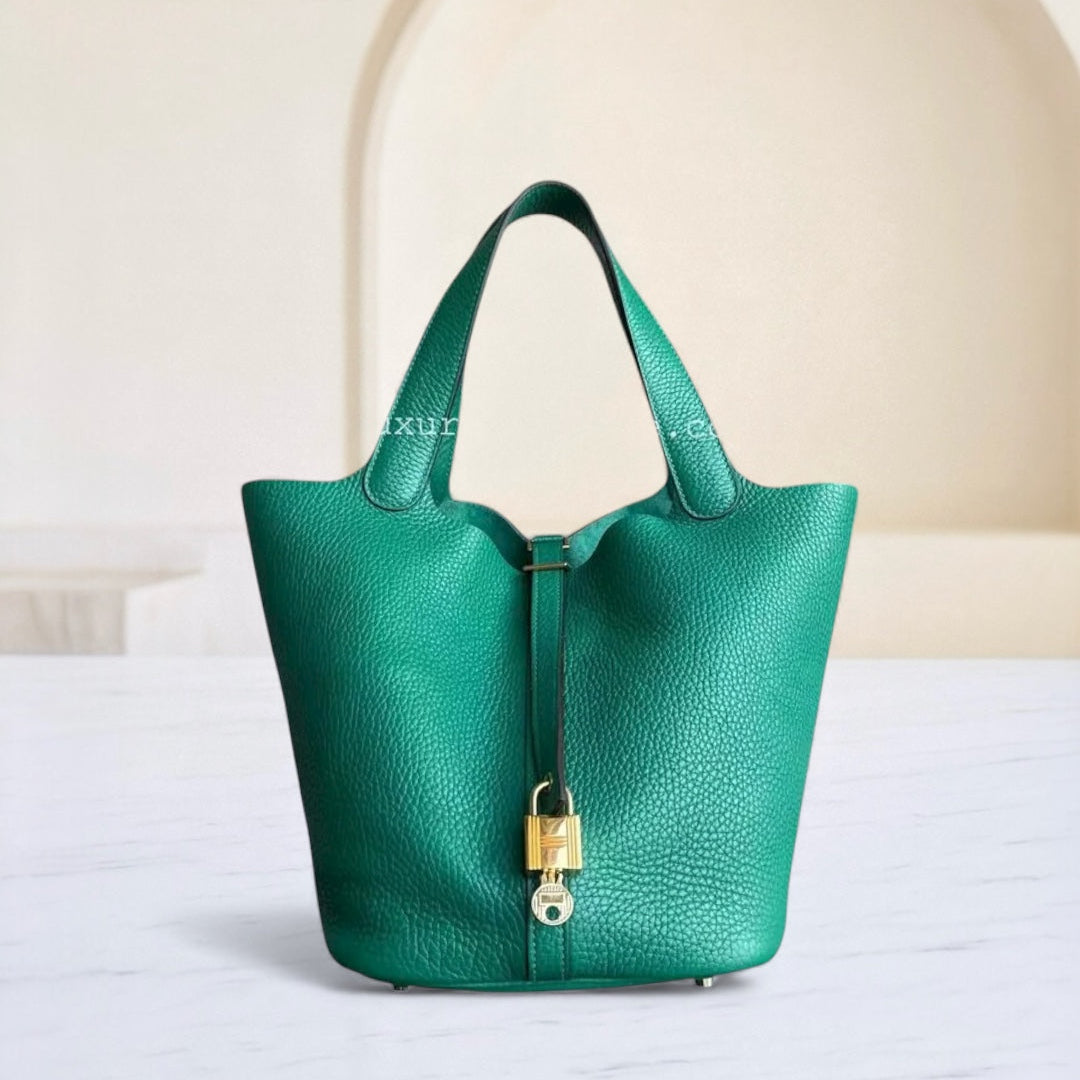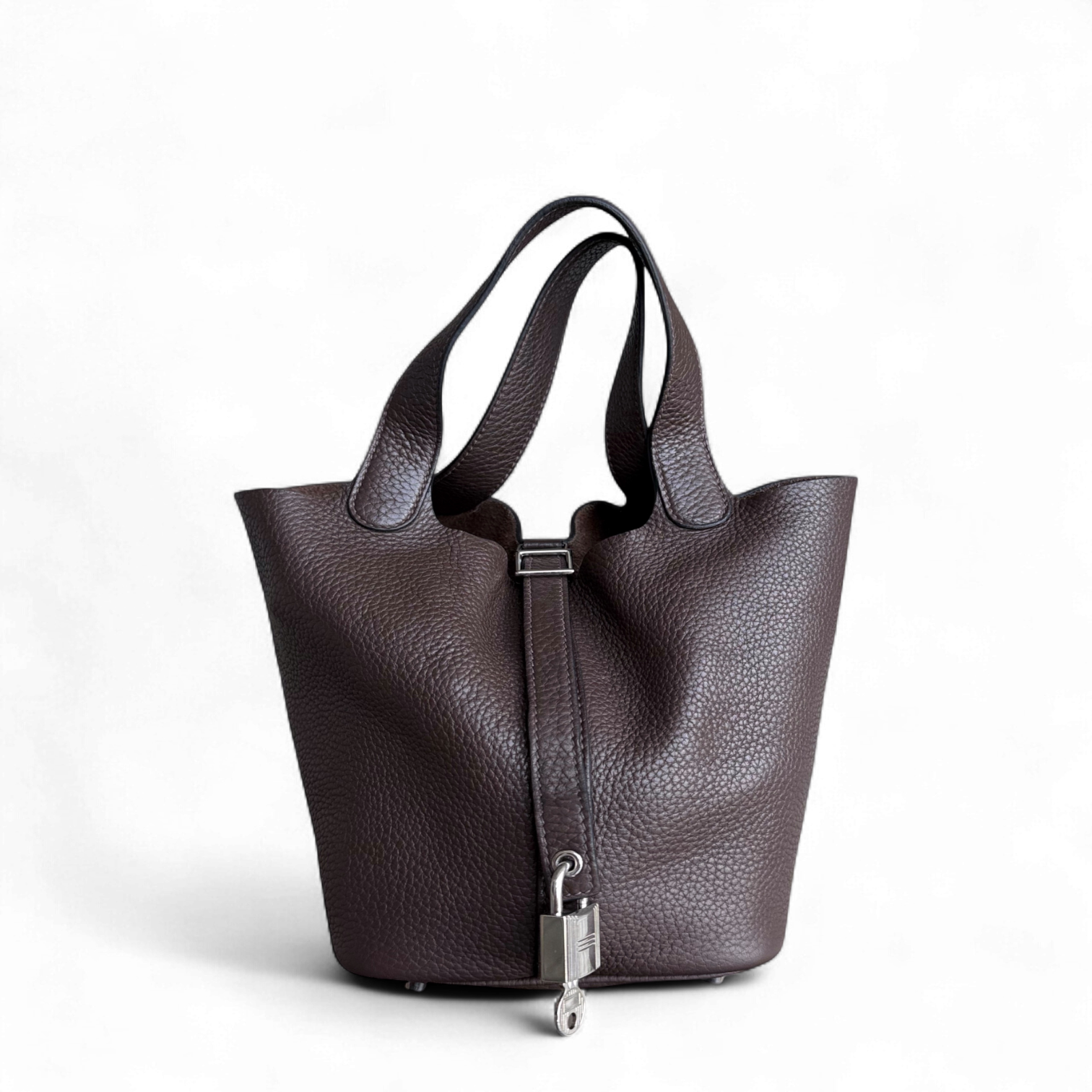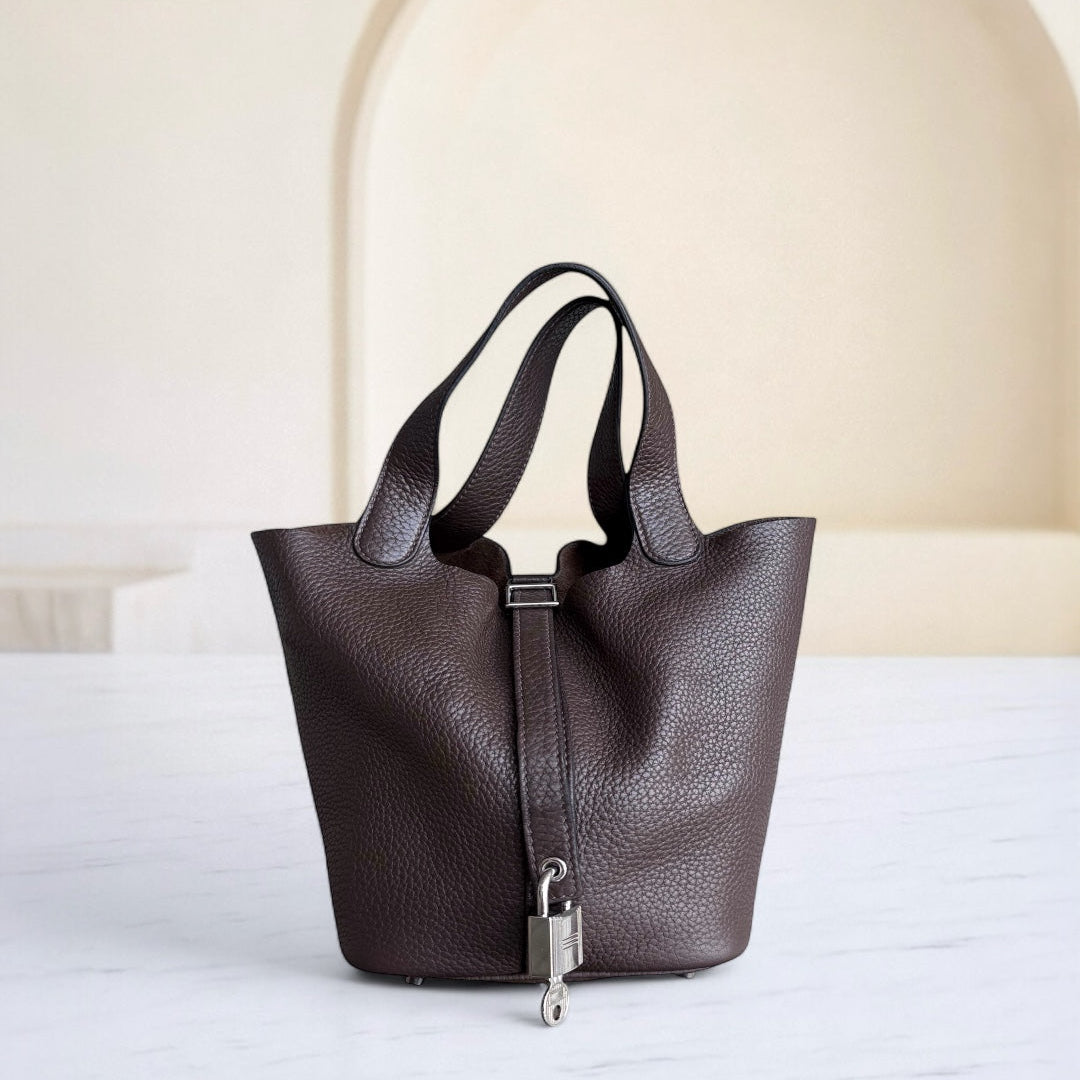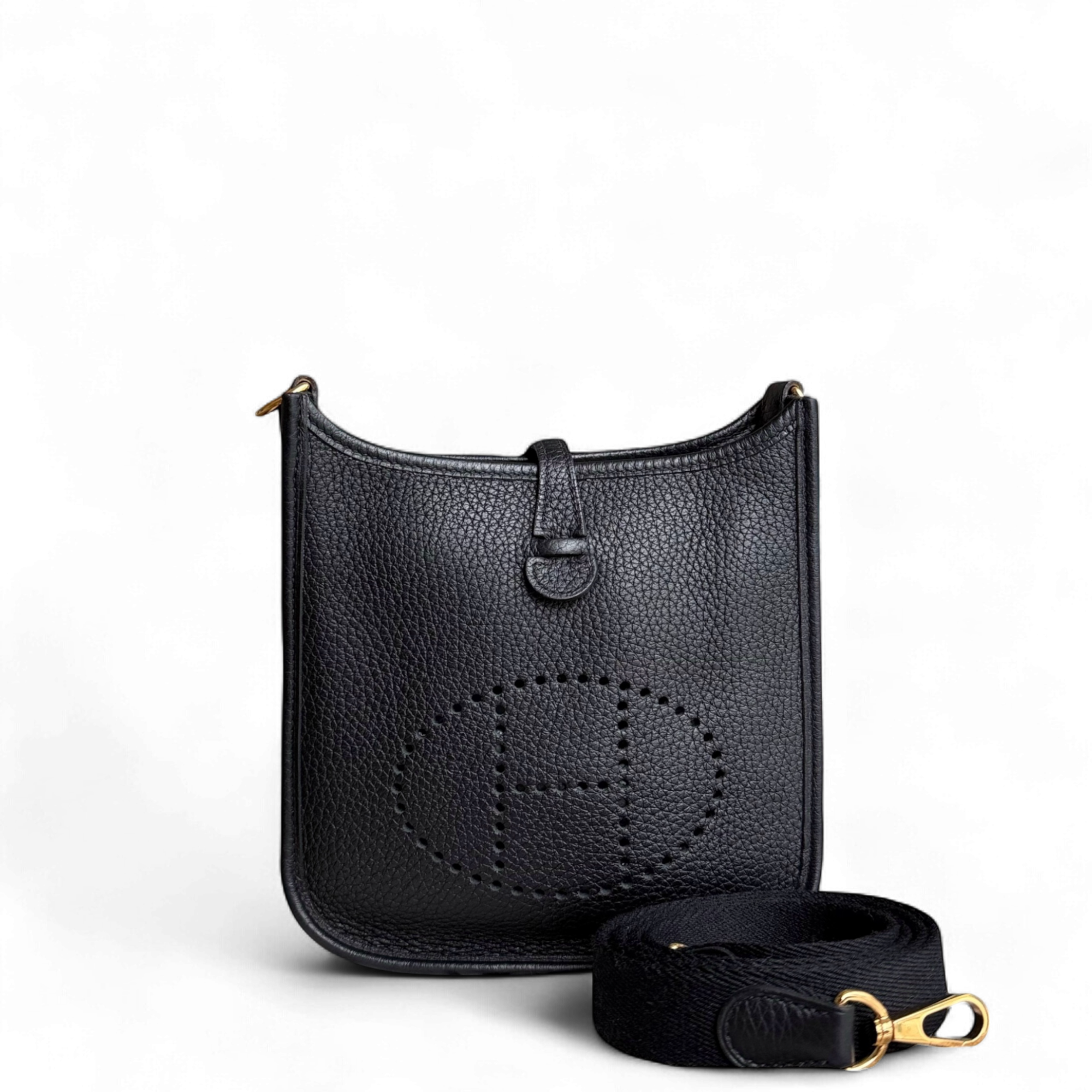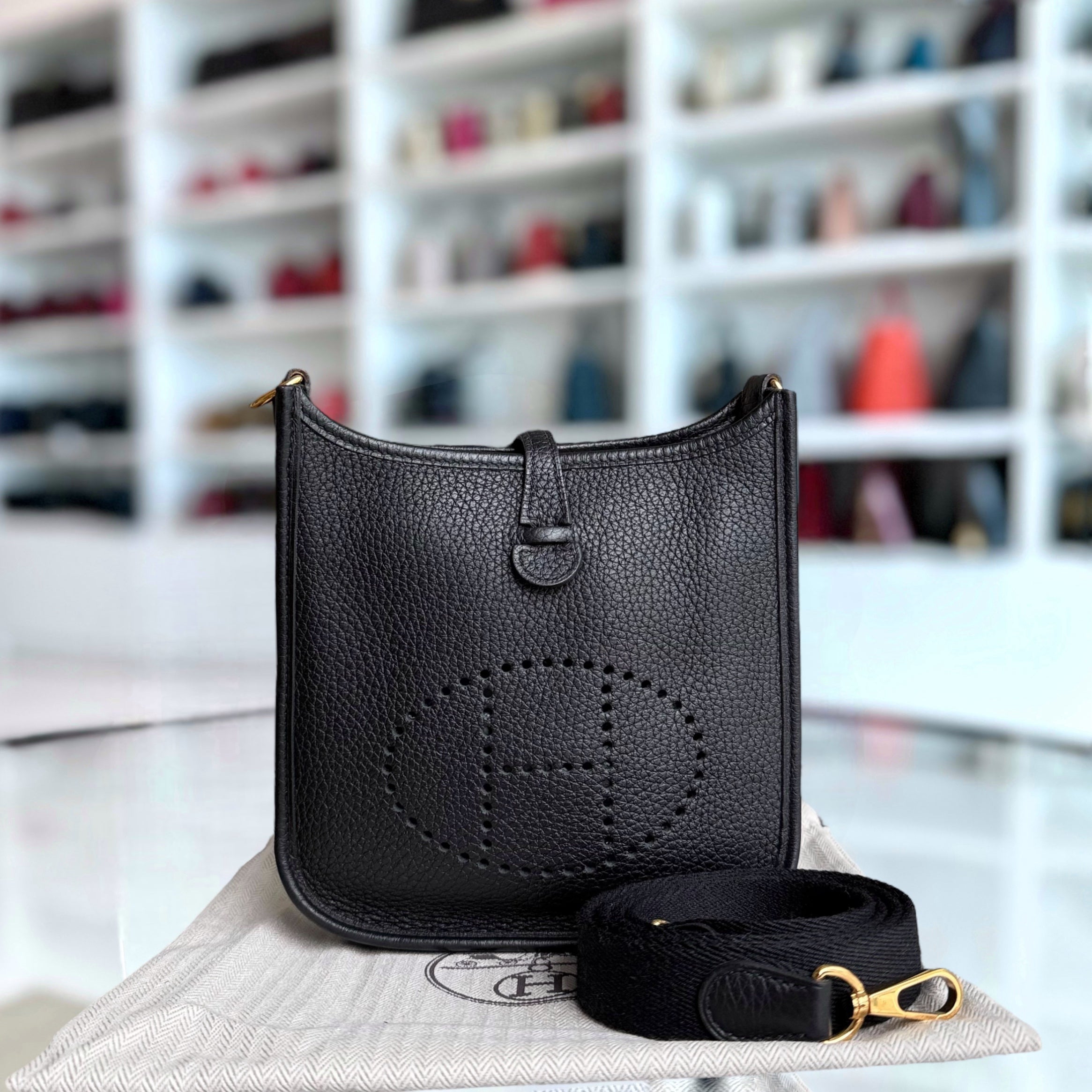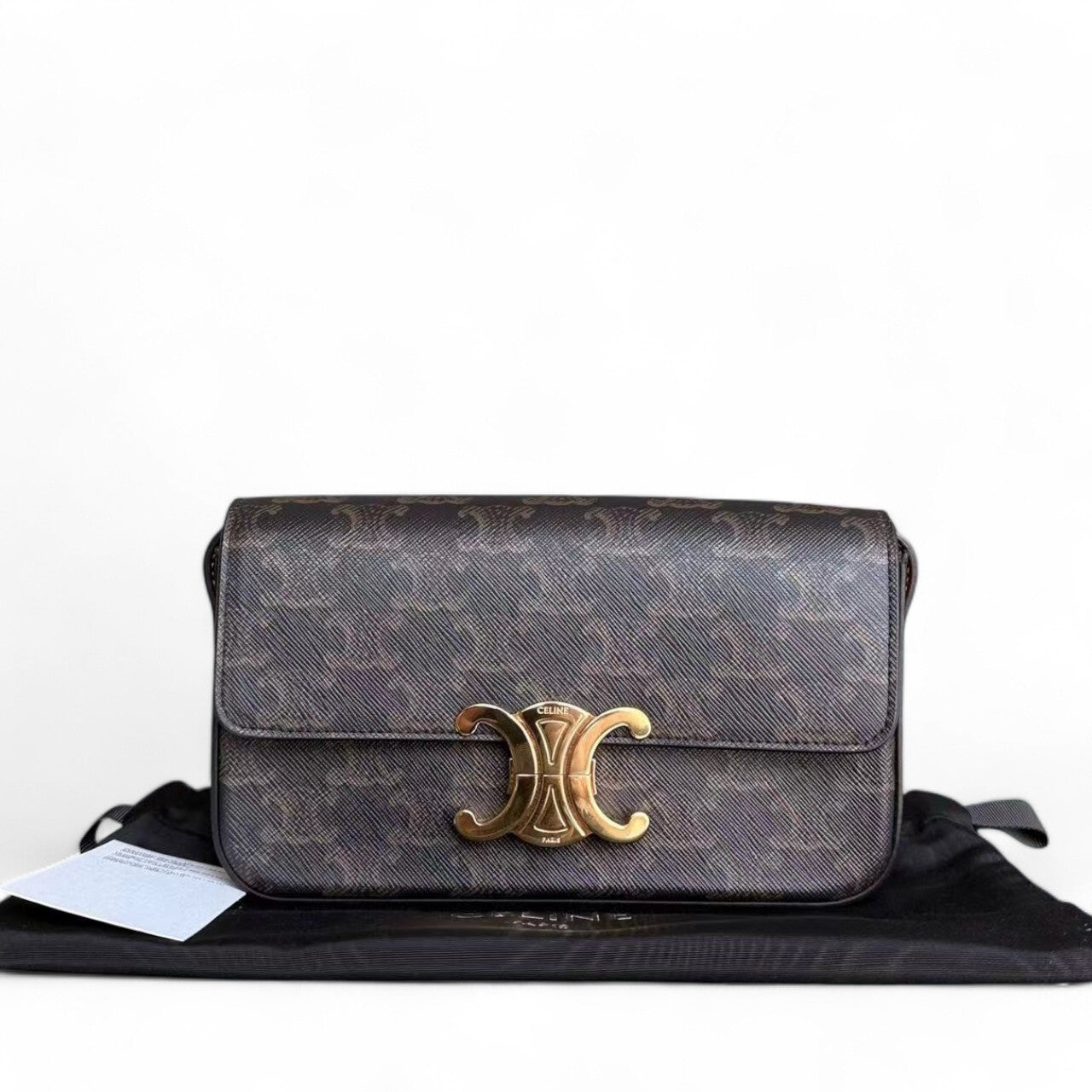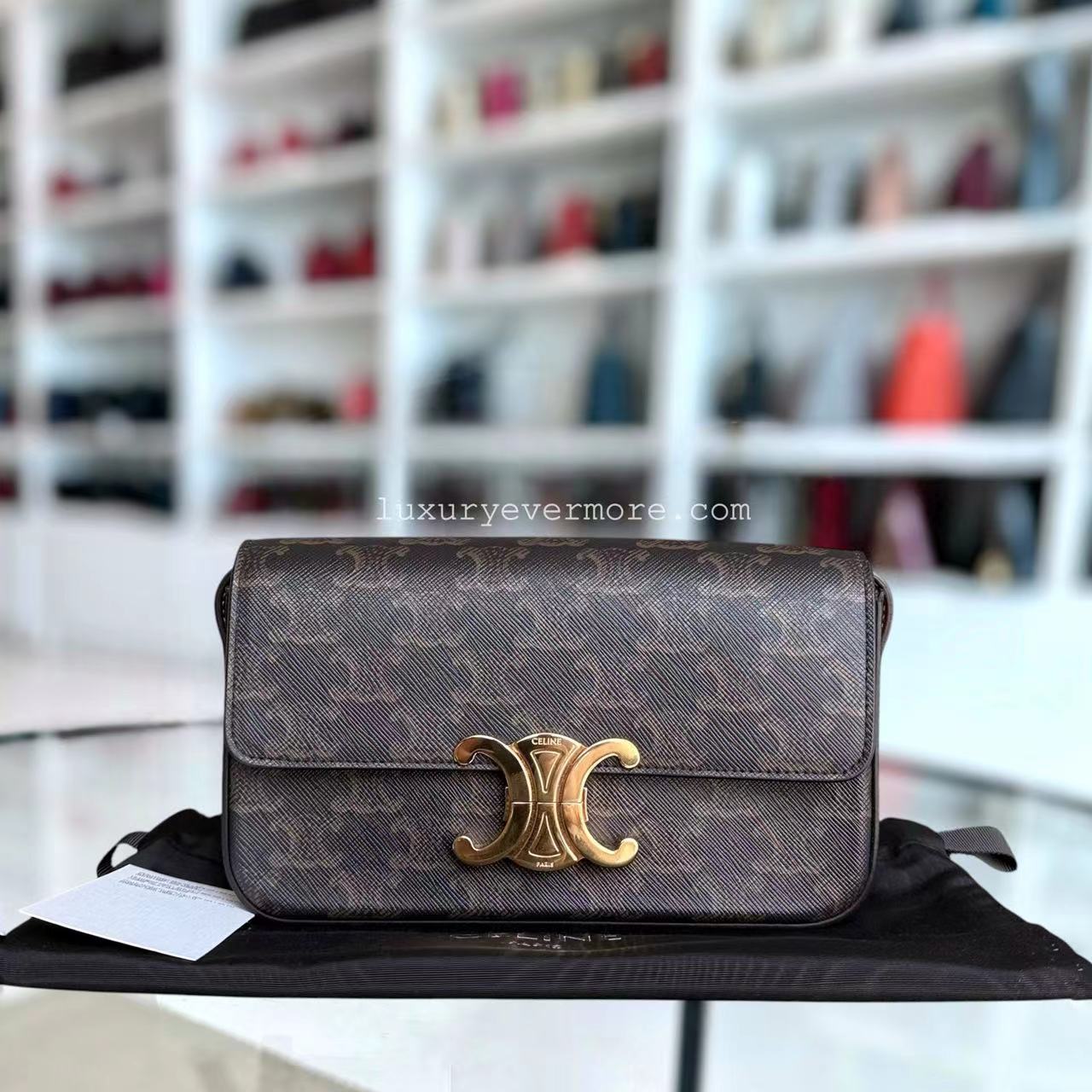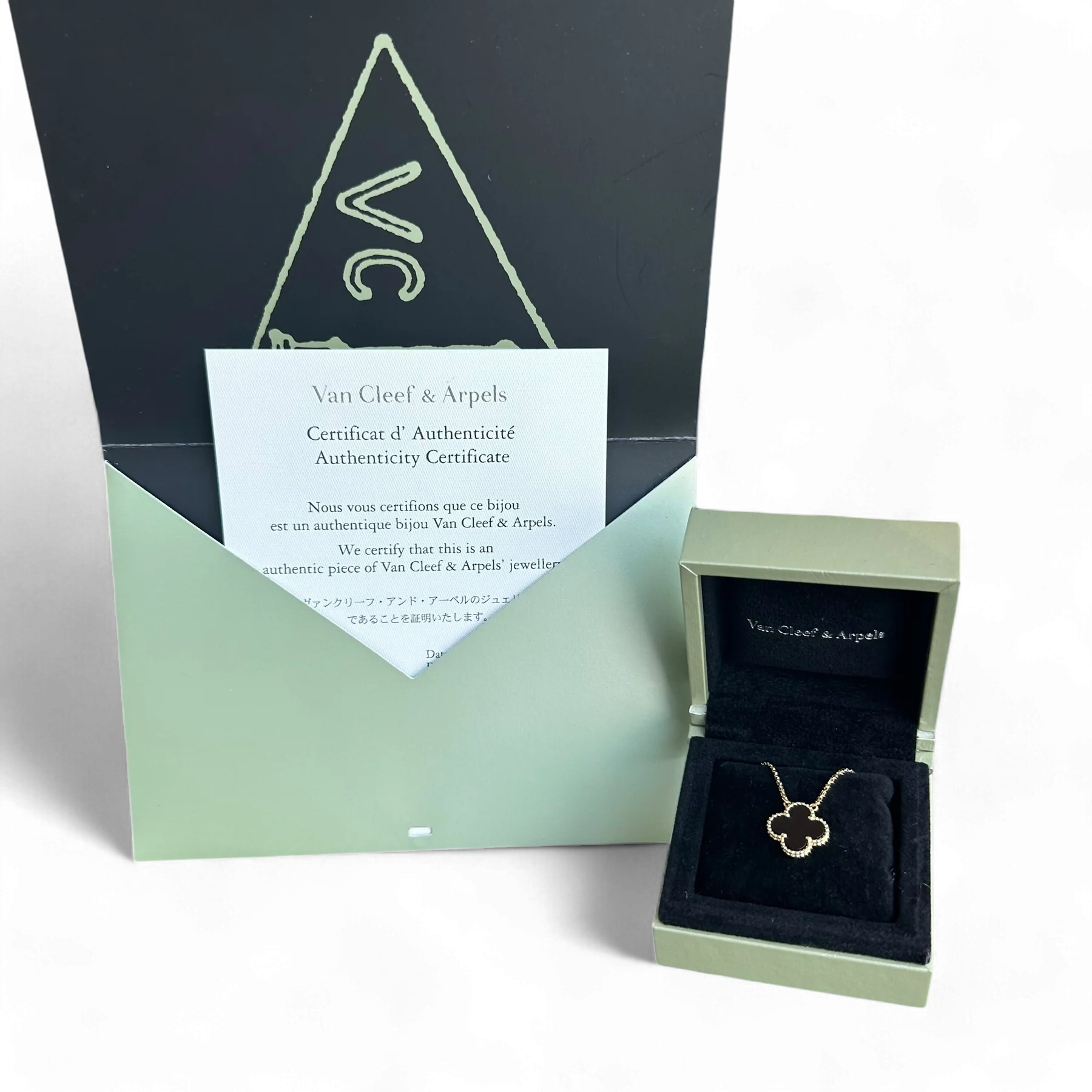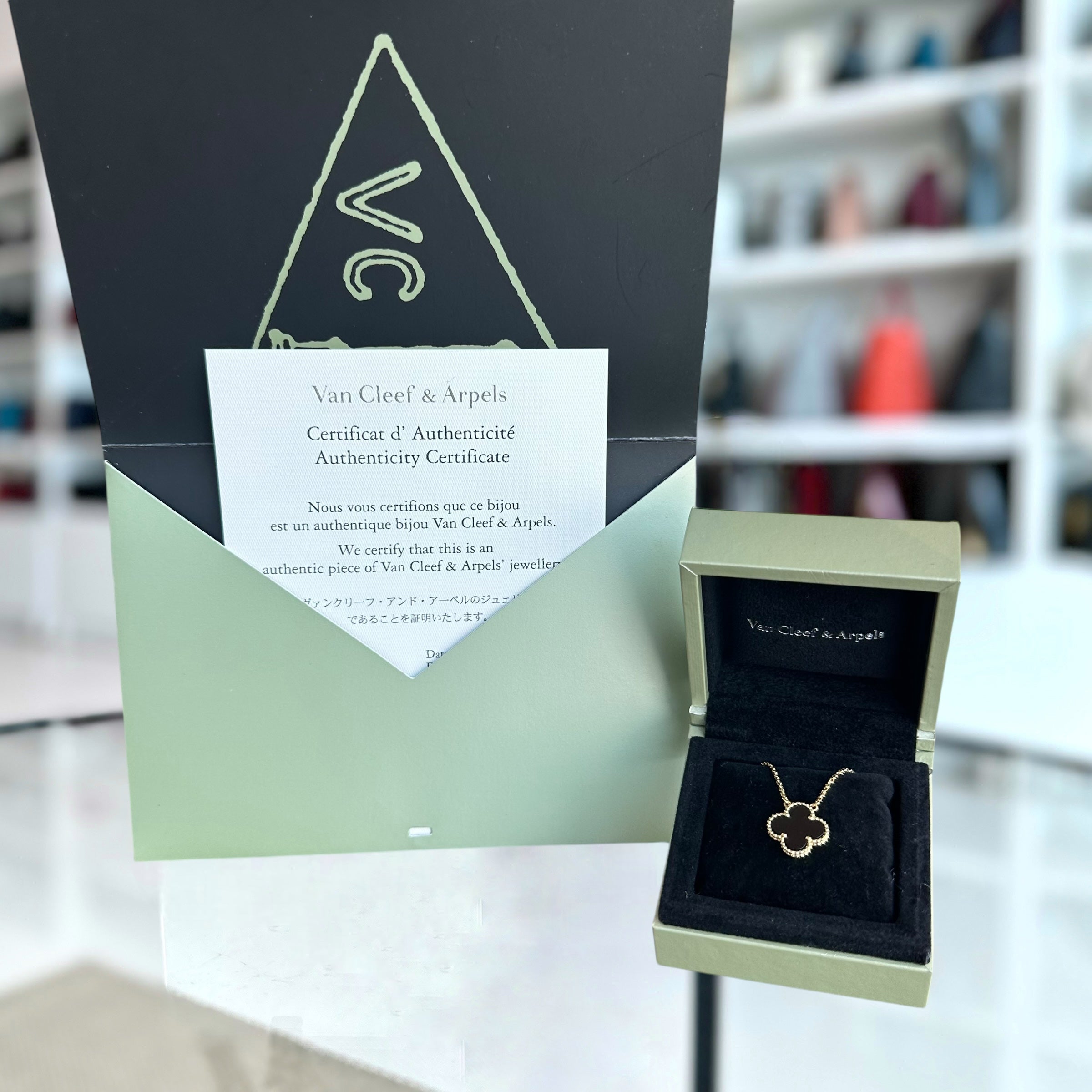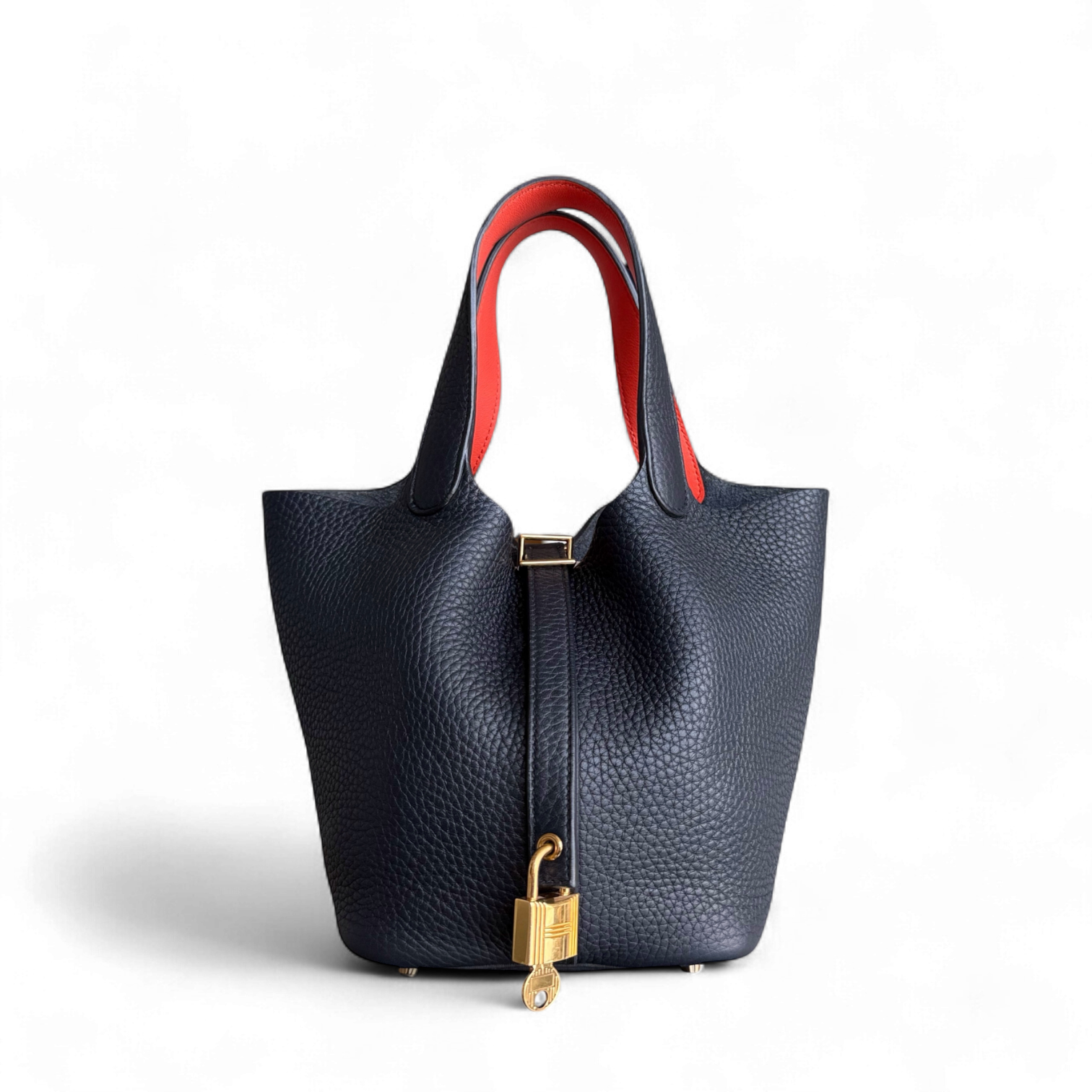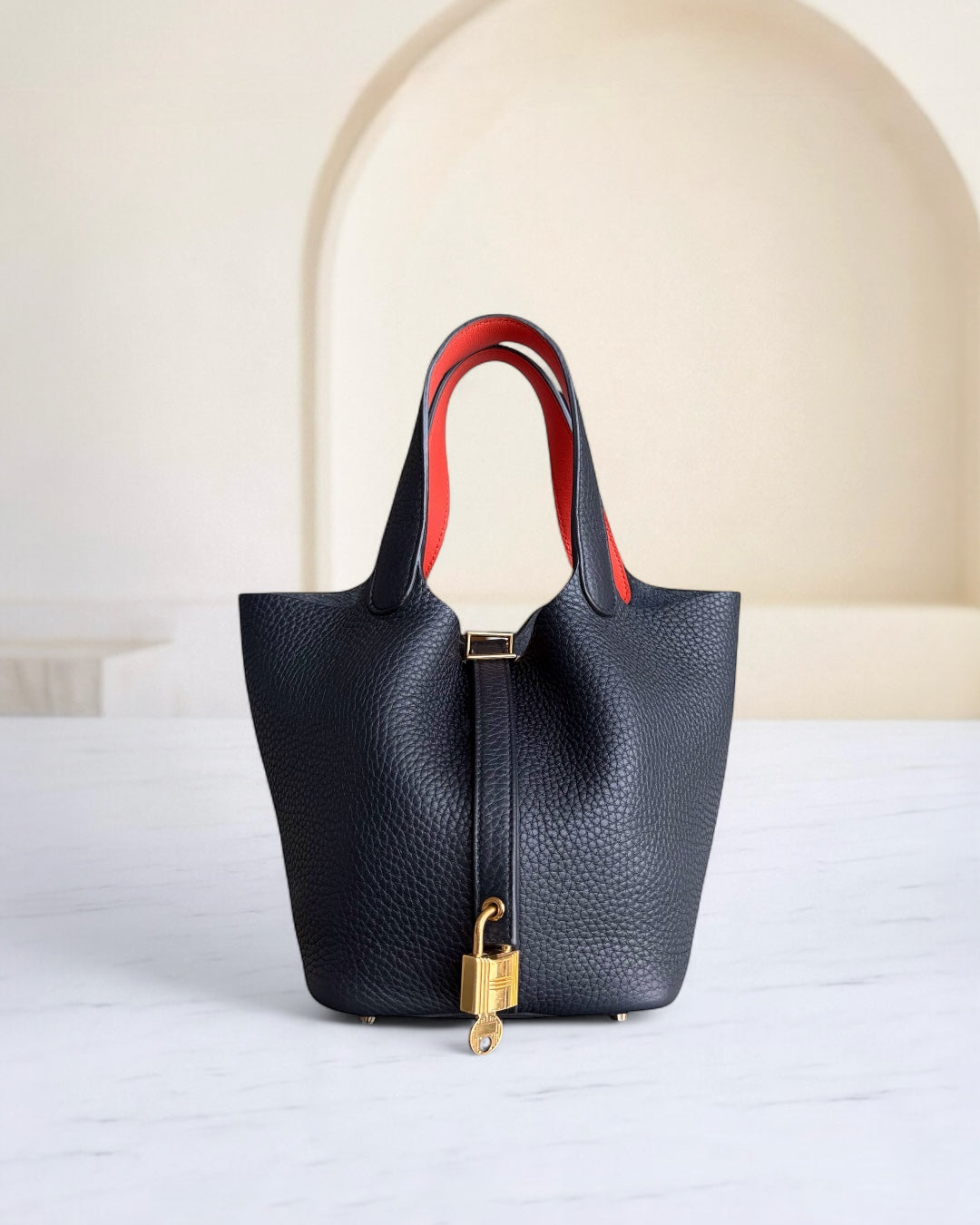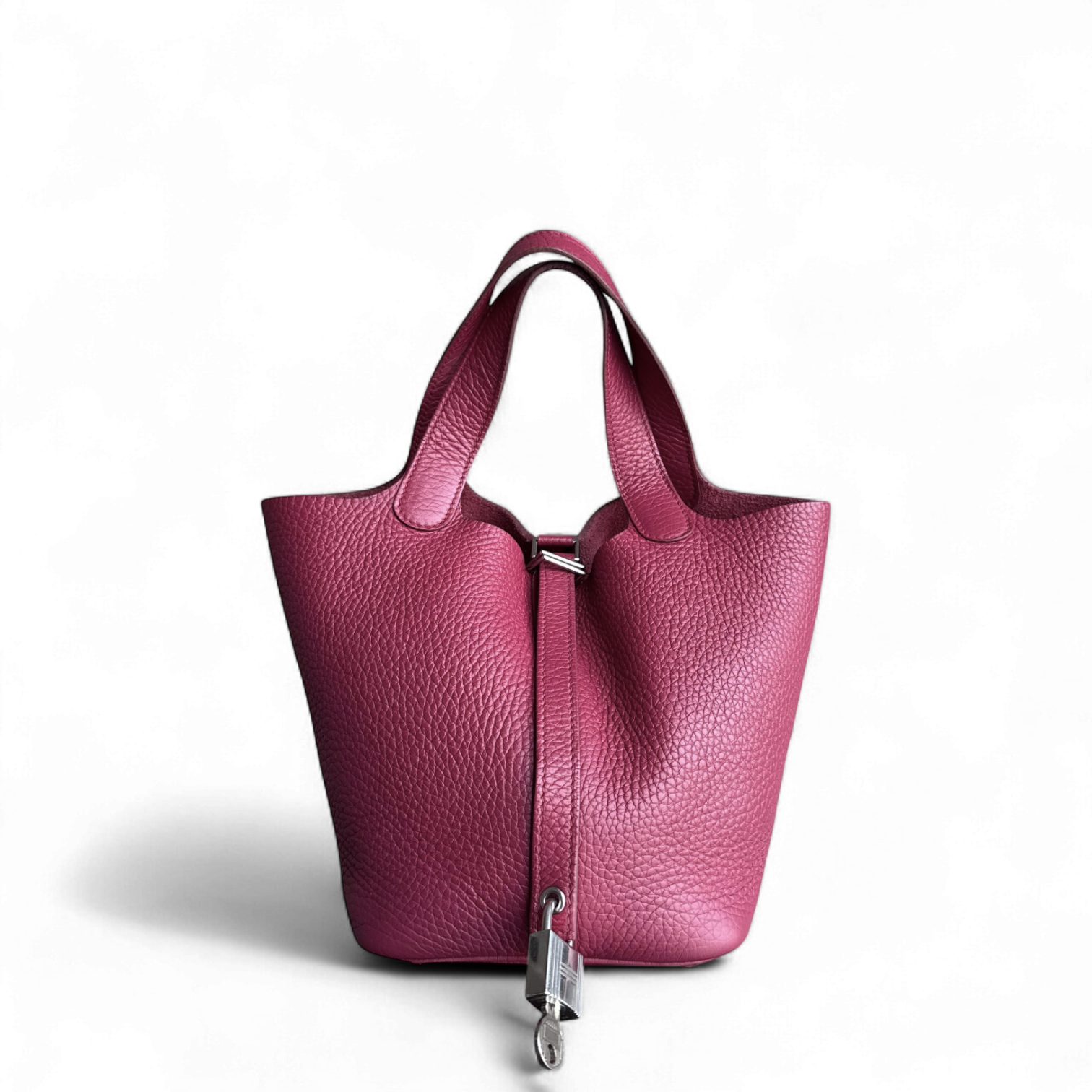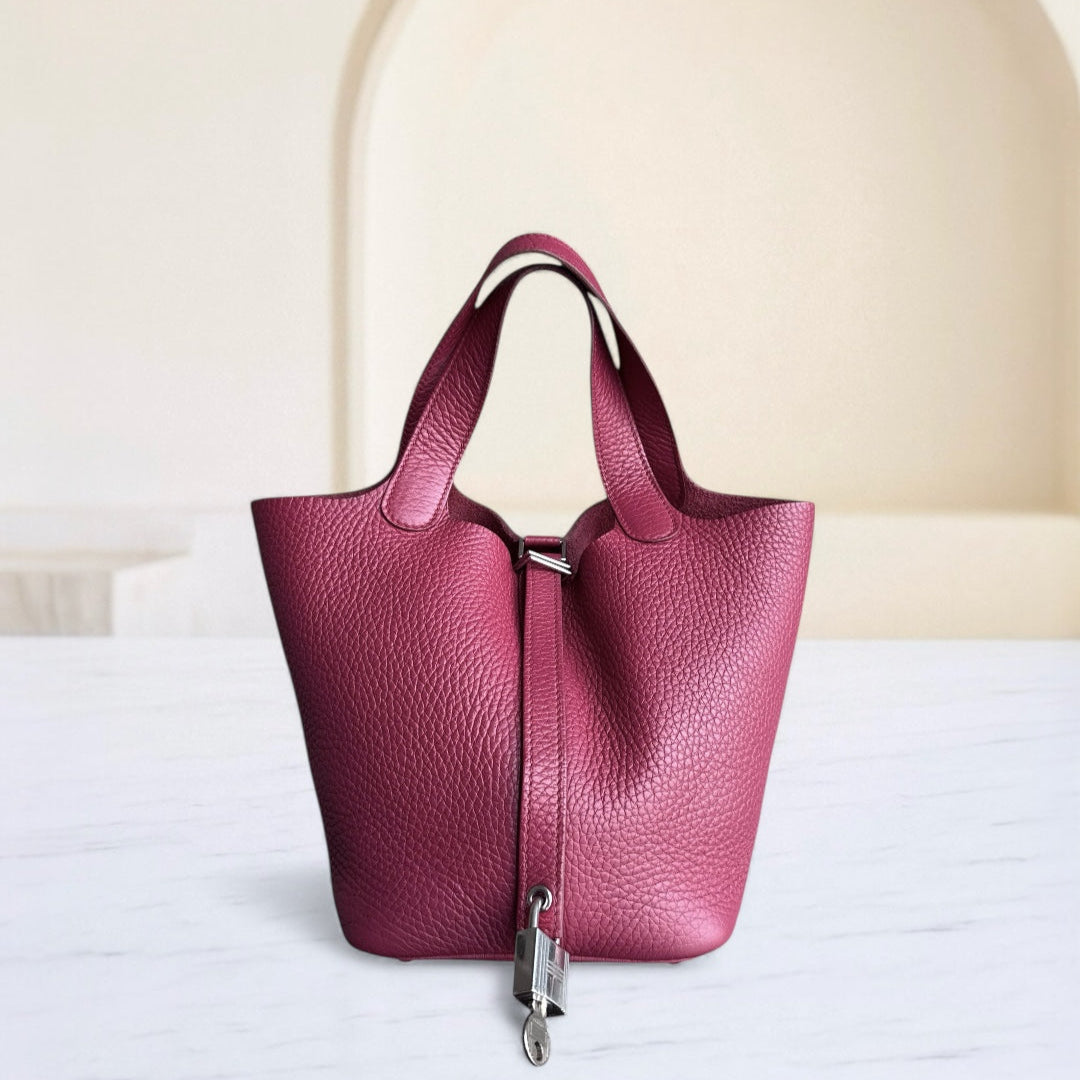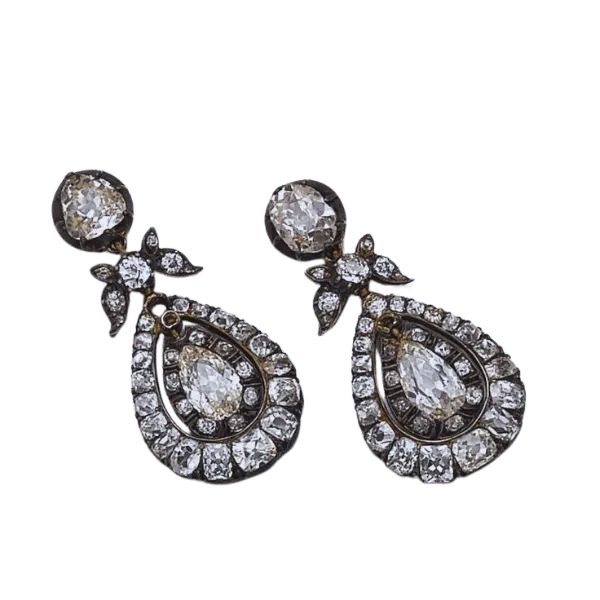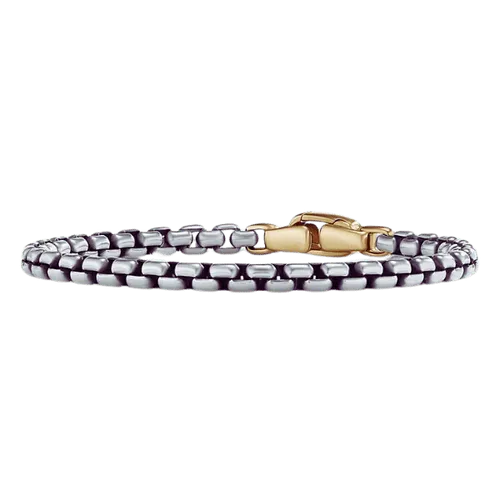Unlocking the Mystery: Discover the Average Carat Size for Your Diamond Engagement Ring
Picking a carat size is one of the most important factors to consider when buying a diamond engagement ring. For most people, this selection is a mixture of design, meaning, and price. However, what is the typical carat size of the engagement ring, and is there really a ‘standard’? This article should cover the topic in detail by looking at trends, carat-catching determinants, and details that will help you make the right decision. We will help you know whether your selection is in the same range as others and whether you are choosing a diamond that will fit your concept.
What is the Average Carat Size for an Engagement Ring?

As with many things, the average carat size of engagement rings is flexible and is subject to change based on personal tastes and location. For instance, in the US, the standard weight of an average center diamond is usually between 1.0 and 1.2 carats. In some regions, like Europe and Asia, the weight is quite exposed, with the standard being roughly 0.5 carats. It’s essential to point out that these figures are rough calculations and estimates, so to determine the best-suited carat size, turnkey factors like individual budget, desired style, and priorities should be taken into account.
Understanding Carat Weight and its Importance
Carat weight is one of the most essential elements that determines a diamond’s mass and value. For precision, diamond stones are measured by their weight, and 1 carat is equal to 200 milligrams. While the carat weight is an important factor, it is important to remember that the stone’s cut, quality, and shape largely influence how a stone is perceived in terms of its size and volume. Carat weight should be taken into consideration by buyers, as it allows them to properly assess the size of the stone they receive in comparison to the quality and price.
How to Determine the Average Carat Size for Engagement Rings
The average carat size of engagement rings can differ globally depending on regional economic conditions, cultural aspects, and social indicators. The average carat size in the US is 1.0-1.2 carats with respect to center stones. However, in the United Kingdom, average engagement ring sizes tend to be smaller, around 0.5 to 0.8.
These averages can be influenced by several determinants. For instance, the design can be minimalist and simple or detailed and complicated, which can influence the carat size. In contrast to the plain belief that a larger carat weight means a bigger diamond, people are now starting to prefer the cut in order to maximize the beauty instead of the size of the diamond. Budget may also play a key role, as it may differ significantly among individuals as forged diamond prices are on the rise.
A recent trend now includes the willingness to try either colored gemstones or lab-grown diamonds as alternative options. This drastically shifts the overall carat choices of individuals. In today's age, every day, more and more individuals are looking for customization where the aesthetics, cost, and ethical sourcing are in a perfect state. Analyzing all of these trends also adds value for the trade as they reasonably align the preference of the individual against that of the industry.
The Influence of Diamond Shape on Perceived Size
The geometric form of a diamond greatly determines the extent to which it will be perceived to be large. For instance, shapes such as oval, pear, and marquise diamonds tend to be laconic when it comes to their surface area which makes them appear larger than they actually. Also, round brilliant cuts, while not as long in width, do tend to reflect more light, making them visually more appealing. Emerald or cushion-shaped cuts will often give the illusion of being smaller because of their wider surfaces, which are more spread out than they are deep. While choosing one’s preferred diamond shape to go for, understanding each shape’s characteristics allows for greater optimization in terms of looks and size estimation.
How to Find the Right Carat Size for a Diamond Engagement Ring?

Factors to Consider When Choosing Carat Size
Budget
- When purchasing a diamond, remember that the cost is very much dependent on the carat size. It is important to set one’s budget clearly in order to be able to choose between diamond quality and size.
Finger Size and Ring Design
- A one-carat diamond on a petite finger may look exaggerated in comparison to other ring settings, which may enhance or reduce the size of the diamond visually.
Diamond Shape
- In terms of carat weight, some shapes, such as oval and marquise cuts, tend to be slightly larger in comparison to round and princess cuts, as they tend to give a longer look.
Overall Balance
- It is further essential to examine the rest of the design between the diamond size and ring band. The size of the carat must be proportionate with the design to be in good taste.
Lifestyle
- Diamonds that are larger in size are slightly more practical for those who are not very active. Ensure the size of the diamond is proportionate to one’s daily activities, as this will improve its durability and comfort.
Consulting with a Jeweler for Expert Advice
An experienced jeweler is indispensable while selecting a diamond because they offer vital advice according to your tastes and finances. They may elaborate on the 4 Cs, which are Cut, Color, Clarity, and Carat weight, and what role they play in determining the aesthetics and worth of a particular diamond. For instance, those diamonds that have been graded Excellent or Ideal in the cut grade can return up to 90 percent of the light falling on them, which translates into massive brilliance.
In addition, it is precise that jewelers utilize various modern equipment, including gemological microscopes or 3D imaging software, to inspect the inclusions and check the symmetry closely. Other diamond embedding aids, such as light performance analyses or spectroscopic imaging, show how well a diamond can scatter light. All of these are aimed at ensuring that you understand the quality and look of your choice.
Jewelers are likely to also have certification from ranking institutions such as the Gemological Institute of America (GIA) or the American Gem Society (AGS). It's important to note that each diamond has accompanying documentation that describes the diamond and its characteristics in detail, thereby ensuring a purchaser's satisfaction. This is facilitated further by talking to the jeweler about your lifestyle, what you like, and what you intend to achieve in the long term.
Balancing Carat Size and Budget Effectively
When attempting to optimize the carat and budget, decide what is most important for you. It could grab size, cut, or quality. Use a carat weight just under whole numbers or attractive numbers (0.9 instead of 1.0 carat) to retain the look with great savings. Concentrate on cut quality, which adds sparkle and makes slightly smaller diamonds appear bigger. Pay attention to clarity and color grades, which are harder to notice, such as SI1 or SI2 clarity, and G or H grades, which are nearer to colorless. Having a good jeweler on your side allows you to locate a diamond of your preference inside your ideal budget.
What Carat Size Should You Spend on an Engagement Ring?

Setting a Budget for Your Diamond Ring
Establishing a budget for your diamond ring entails finding an equilibrium between personal tastes and your finances. To begin with, first, come up with an amount that you feel comfortable spending. As this would be different for everyone, dismissing the preset ‘two-month salary’ benchmark will do just fine. Gather information on the prevailing market rates for diamonds based on the specifications you prefer, be it size, cut, color, or clarity. Cut quality should be given utmost importance as it plays the biggest role in determining value, hence for sparkle and perceived brilliance, it is best to have higher cut quality. This will ensure you communicate your budget effectively to the jeweler, who is capable of assisting you with adherent options while not compromising on quality.
Exploring Options: Lab-Grown Diamonds vs. Natural
If you’re in the market for either lab-grown or natural diamonds, it is crucial to delve deeper into their distinctions, benefits, and trends to make a sound decision. That is because both types of diamonds possess the same chemicals, physical and optical, the only differing factor being where they originated from, whether in a laboratory through sophisticated, cutting-edge engineering practices or naturally on the earth. There are two main processes through which lab-grown diamonds are produced: High Pressure, High Temperature, and Chemical Vapor Deposition.
One very prominent distinguishing feature between Natural diamonds and Lab-grown diamonds is the price, with lab-grown diamonds being considerably cheaper by 30-50%. The lab-grown diamonds' price difference stems from faster production and a streamlined supply chain. In essence, lab-grown diamonds are also more sustainable, as traditional diamond mining practices cause environmental disruption, deforestation, and exploitation of labor.
Natural diamonds, on the other hand, have an unequivocal charm owing to their age and scarcity. They can be called historical and emotional treasures since they were created due to extreme pressures and temperatures a few billion years back, down the earth's crust. They are regarded as a form of investment because they retain their worth in the world of luxury. Reports from data by various industry analysts show that even with the growing appeal of laboratory alternatives, the natural diamond industry has not waned in sales.
In the case of considering both options, the compelling ones would be budget, environmental concerns, and emotion. For people who are more concerned with cost and prefer purchasing environmentally friendly commodities, lab-grown diamonds are the best purchase option. As a result, it's no surprise that those valuing the fabulosity of diamonds in terms of scarcity, upholding historical lineage, or anticipating long-term investment benefits enjoy natural diamonds the most.
Both options can be astonishingly beautiful and remarkable, but it's best to deal only with trusted suppliers who offer diamonds with certification, stating that the suppliers are transparent with the stones’ details. This way, you are guaranteed that your selection was both responsible and of a high standard.
Maximizing Value: Getting the Best Diamond for Your Money
When it comes to choosing the right diamond that suits my budget, I study the 4Cs which are cut, clarity, color, and carat weight of the diamond to determine its value. I focus mostly on the diamond's cut angle as it would optimize its brilliance, and at times, I wouldn't mind settling for a lower grade in the clarity or color to manage the price of the diamond. Furthermore, I ensure that the diamond I am being sold is from a reputable jeweler and is genuine by checking if there exists any credible documentation for its proof. This way, I’m able to keep myself well informed with the proper approach while remaining within my price.
Is a One Carat Diamond the Best Choice?

Pros and Cons of a 1-Carat Diamond
Pros of 1 Carat Diamond:
- Suitable Size: A 1.00-carat diamond is great due to its relatively moderate size. It is distinctly visible but not large enough to be uncomfortable to wear.
- Tradition: The weight is frequently correlated with monumental dates and is a timeless standard weight for engagement rings and higher-quality jewelry.
- Common Availability: One carat weight diamonds come in a range of cuts, quality, and settings, so they are relatively common weights, which makes them easy to be within a price range.
- Retained Value: The 1-carat category has a relatively high retention percentage on value since it's within the norm of weights people commonly want.
- Shape & Setting: The size allows for a greater degree of freedom when in terms of shapes and design to create a more personalized look for the wearer.
Cons of 1 Carat Diamond:
- Increased Price: 1-carat diamonds can sell for higher than other smaller diamonds, which might have a similar look due to the increase in demand.
- Potential for Overlooking Other Considerations: it is possible, and indeed buyers could end up doing this, that by concentrating on the 1-carat weight, they might ignore other equally important parameters such as the cut, the clarity, or the color of the diamond, which will most significantly define its beauty and value.
- Standardization Perception: Whereas its marketing can be an advantage, it can also be a disadvantage, with the selection of 1-carat diamonds being designed to be more common than other sizes.
- May Not Look as Great: When thinking of a standard diamond, say a 1-carat weight diamond, cut in various shapes, such a design may not seem too pleasing. For example, an oval or a marquise cut may look bigger than round diamonds of the same carat weight.
- Limitations for Best Ideal: For a 1 carat diamond, if the budget is not flexible then reaching the optimum mixture of all 4 C's of diamonds may take some sacrifice, preferably within the color or the clarity metrics.
As such, when scrutinizing these advantages and disadvantages as well as personal choices and limits related to finances with a diamond 1-carat size, it will be easier for me to make a decision whether or not this is the Henry.
Alternatives to a One-carat Diamond
Alternatives to a one-carat diamond are definitively available by incorporating some creativity, allowing for a cost-effective yet visually pleasing solution. Given below are a few alternatives that could do the work.
- Under One Carat By A Few Points: Instead of choosing a one-carat diamond, a diamond weighing 0.90 or 0.95 would do the work as well and for a significantly lower price. While the accessibility and settings of a diamond differ, these do visually appear quite like the one-carat diamond, which is why there is a reason 20 % below the one-carat pricing structure.
- Cluster And Halo Settings: A diamond weighing below one carat can still seem bigger than it is, A .75 carat for instance would appear like a one carat diamond with the right setting such as a halo along with smaller diamonds. This would change the perceived carat but still remain within a reasonable price.
- Buy Non-Round Cut Diamonds Rather Than Round Dijon’s: The debate has always been surrounding why to go with nonround cut diamonds instead of traditional round ones. To settle the age-old debate, apart from nonrounds being easier to tell apart, they have a larger surface area, which means visually they put in a blue contrast, but in reality, there is no visual change.
- Colored Example: Replacing or augmenting the traditional diamond ring with a colored gemstone like rubies, sapphires, or emeralds can be both economical and add flair to the style. There are many gemstones that could be considered reasonably durable for everyday use and decorative items like jewelry.
- Lab-Grown Example: Even though lab-grown diamonds have an identical and organic core composition of a diamond, they are a fraction of their price. This gives the customers the opportunity to purchase a bigger or more expensive diamond while following their budget limitations. Lab-grown diamonds have become a great substitute since they have been trending lately due to technological advancements.
- Vintage Example: The primary appeal of buying a vintage or antique engagement band is that it is a truly one-of-a-kind work of art that has laboriously detailed accents. Some of these items incorporate rotatable diamond rings but are lower in price because they are more about the overall design.
When trying to understand the alternatives, it is important to take into account not just the price but also such things as the durability of the item, universal design, if it’s ethically made or not, and design preferences such as color. This way, the buyers can understand the vast number of alternatives present to the one-carat diamond.
How Does Diamond Shape Affect the Size of an Engagement Ring?

Popular Diamond Shapes and Their Impact on Looks
The cut of the diamond is integral to the ring’s size and presentation. Listed below are some of the most common shapes, along with an analysis of their effects on the sizing of engagement bands.
- Round: Round-cut diamonds are certainly captivating, and the round shape is famed for its cut; however, because it is cut deep, it is also smaller, considering the rest of the cuts bear the same weight.
- Oval: Looking similar to an oval shape, oval diamonds appear a tad larger than a round-cut diamond of the same carat weight. Plus, they tend to shift the appearance of their digits to make them look thinner.
- Princess: The maxi cut alongside a princess diamond cut allows for weight retention on the uppermost portion; therefore, it makes the diamond appear to be bigger. However, its position with respect to the cut makes it smaller than the oval and round cuts.
- Emerald: In contrast to the oval and round cuts, this cut comes in a rectangular shape and a step cut, which emphasizes brilliance over clarity for an impressive combination. Due to their design, it makes them appear larger than the other two cuts as they lack brightness, allowing for an easier display.
- Marquise: This design has an elongated appearance which, coupled with a higher radius, increases the overall appearance of the ring.
I believe that the perfect shape of a diamond would be determined by an individual preference and the weight a little bit over style alongside brilliance. Every shape has its distinct attributes that augment the general look of the engagement ring.
Choosing the Right Diamond Shape for Maximum Impact
In Order to make the best decision, it is important to comprehend how particular cuts can affect the size, beauty, and general appearance of the diamond. Based on the latest information on consumer behavior and expert counsel, here are things to consider concerning each shape:
- Round: The shape of the brilliant diamond is still ruling the market since 60% or more of diamond sales are centered around it. It ensures that the diamond’s sparkle remains over the top because of the 58 facets that give it its specific shape. It might be slightly expensive because of the cutting, but with these diamonds, it is well worth the investment, and they don’t go out of style.
- Oval: While oval diamonds are not the top choice amongst many, with the right setting, they can actually shimmer quite stunningly. These diamonds have the advantage of being inexpensive, which drives a lot of buyers into the fold. Many tend to pick them because they are elongated and look bigger than a round diamond of the same weight.
- Cushion: Vintage-style diamonds often get out of style, but the soft edges of cushion diamond cuts allow them to get a lot of appeal, which differentiates them from the clutter. However, they are widely available in two styles. Market analyses indicate that these diamonds are in demand as they have a unique design and they’ve been able to grow in market popularity due to their practical uses.
- Emerald: This step-cut is revered for its subtle elegance and its capacity to draw attention to clarity rather than sparkle. A diamond that has an emerald cut usually has 57 facets, which in turn produce a distinct shape ‘hall of mirrors’ effect. Because of the larger exposed area, they tend to seem larger than round diamonds of equivalent carat weight by 5-15%.
- Marquise: Marquise diamonds are long and boat-shaped in form, which makes them enthralling to the eye. They are cut in a manner that ensures maximum carat weight is achieved with the length, creating an illusion of a larger diamond. They also make the wearer’s fingers look longer and hence are favored for iconic pieces.
- Pear: Pear diamonds are a cross between a round and a marquise diamond, and they sparkle. They have a preferential effect on the fingers thanks to the teardrop shape. The pointed tip needs fusion with a strategic setting for an adequate amount of strength.
All these diamond shapes differ in how much rough material they consume, the effect they render to the optical and the effect on the price. Individual preference, lifestyle, and budget should be the deciding factor. Finally, it is because of such details that prospective buyers are able to narrow down on a diamond that suits them the best to achieve the effect they want.
Frequently Asked Questions (FAQs)
Q: How much does an engagement ring weigh in terms of its size in carats?
A: On average, the customary engagement ring in the U.S. weighs approximately one carat. However, it has to be borne in mind how such a national mean level can be greatly influenced by a number of factors, which include region, economy, and personal choice. While some couples go for bigger wedding stones, others choose a small stone of a very good diamond grade, or a lesser or even a combination of stones, but most likely a lesser carat.
Q: I am looking to purchase a diamond; what is the best option out there, considering my budget constraints?
A: In order to get the most out of your purchase for a diamond, depending on the cost you are allocating, keep in mind that Pay special attention to cut quality as that plays a primary role in regards to the diamonds’ shine. Set the carat weight at just below a round figure (for example, 0.9 instead of 1.00) since this may save you money. Look for lower color and clarity graders who don’t actually seem dirty or clouded when looked at without a microscope. Price shop and seek possible online options. Last but not least, spend some time with a professional diamond dealer to learn how you are taking the right step.
Q: What factors affect the apparent size of a diamond stone set in an engagement ring?
A: There are several aspects that can make the diamond either look bigger or smaller when set in an engagement ring: 1. Cut quality: The better the cut, the more light reflects off the diamond and the larger it appears. 2. Shape: Some shapes, such as the oval or marquise, can appear to be larger than a round diamond of the same carat weight. 3. Setting style: Certain settings, such as a halo or bezel, increase the size of the center stone’s appearance. 4. Metal color: The use of white metals can help the diamonds to apparently enlarge by fusing with the color of the stone’s body. 5. Finger size: A stone that looks big on some fingers may not be that large on other fingers.
Q: Does a higher carat size signify better quality for the engagement ring?
A: This is not always the case. While it can be eye-catching, having a high carat size on the diamond does not mean that an engagement ring should have one. Other factors that should be noted are the cut, color, and clarity of the engagement ring diamond as they after its value. A smaller diamond of better quality with more brilliance may capture attention more efficiently than a larger carat size, which does have poor cuts and lots of bubbles. To eliminate any conflict, always outweigh the two factors to get the most suitable option for your taste and money.
Q: In different ranges of budget, what is the average diamond carat weight for an engagement ring?
A: Based on the amount of money spent, the carat weight of a diamond can differ greatly consequently. As a rough guide, here’s a general break down: $1,000 – $5,000: 0.3 pebbers to 0.8 pebbles $5,000 – $10,000: 0.8 granules to 1.2 granules $10,000 – $20,000: 1.2 grams to 1.8 grams $20,000 or more: a lot more than 1.8 grams Keep in mind that all these figures are rough uppers, and real figures may differ depending on ring size and other factors.
Q: What is the role of a diamond cut in the value and aesthetics of an engagement ring?
A: There are many ways that a diamond cut can affect the stone(s) in terms of its value, for instance, determining the fire, brilliance, and appearance of a diamond. With the right cutting, a diamond will return light through the top from its bottom, hence appearing to sparkle the most. This enhancement can indeed render a diamond more expensive, as it may give the illusion of a larger and more vibrant gemstone. Regardless of the carat cut, a poor cut may not have a fiery appearance and may look dull. In most cases, it’s better to focus on the quality of the cut instead of simply looking for a diamond ring with more carats, as the appearance is often more impressive.
Q: Are there options that are not diamond engagement rings, which, however, do not compromise value?
A: 1. The first that I would mention would probably be the biggest game changer in the industry, the man-made diamonds.2. In these past years, due to its rare crystal form, Moissanite has been sought heavily due to its extreme brilliance, and it is close to as hard as a diamond.3. The second option would be colored gemstones. Sapphires, rubies, or emeralds are among the common gems used for such settings.4. Vintage rings or antique rings are also a good option, as they are said to have a better value than their cost would suggest.5. Some rings are even designed with unorthodox cuts and shapes, where better value is achieved at a different ratio to carat weight. These options would theoretically allow you to have some form of the diamond while maintaining a better stone or a more detailed design than what previously was the case.
Reference Sources
1. Rings of Celebrities that Make Heads Turn(PHOTOS); Britney Spears 3.5-carat engagement ring
- Author: Bill Jacobsen
- Publication Date: 2012-05-14
- Summary: This paper examines the engagement rings of celebrities and, in particular, the engagement ring owned by Britney Spears, which weighs 3.5 carats. It talks about the engagement rings of the mass media culture and how those trends have emerged.
- Methodology: The paper seems to be a visual and cultural descriptive analysis of the trends without any empirical research whatsoever.
2. Pricing Anomalies in the Market for Diamonds: Evidence of Conformist Behavior Outliers
- Authors: F. Scott, Aaron Yelowitz
- Publication Date: 2010-03-29
- Summary: In this study, the authors examine the perceptions of consumer responses in the diamond market where, for instance, buyers of half-a-carat or one-carat stones pay a premium for those specific items. It notes the effects of conformist-type behavior in these purchasing decisions.
- Methodology: The authors collected data on prices and attributes from large online vendors and conducted an analysis of the diamond’s price depending upon the size of the diamond purchased on the internet.
3. An Analysis of Consumers’ Attitudes about Artificial Diamonds and Artificial Love
- Author: Elizabeth Purinton
- Publication Date: 2012-10-01
- Summary: This paper also discusses consumers’ views on artificial diamonds vs. natural diamonds and engagement rings and, more importantly, how these views affect diamonds’ role in relationships. It also addresses the role of diamonds in romantic relationships.
- Methodology: The sample selected for this study was employed in qualitative consumer surveys to gauge consumer behavior.
5. Diamond
6. Carat (mass)
Contact Luxury Evermore should you need help with acquiring or building up your collection. There is a variety of brands with different styles, as well as sizes, and colors, for example, Hermes, Chanel, lv and Dior. If you are not lucky enough to find the bag you are looking for on our website then our concierge team will probably be able to order it for you. We provide 100% authenticity guarantee for all our bags, and any item sold on this site will be dispatched to you within one to two business days upon receipt of the payment.
